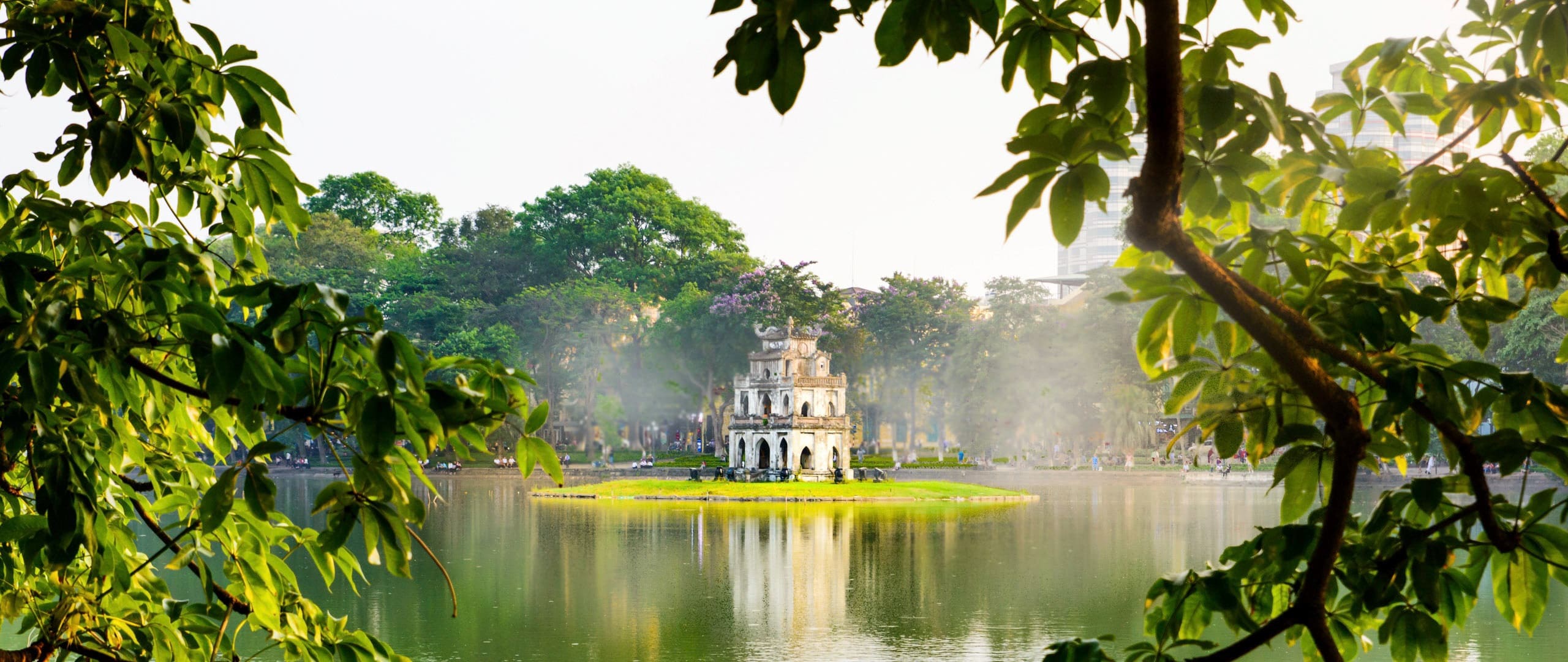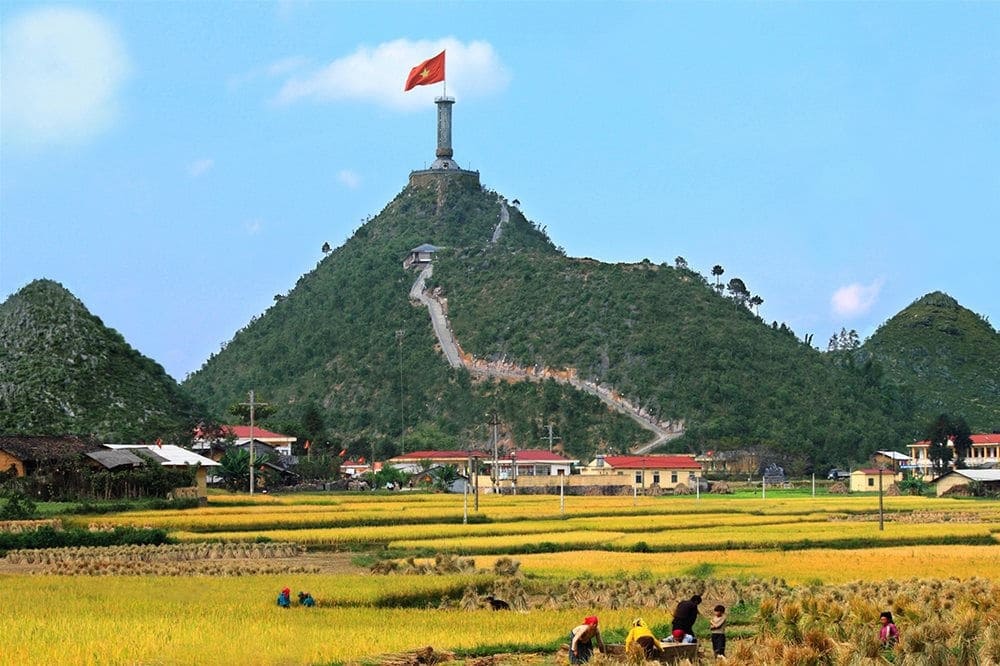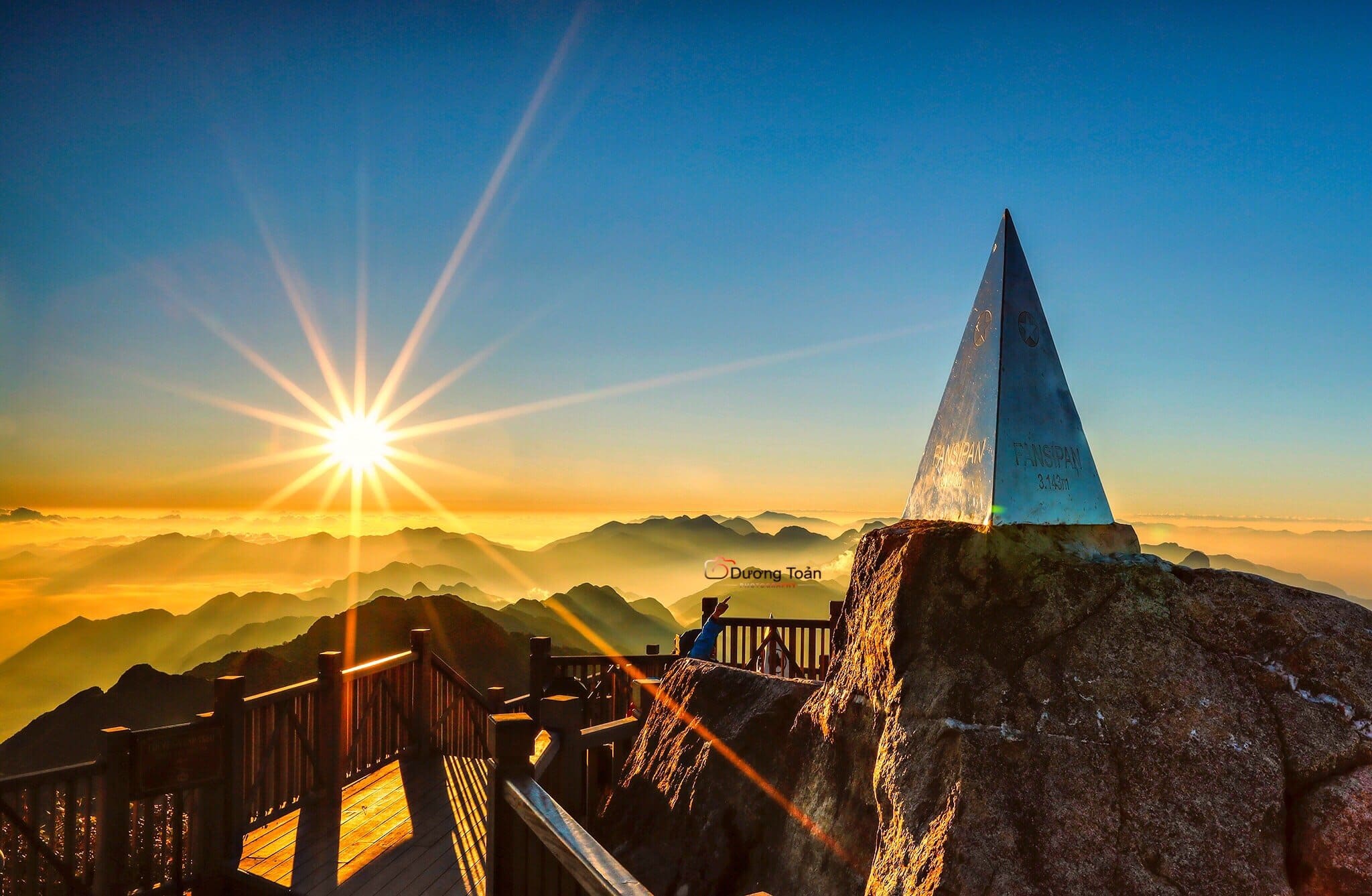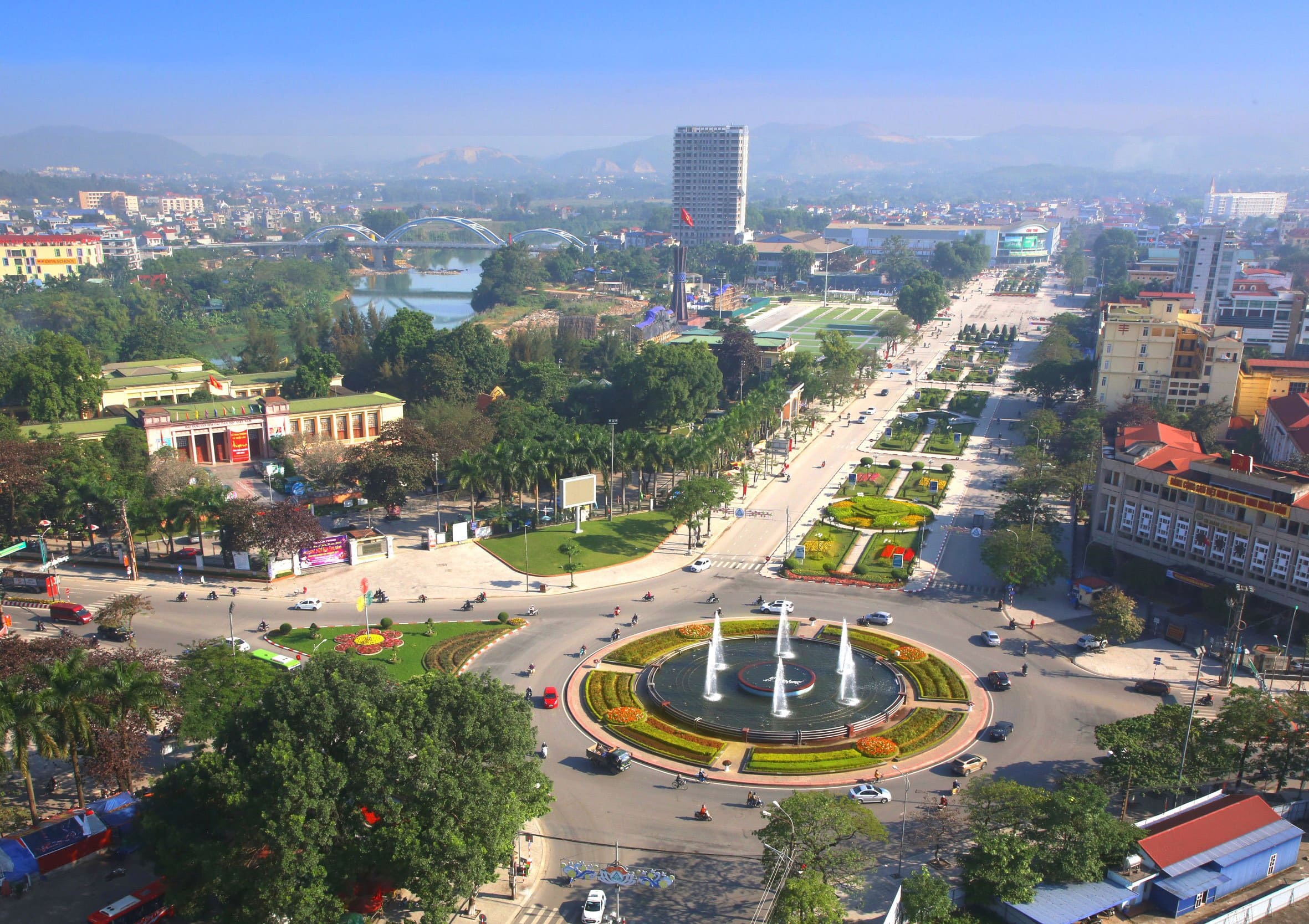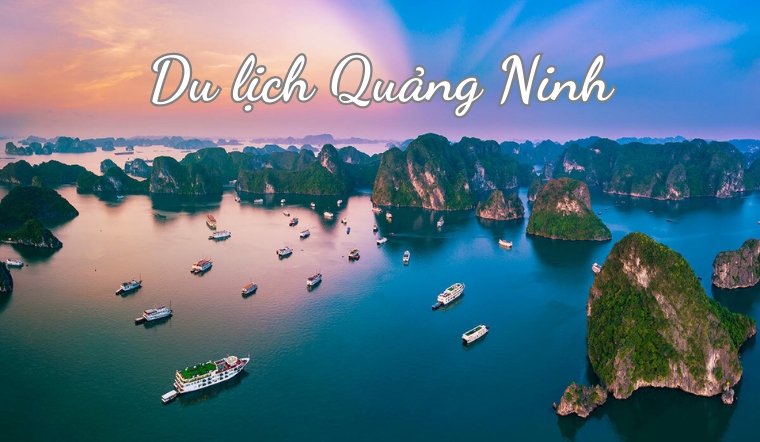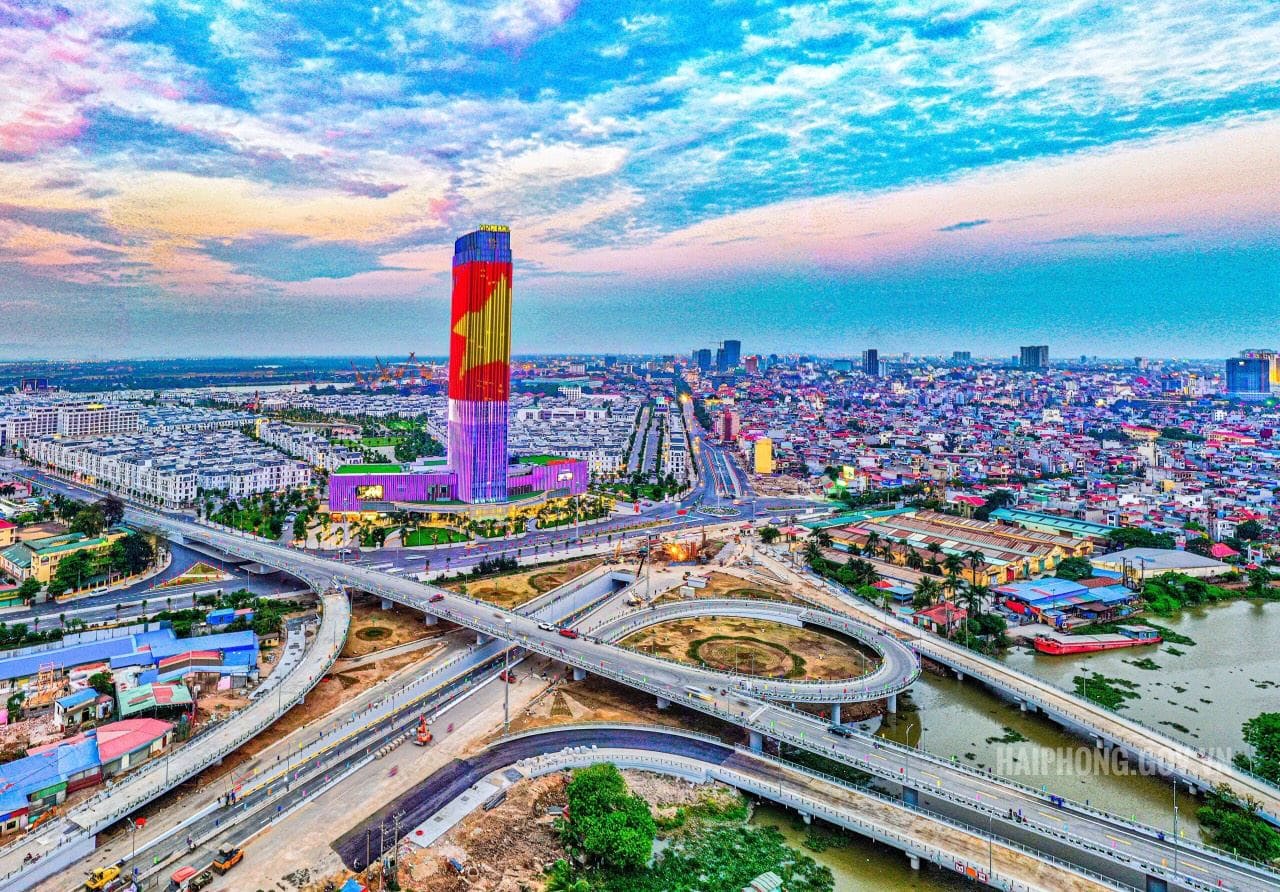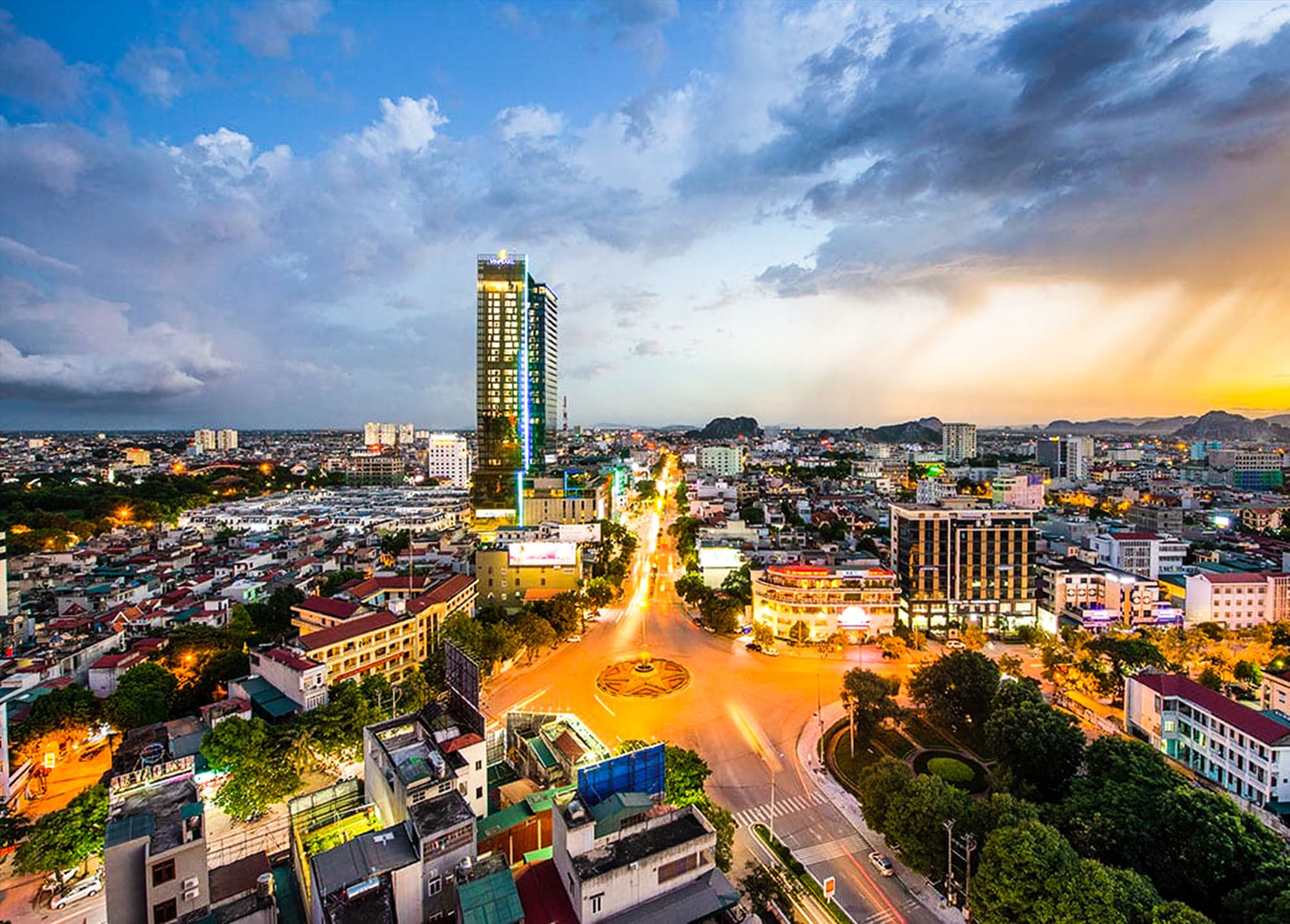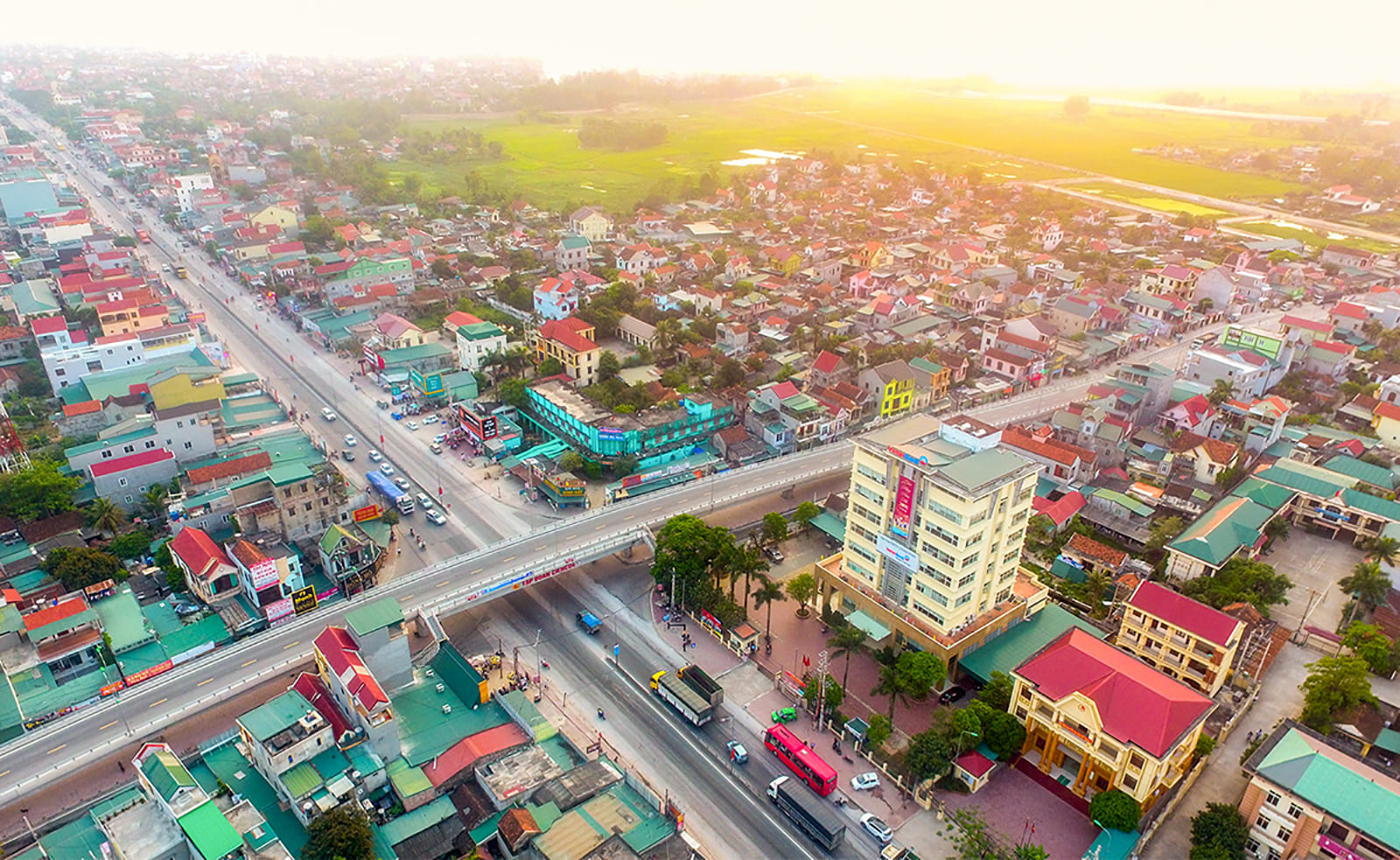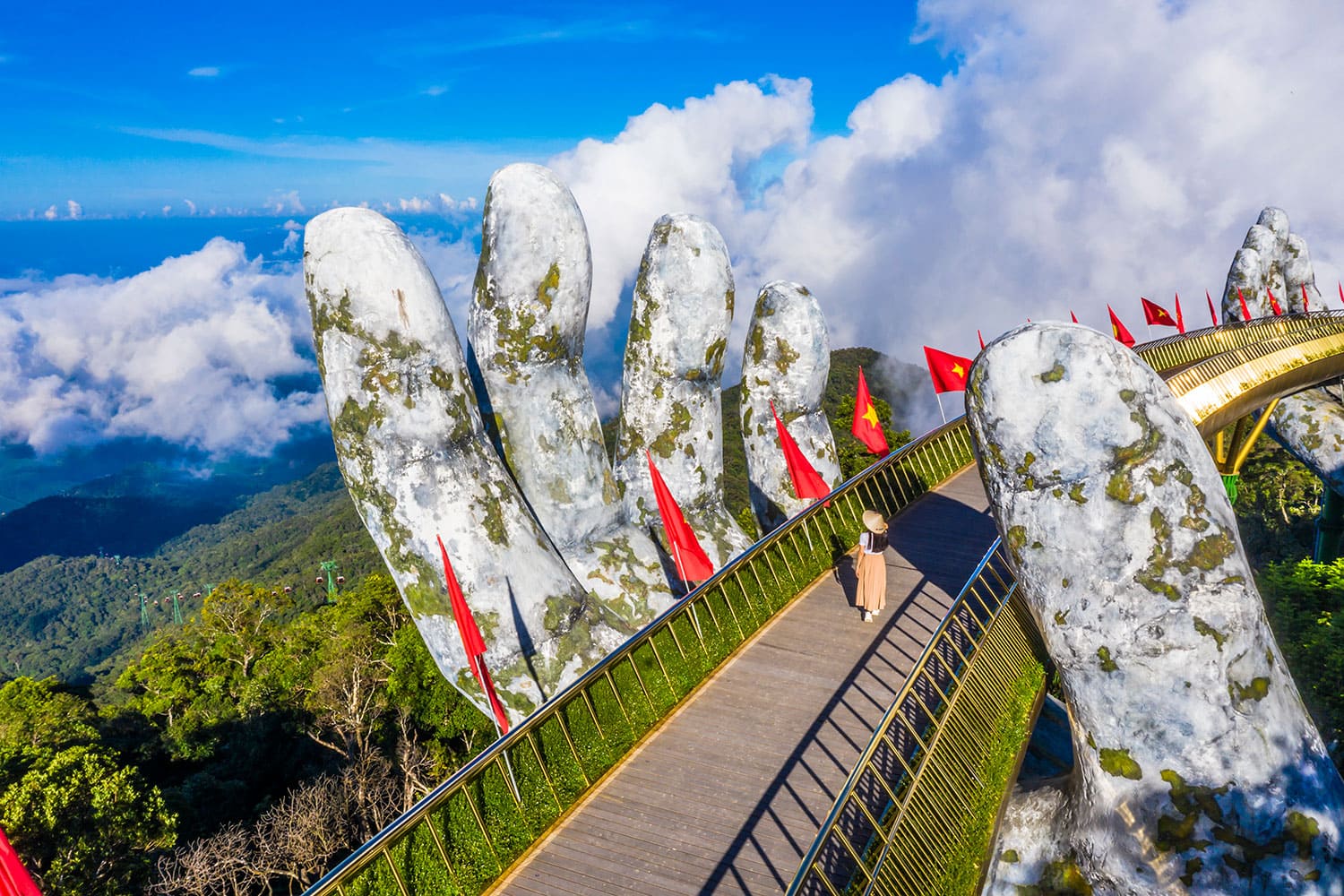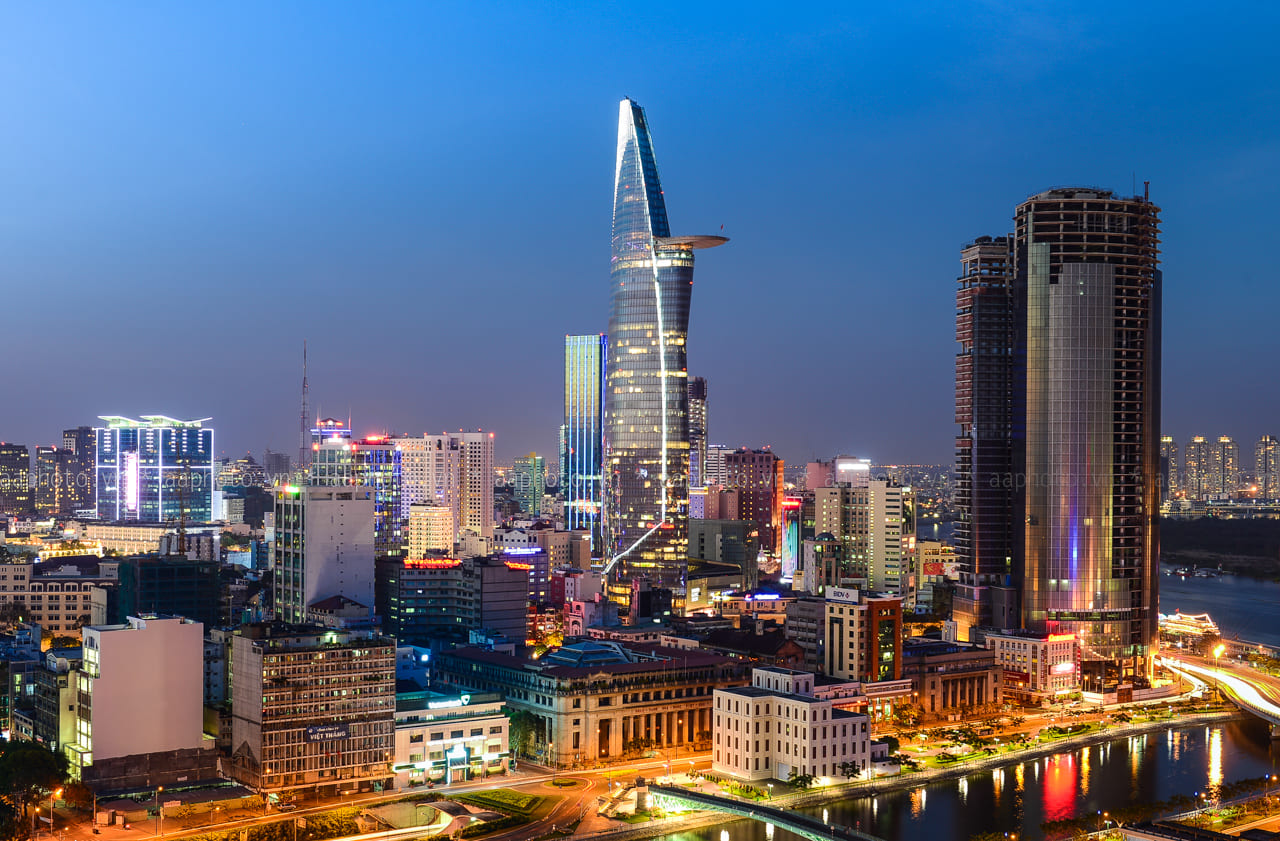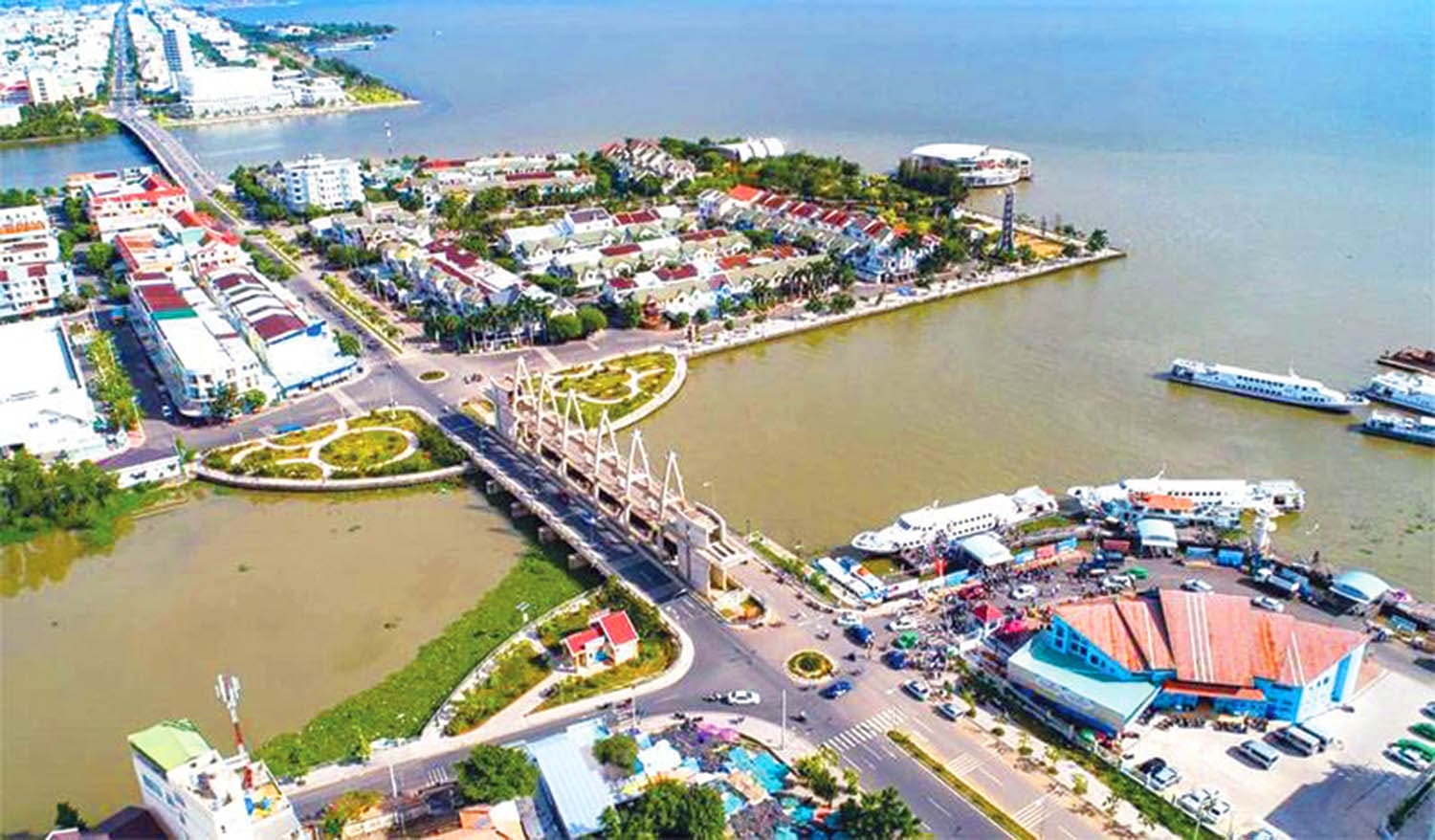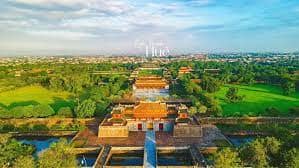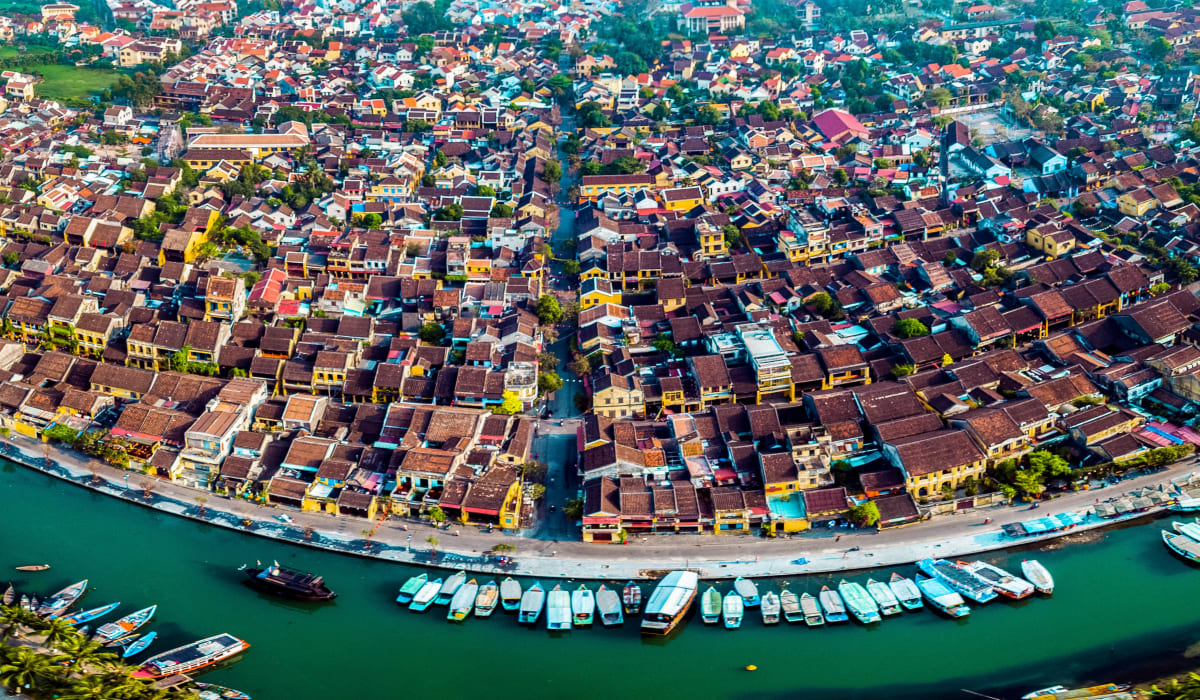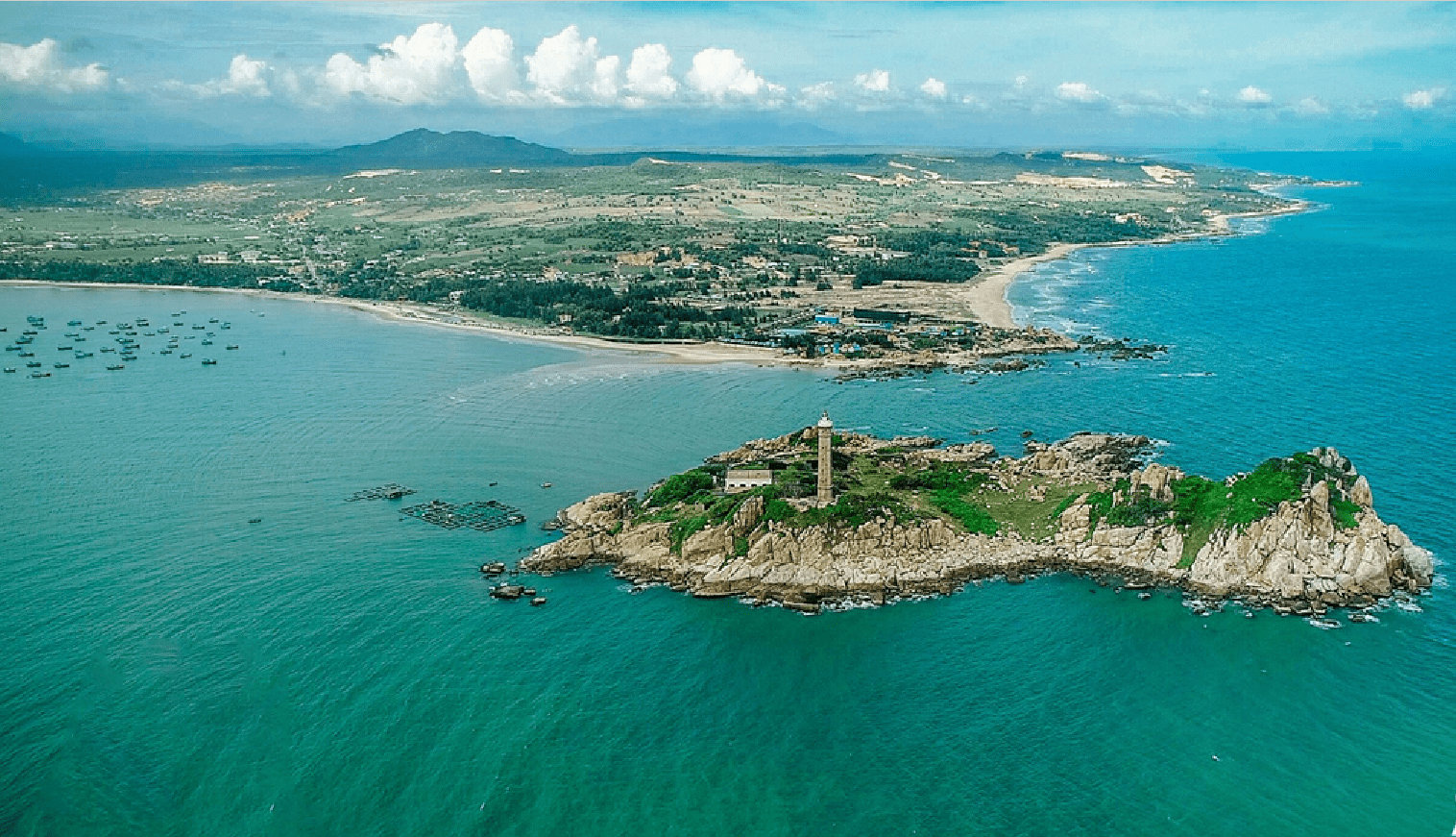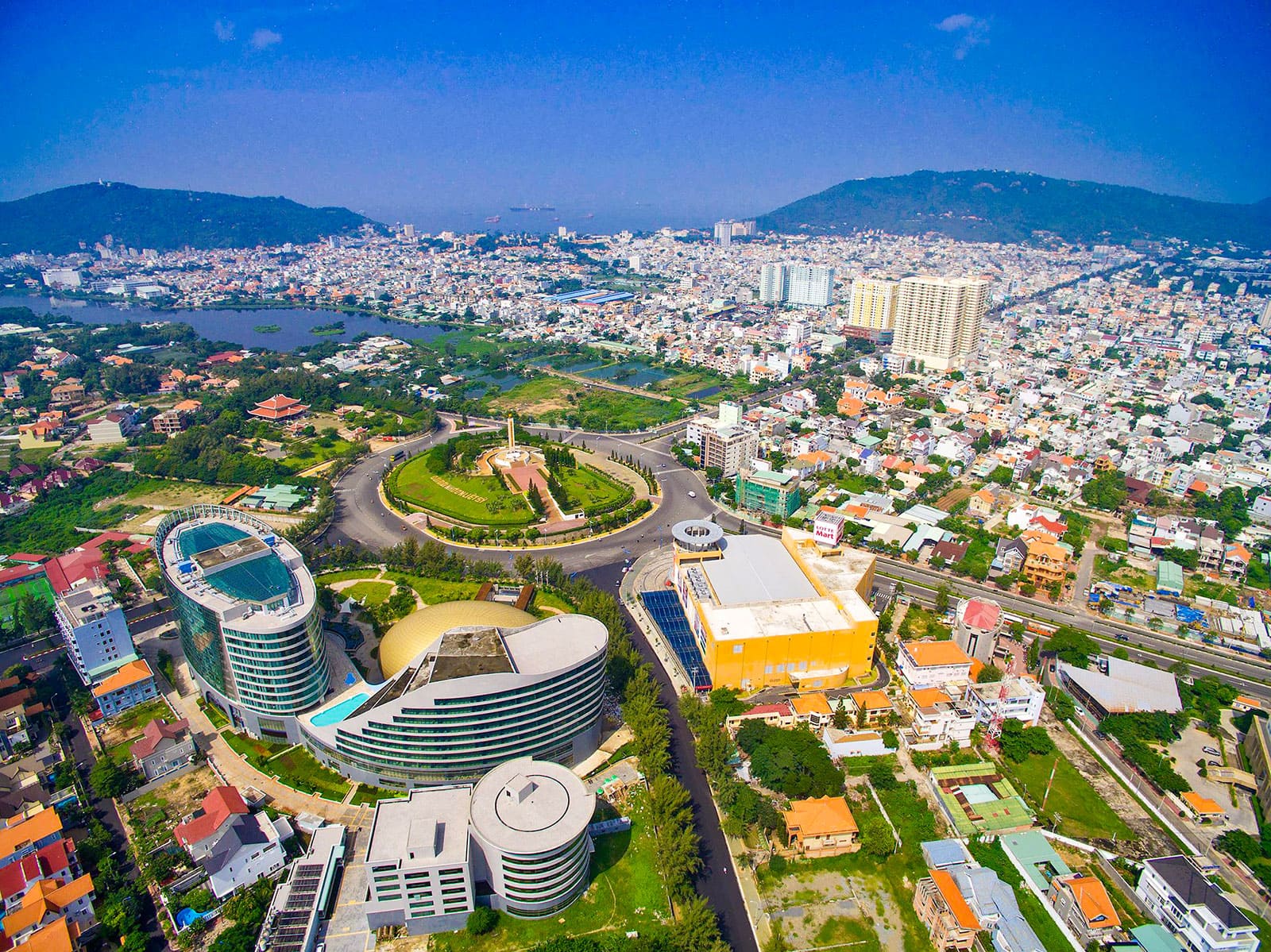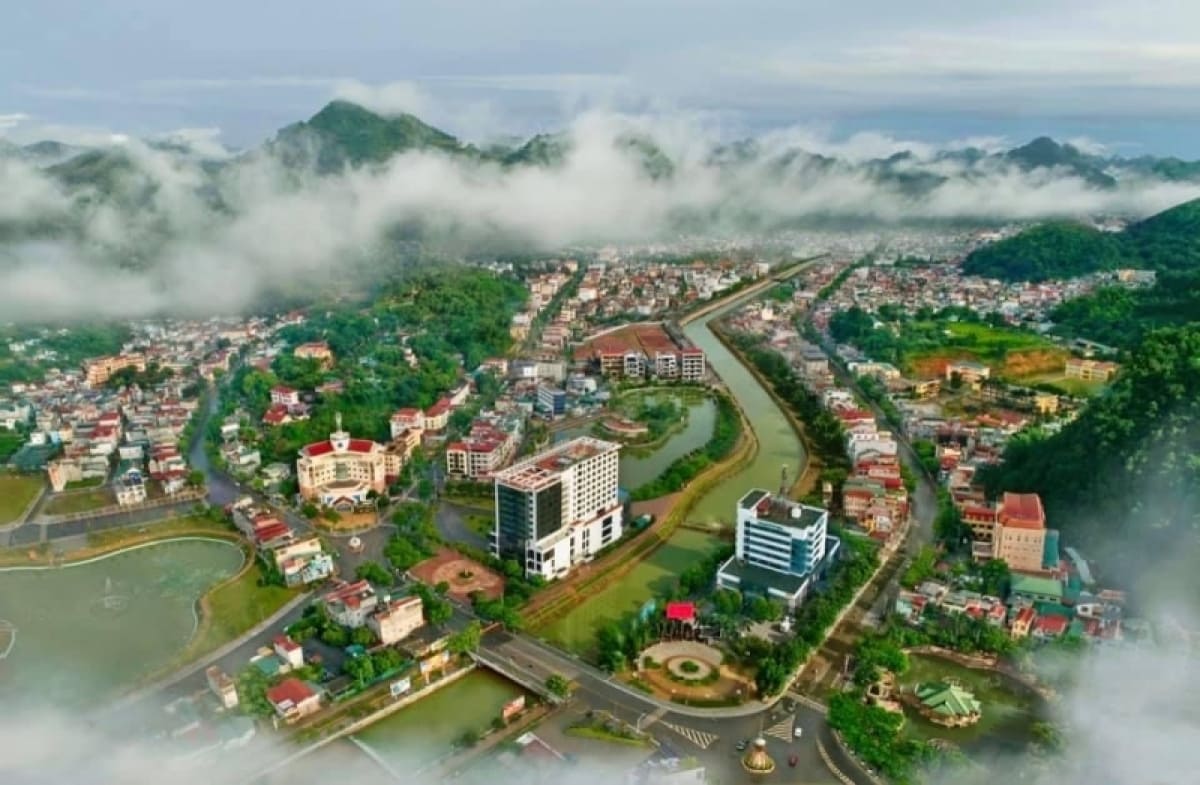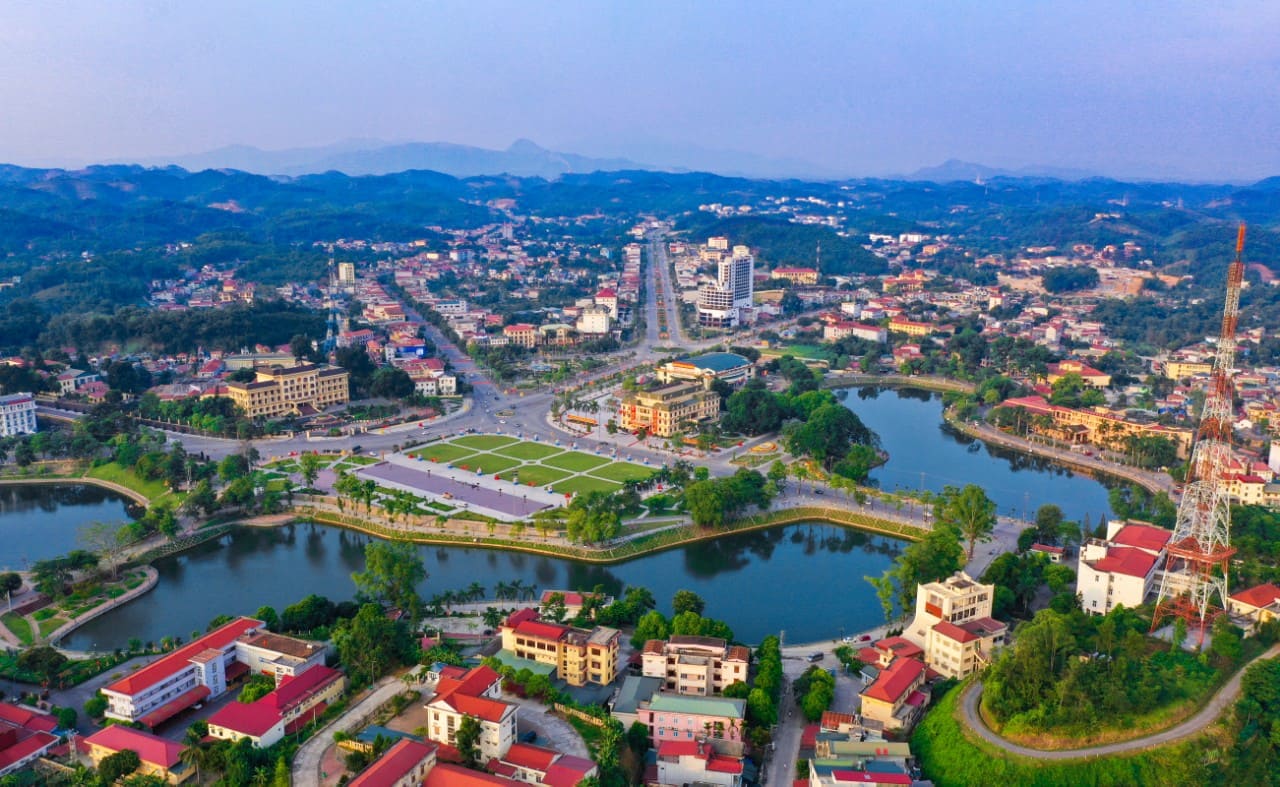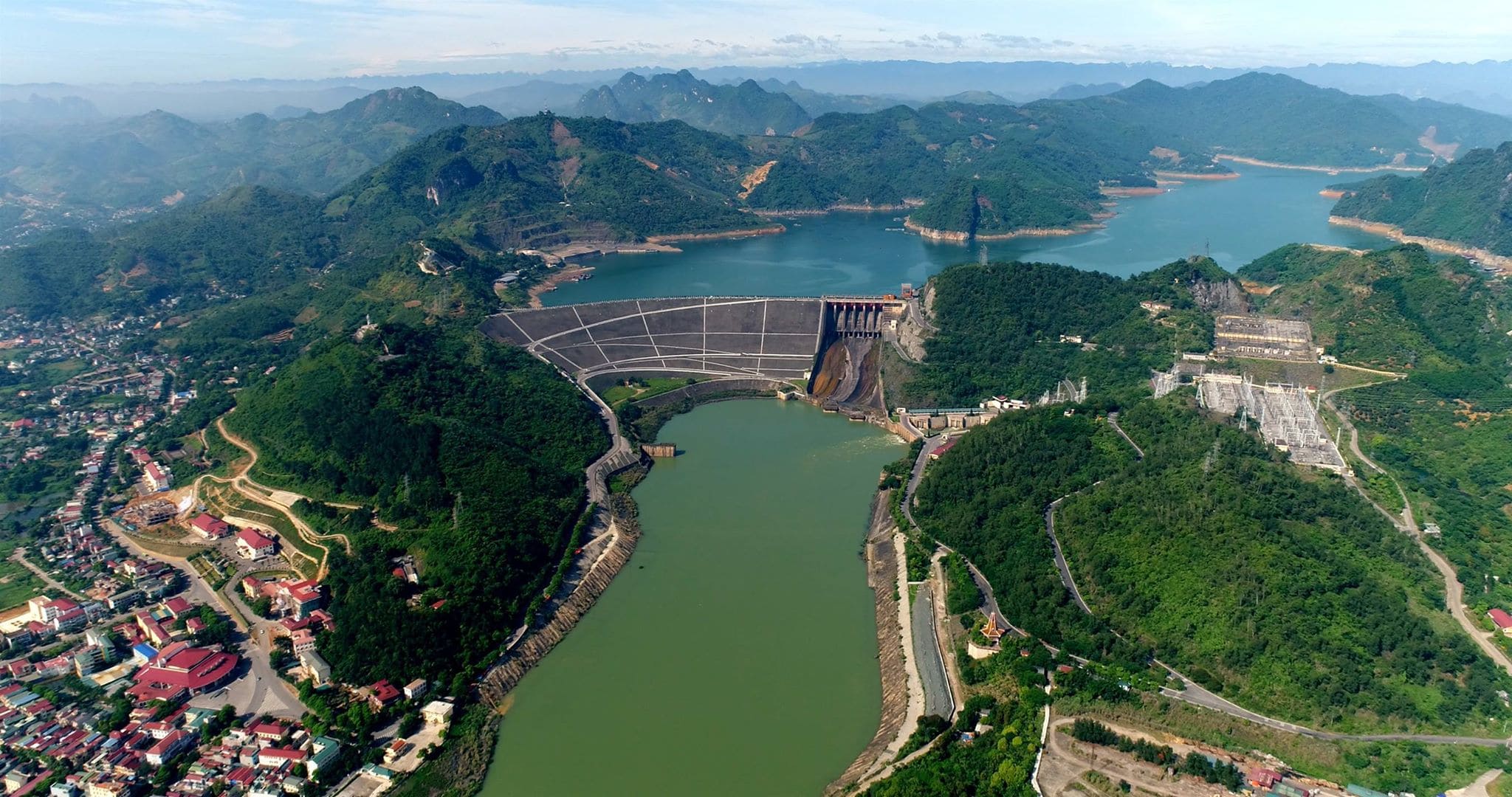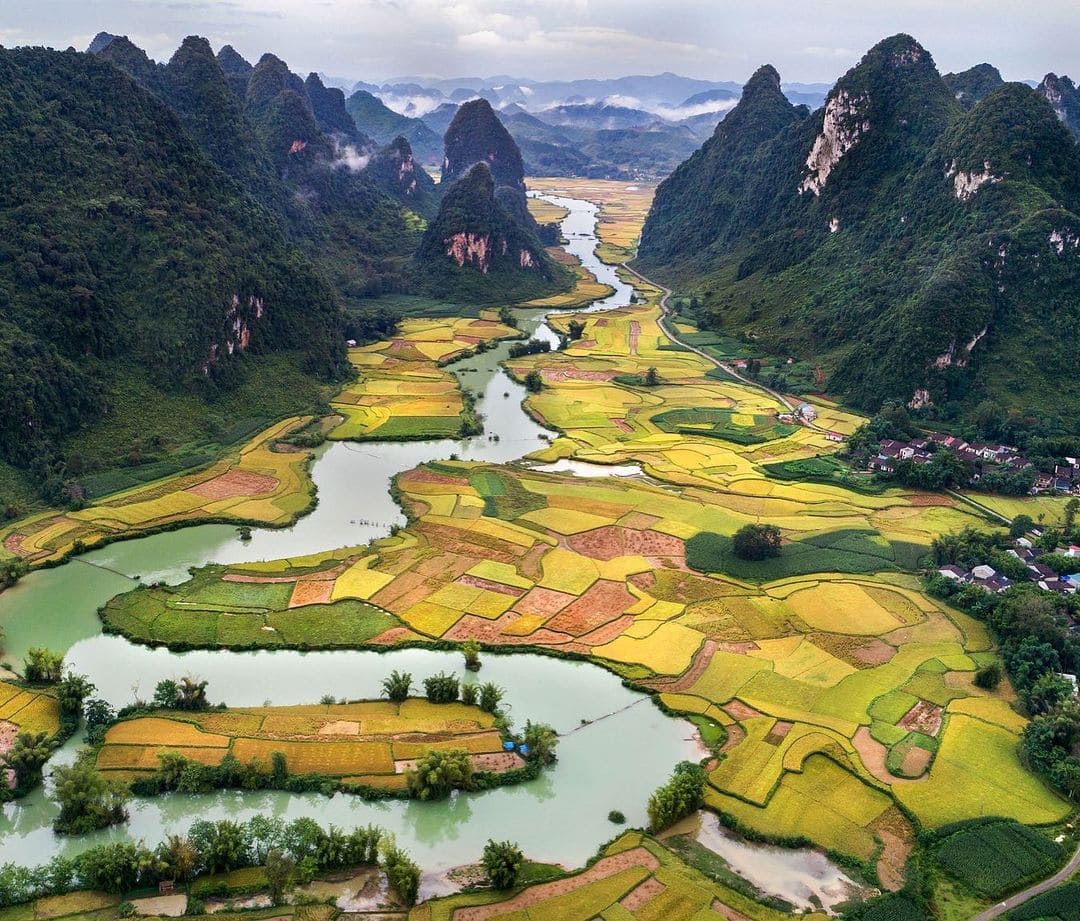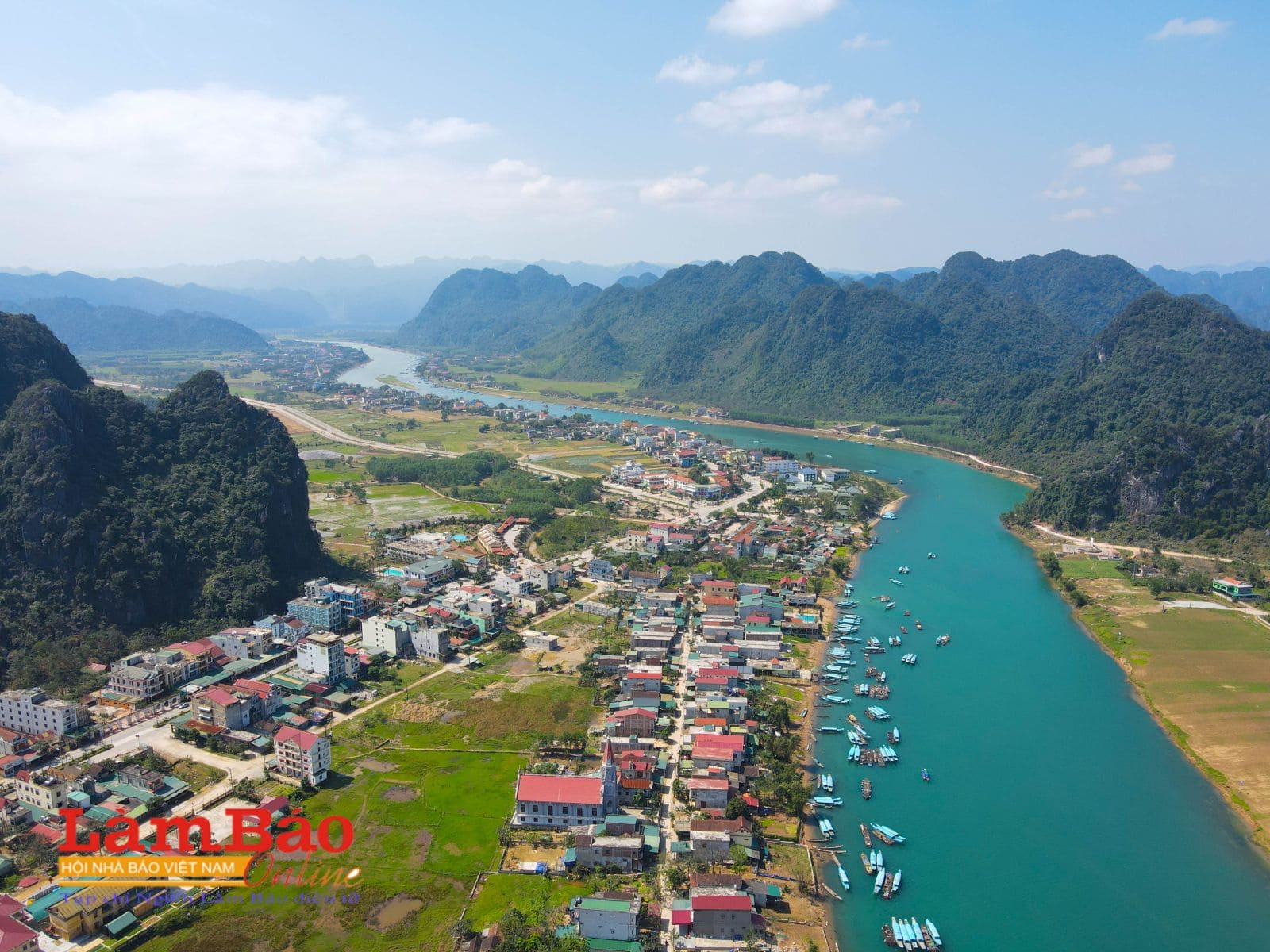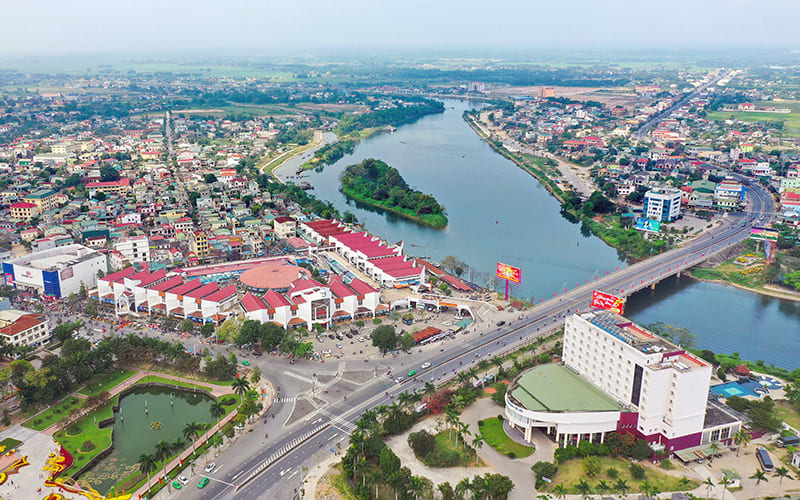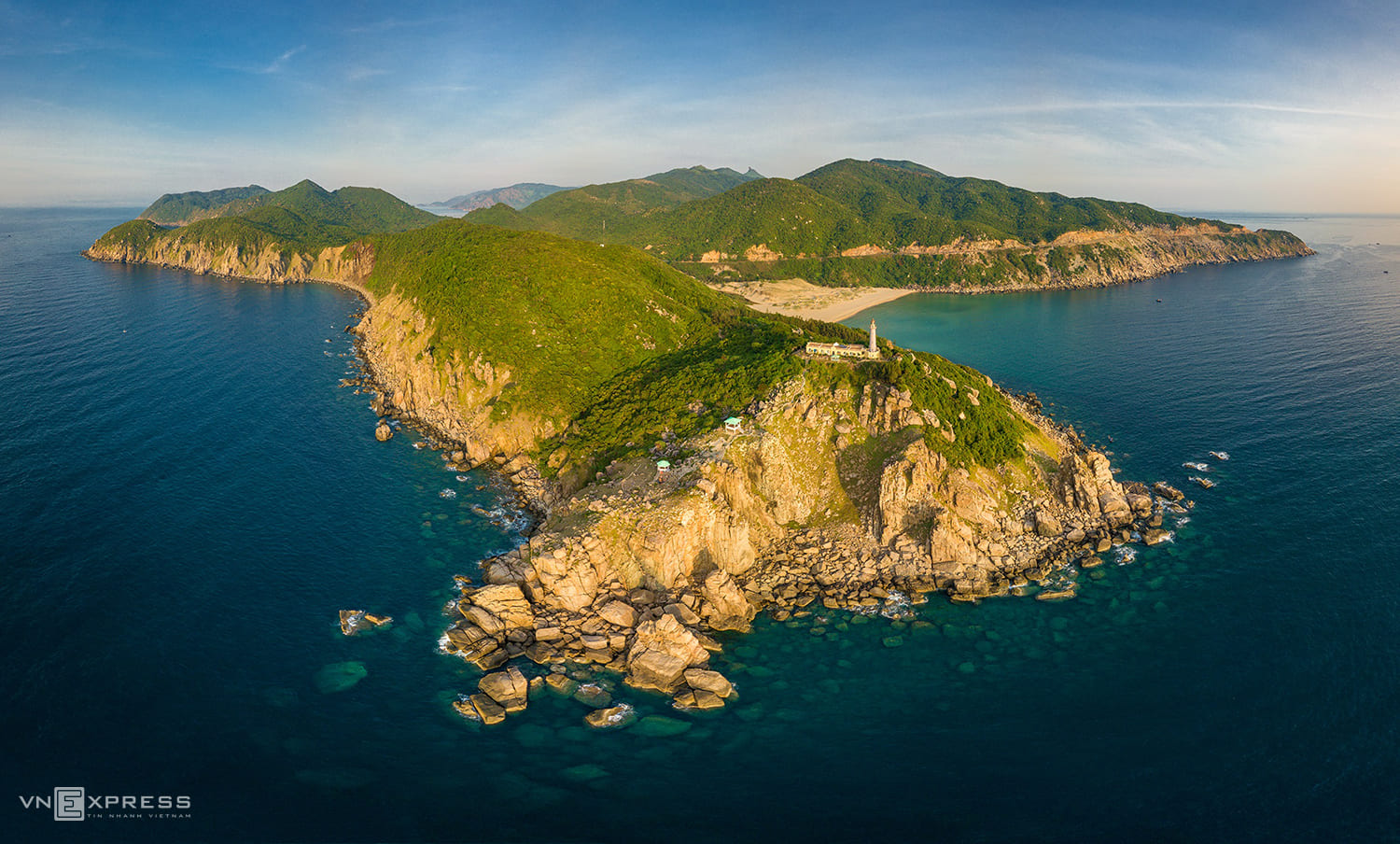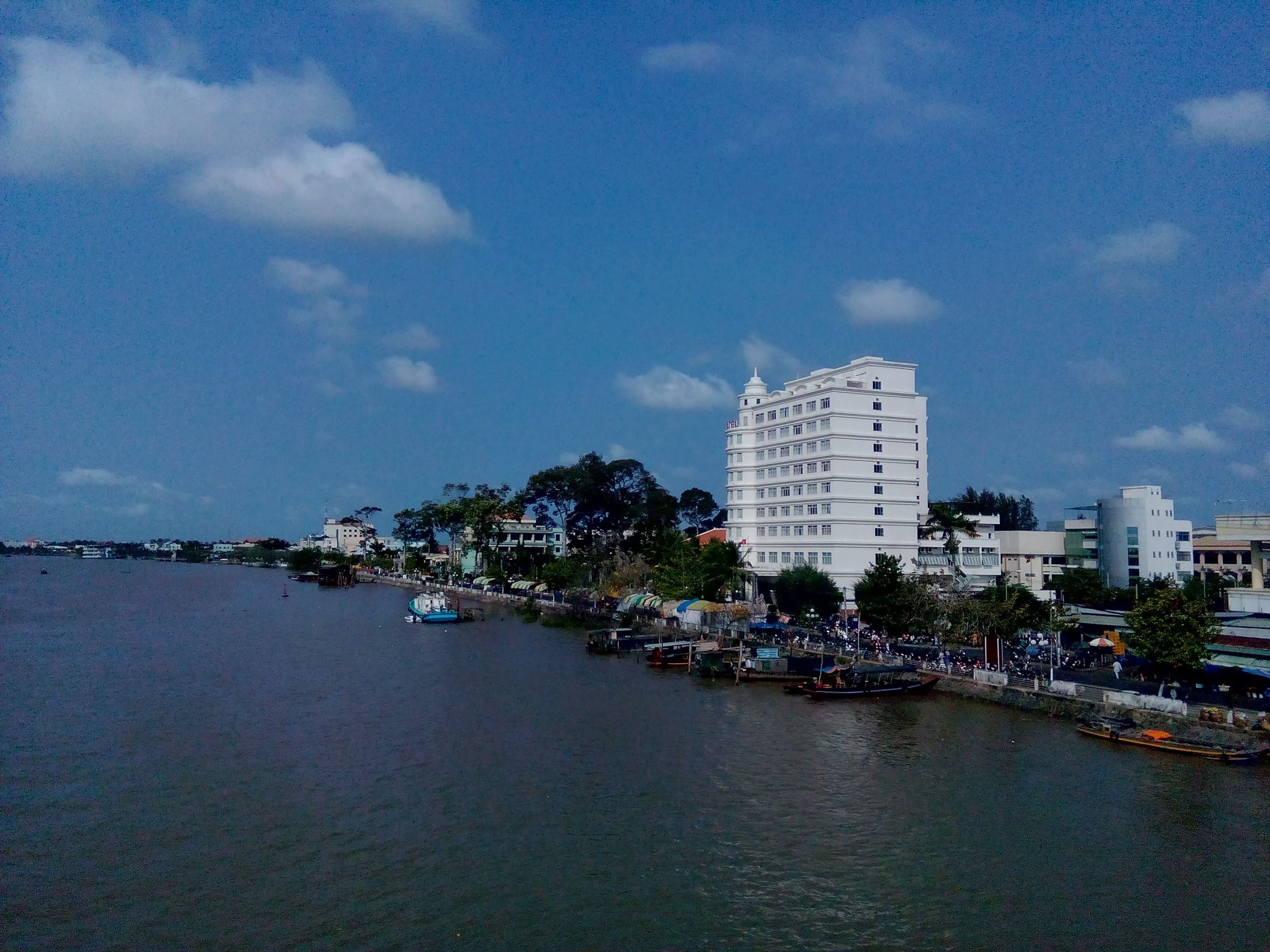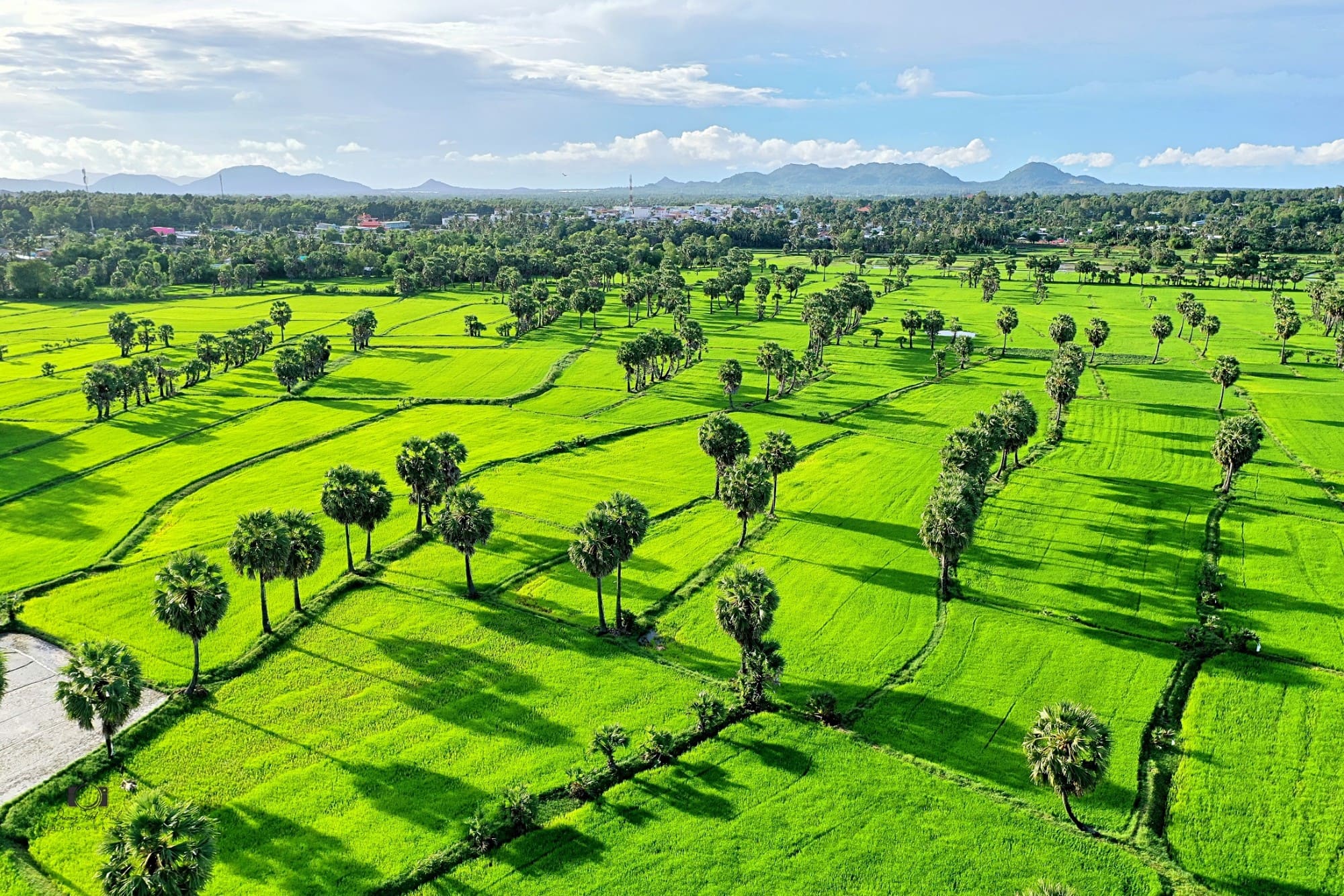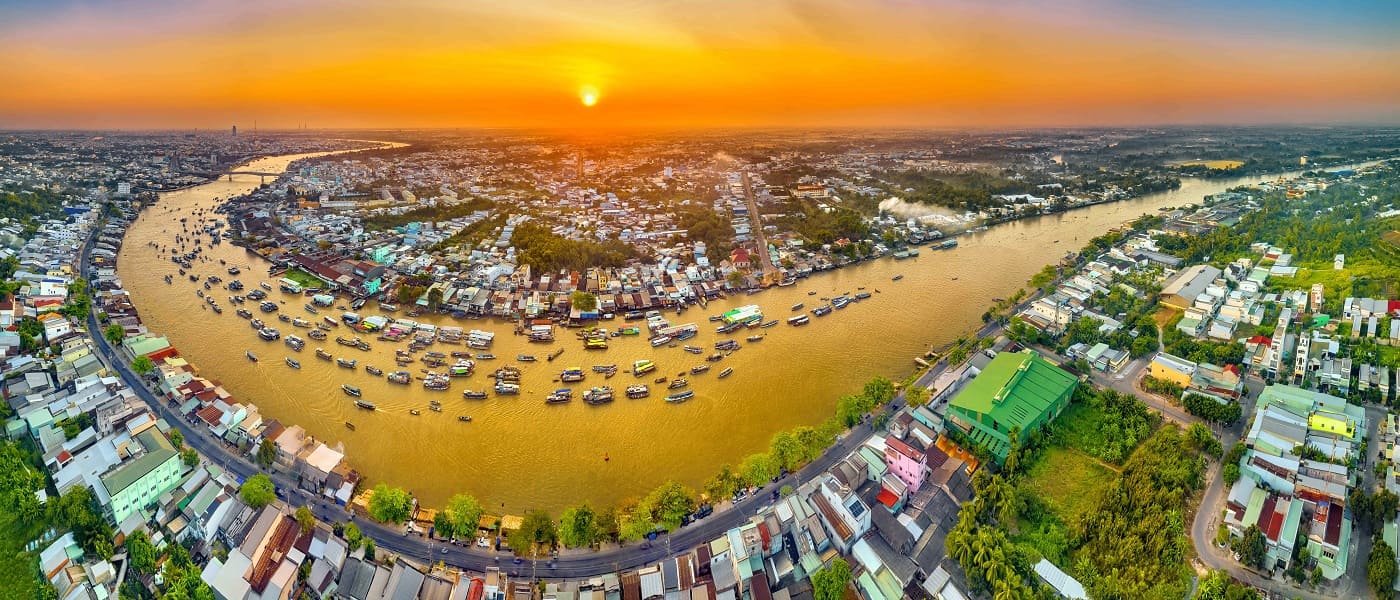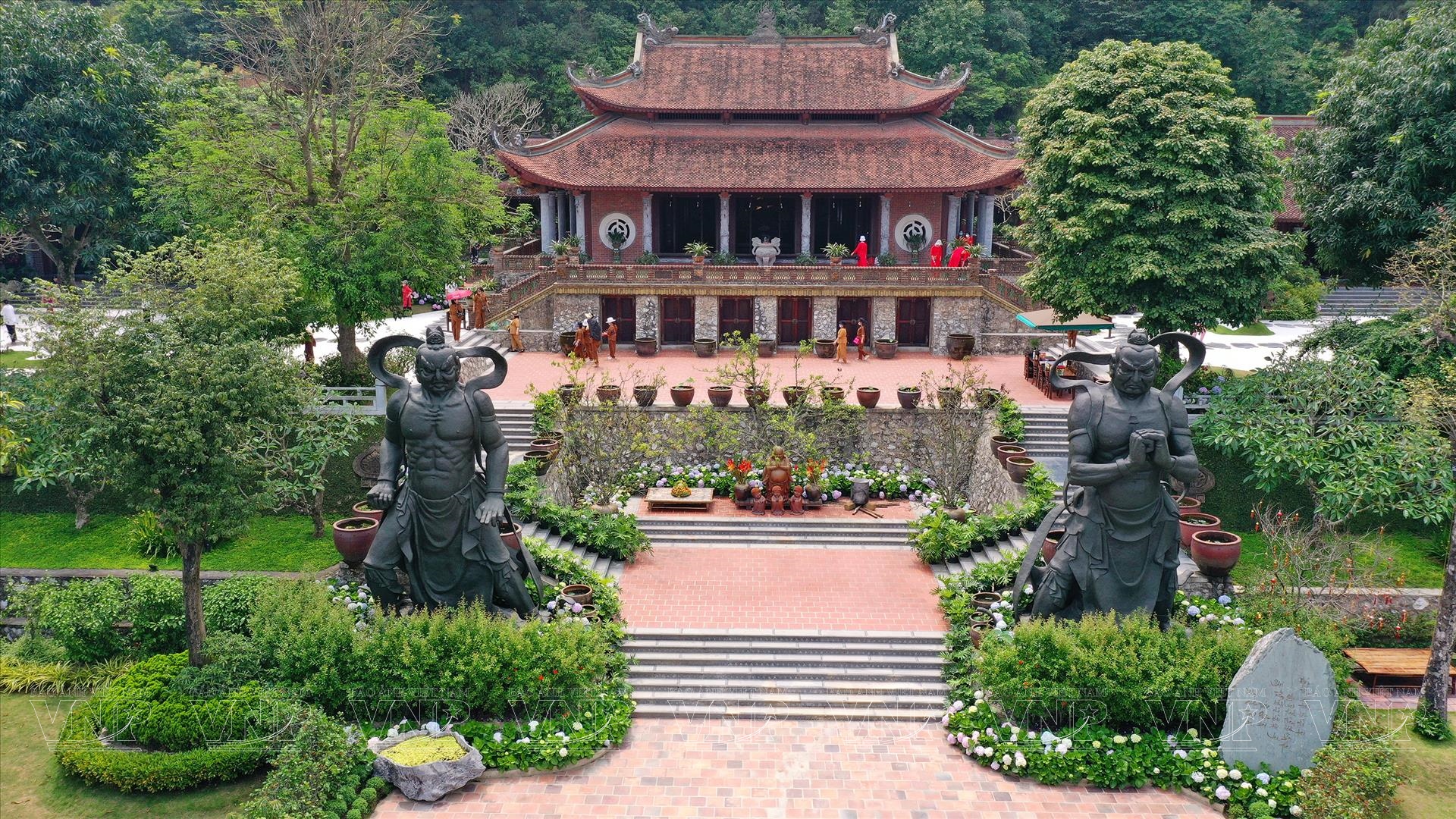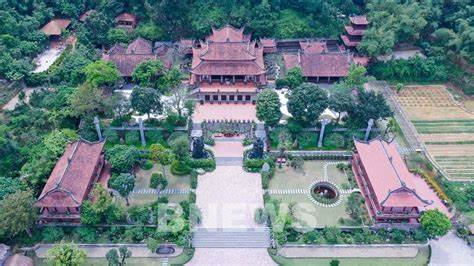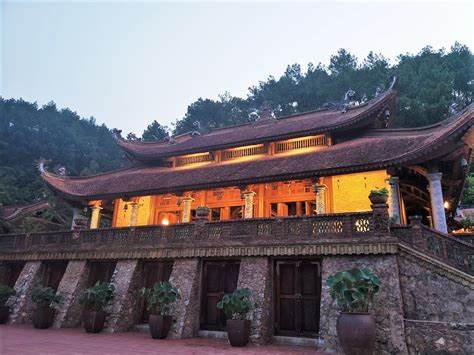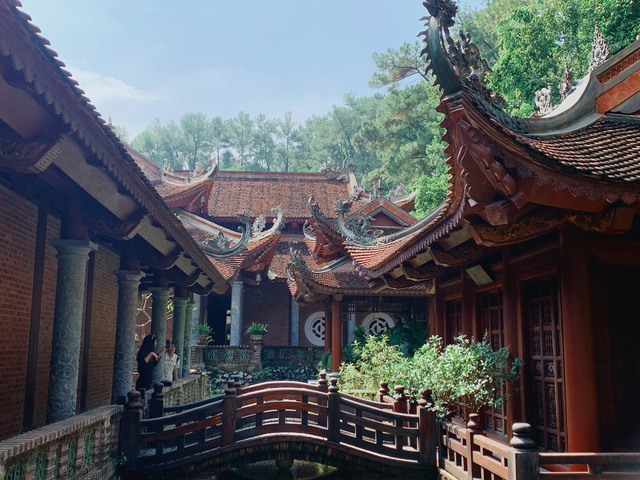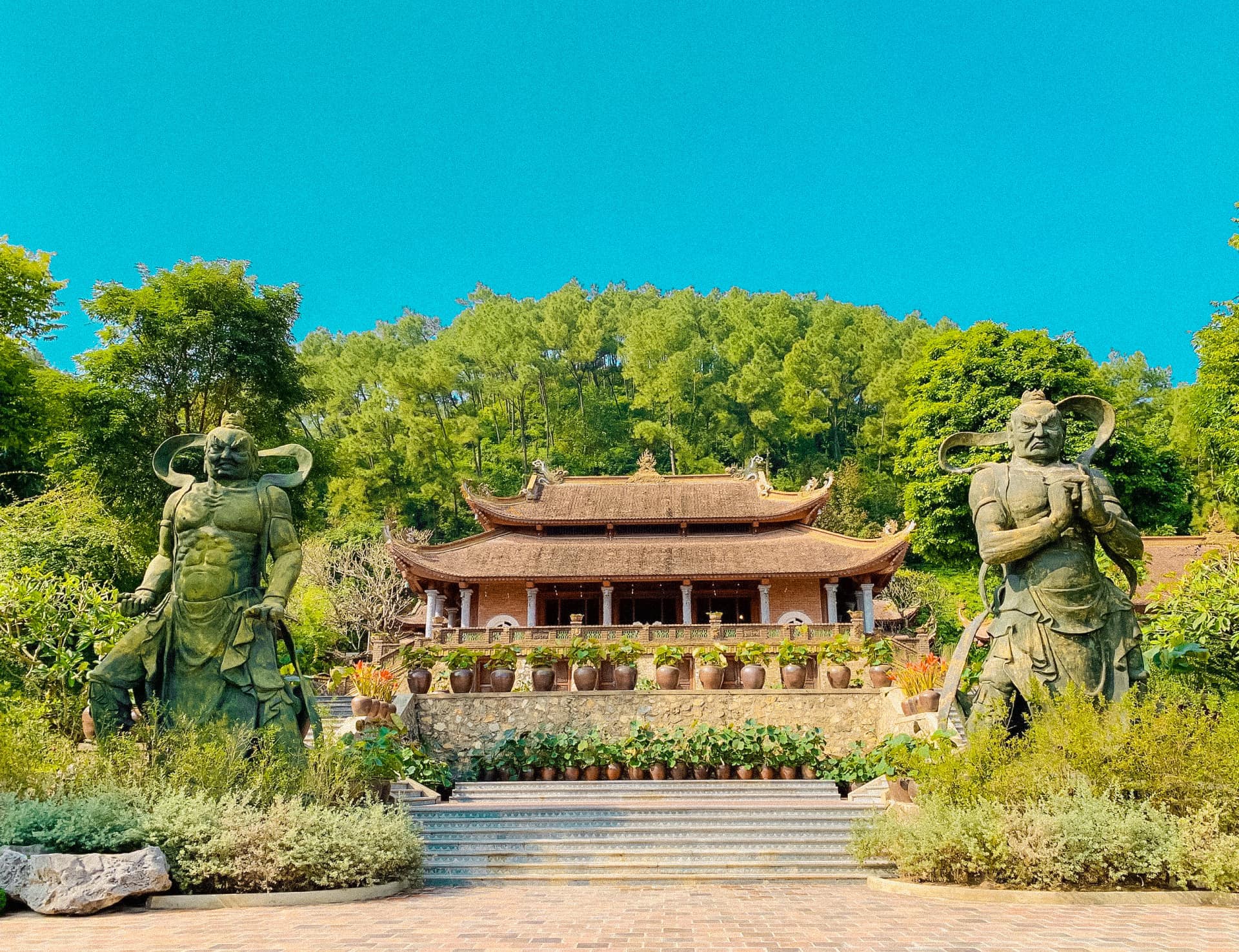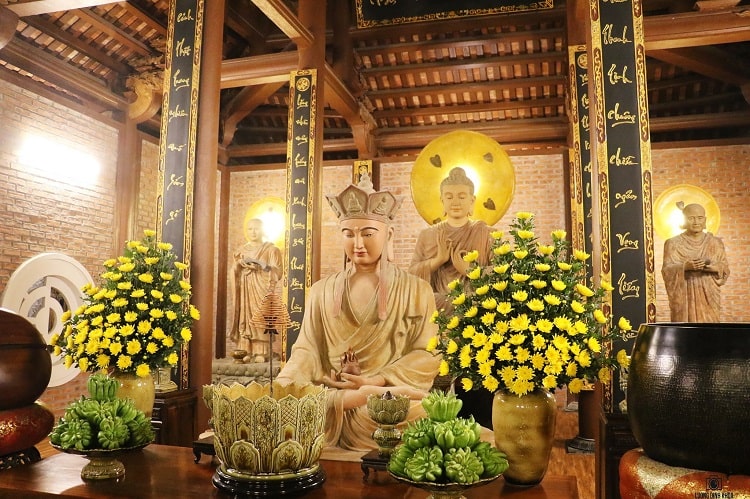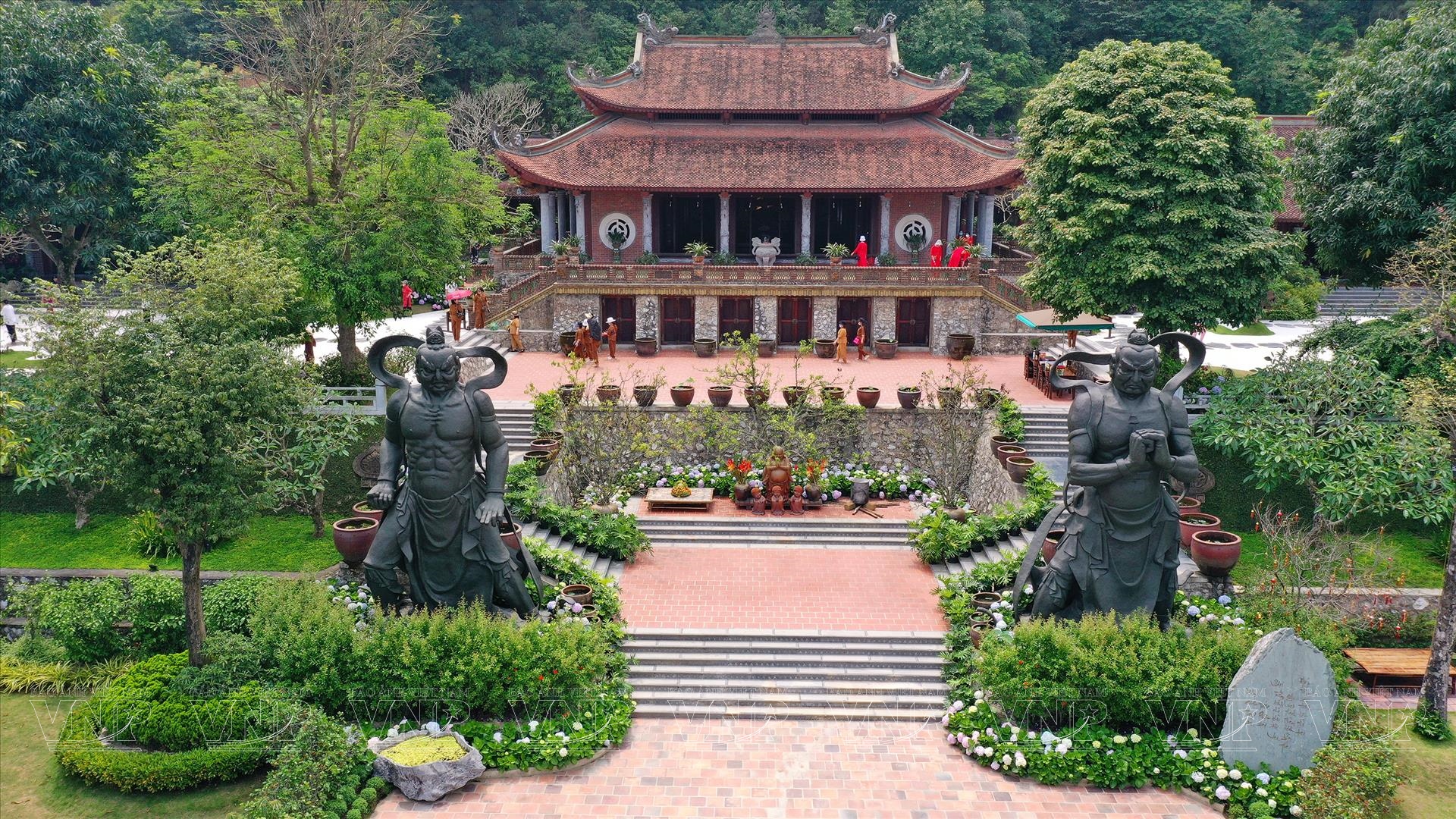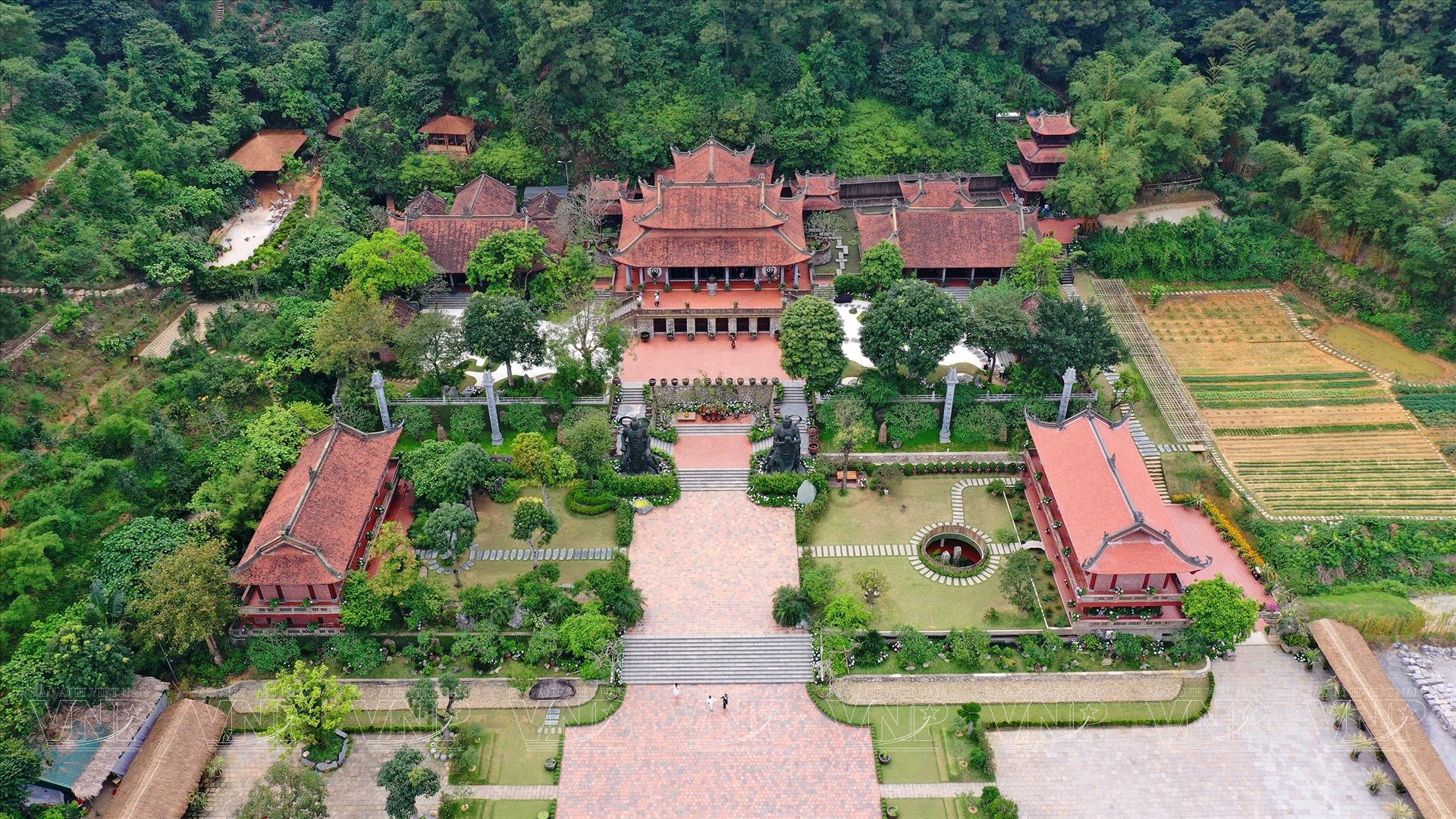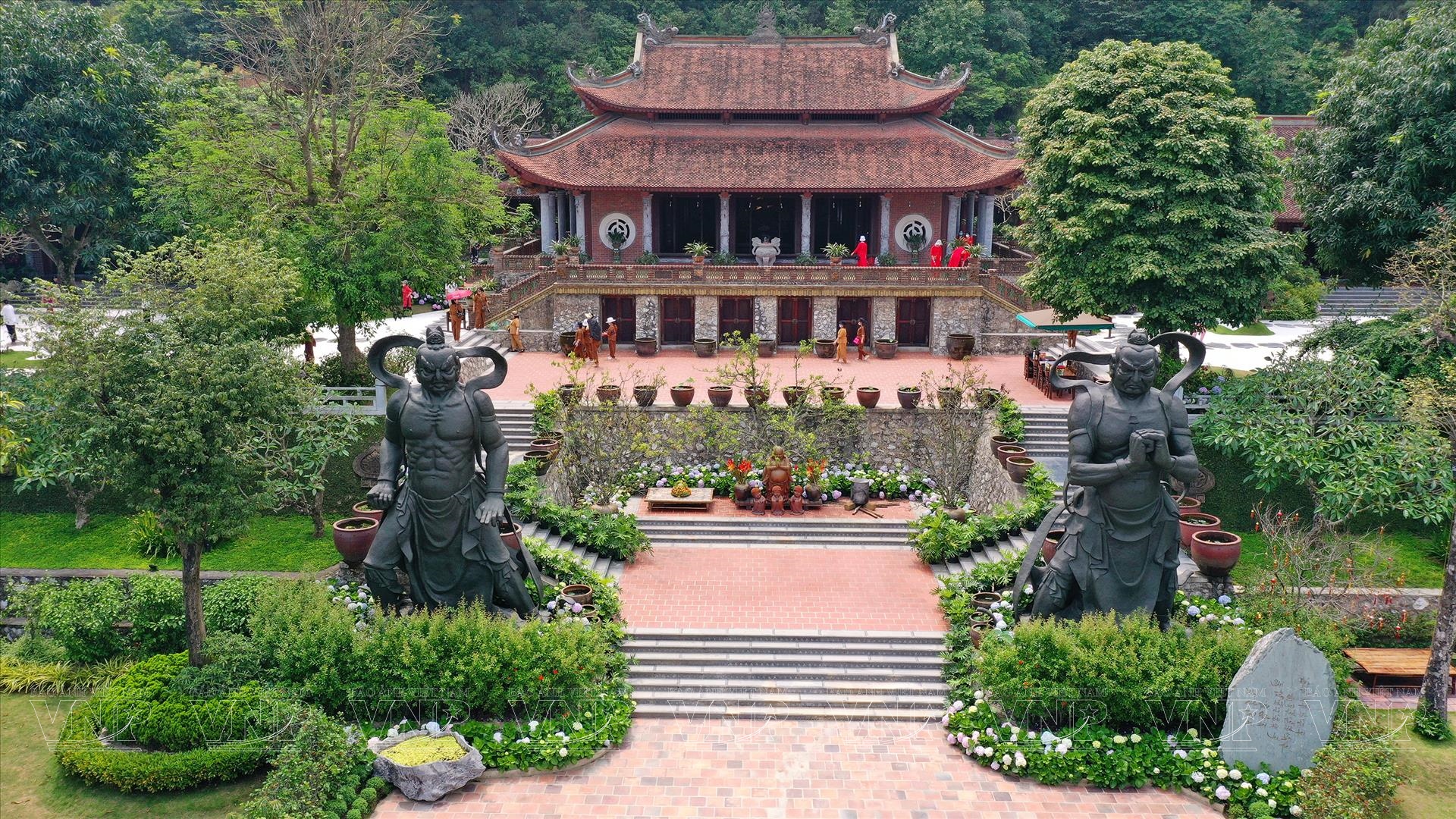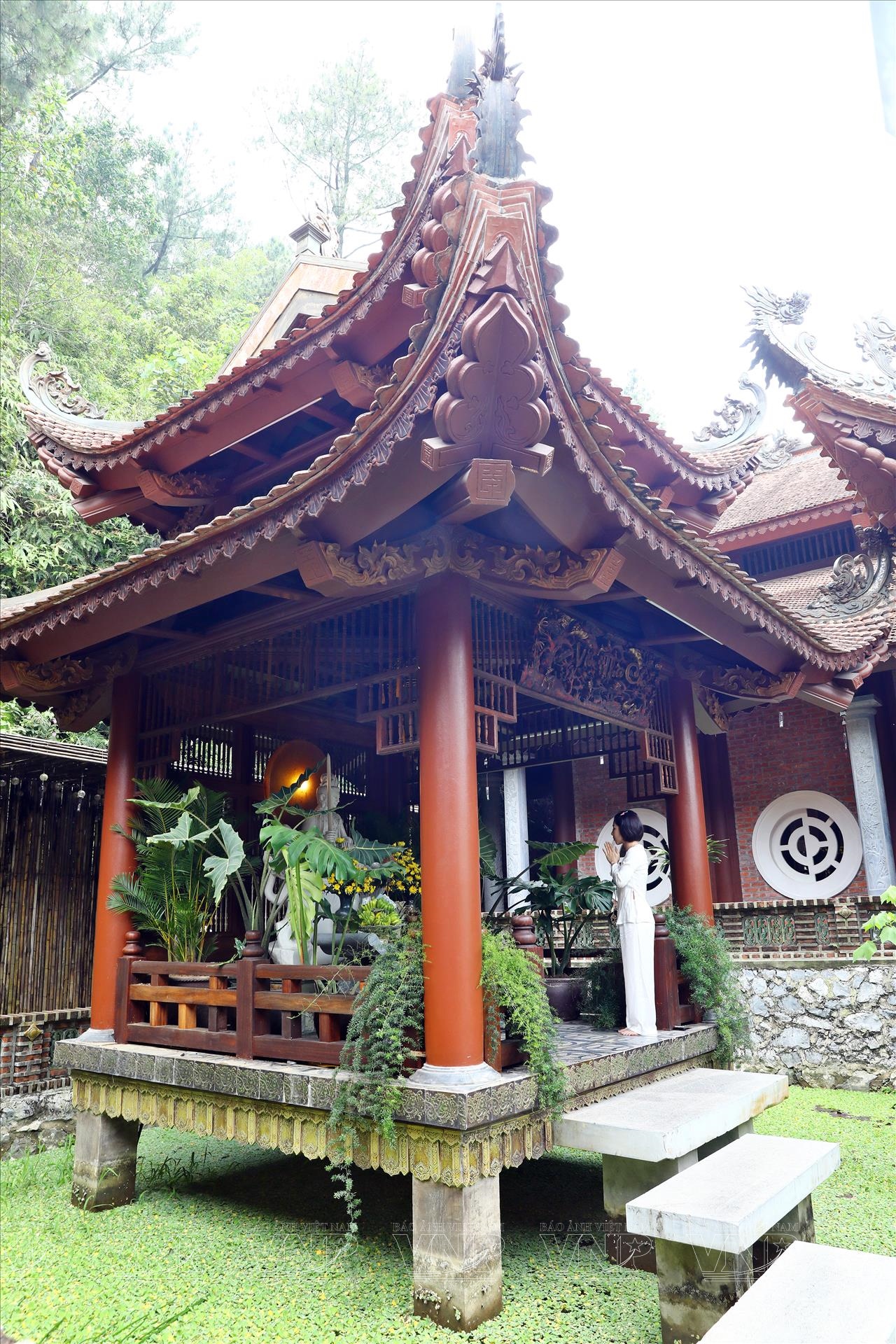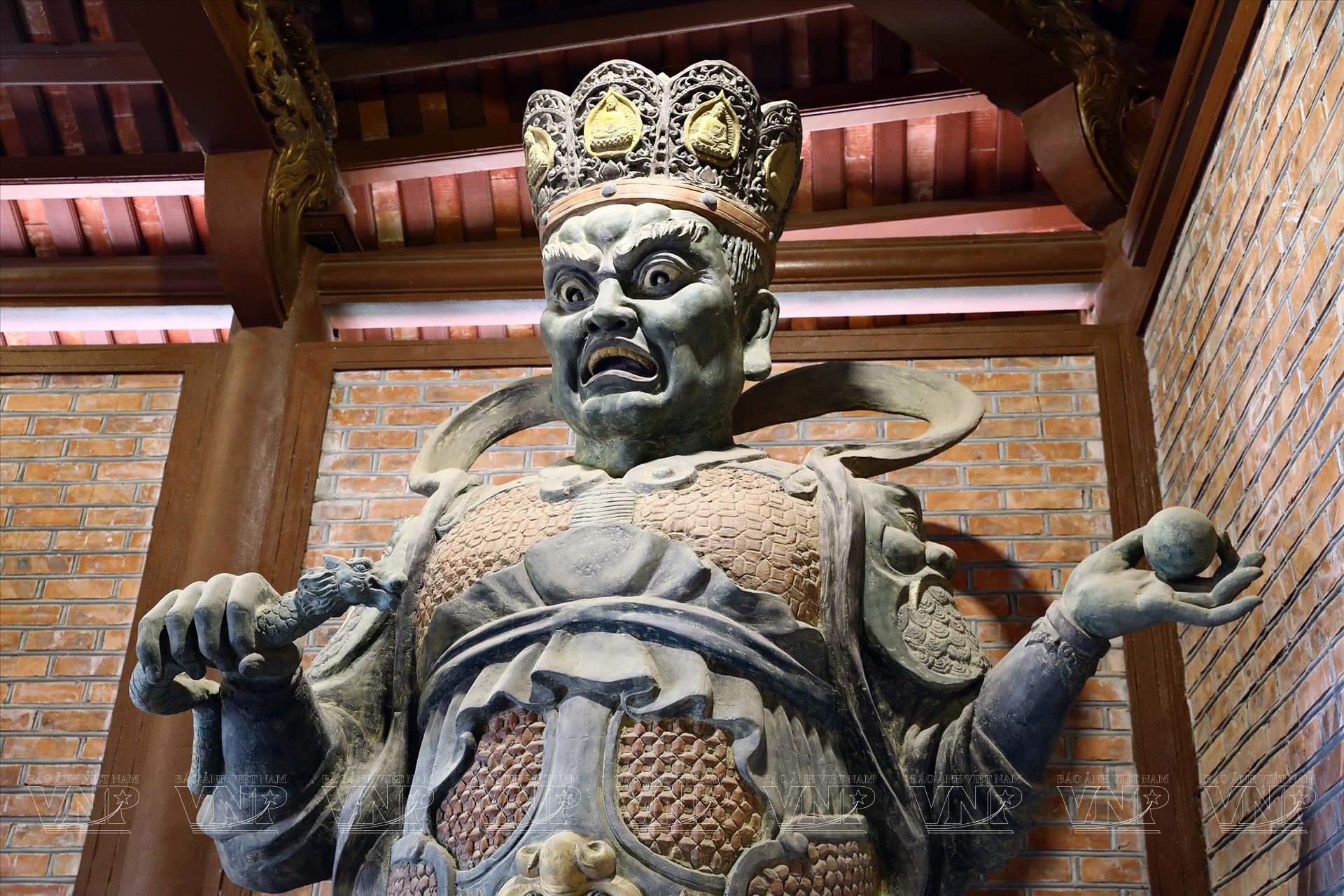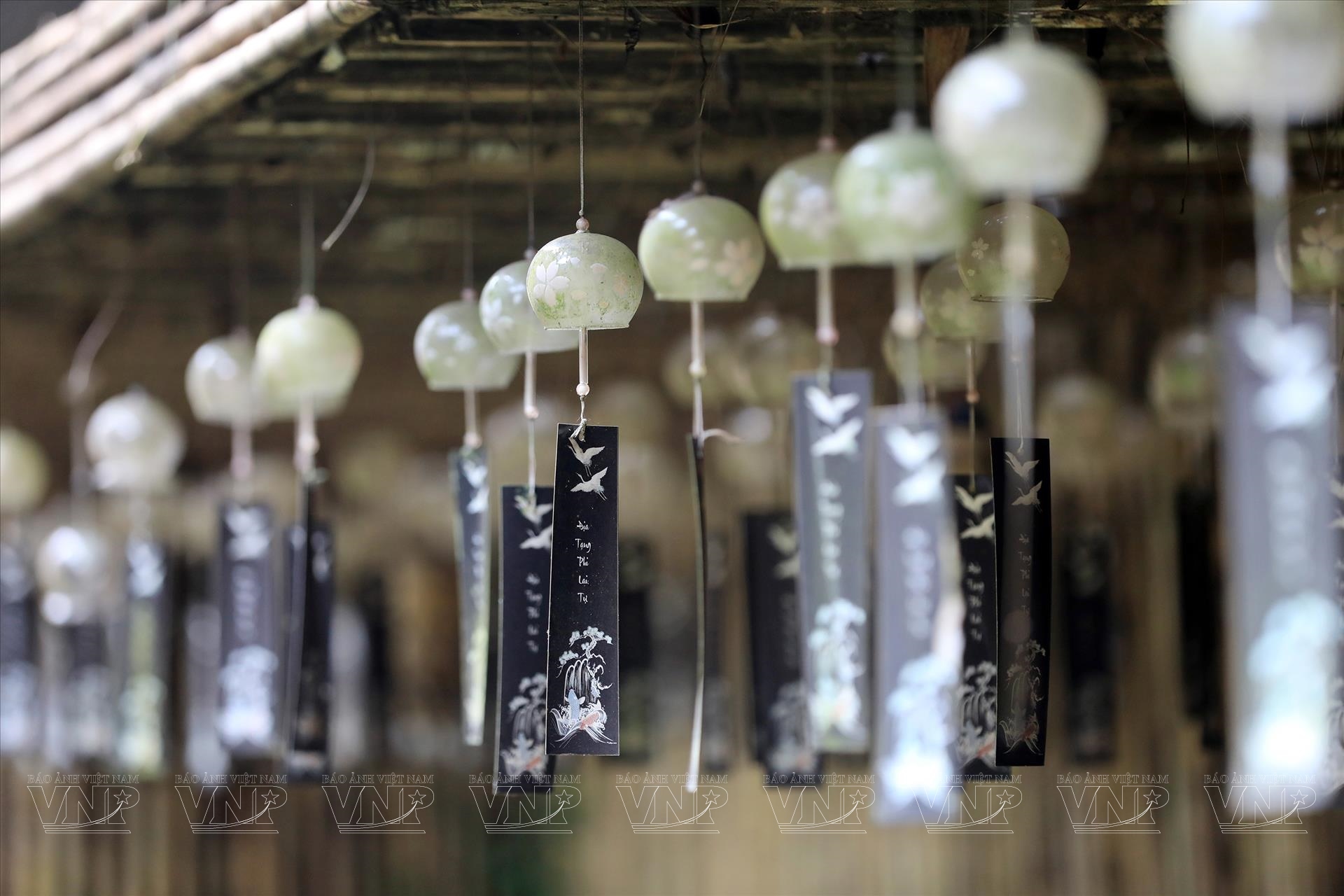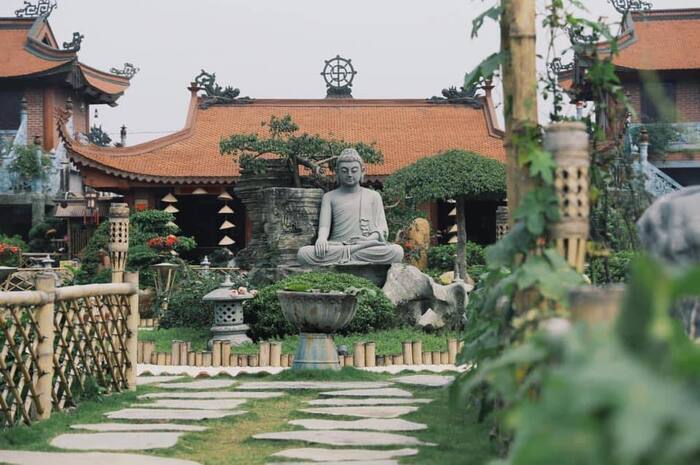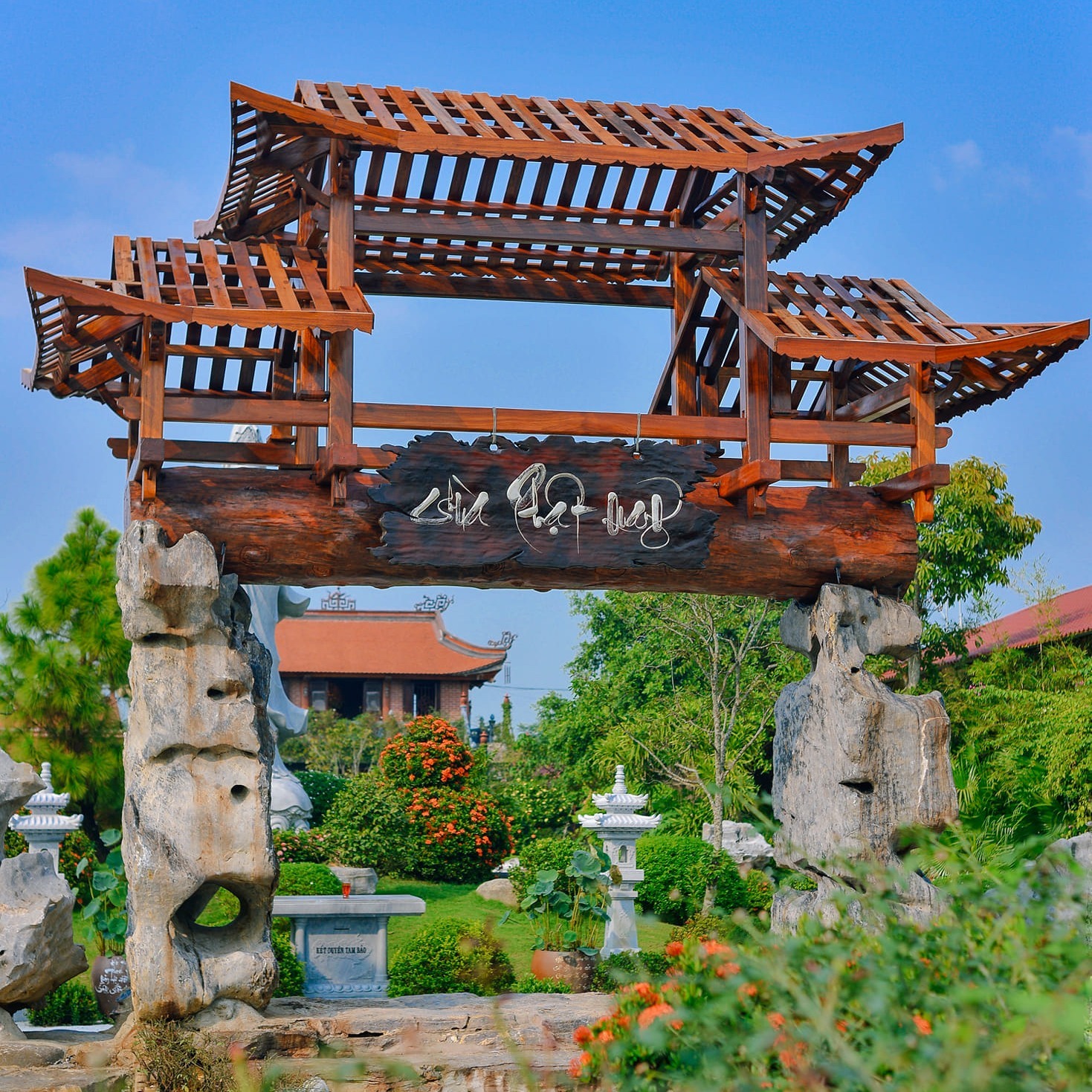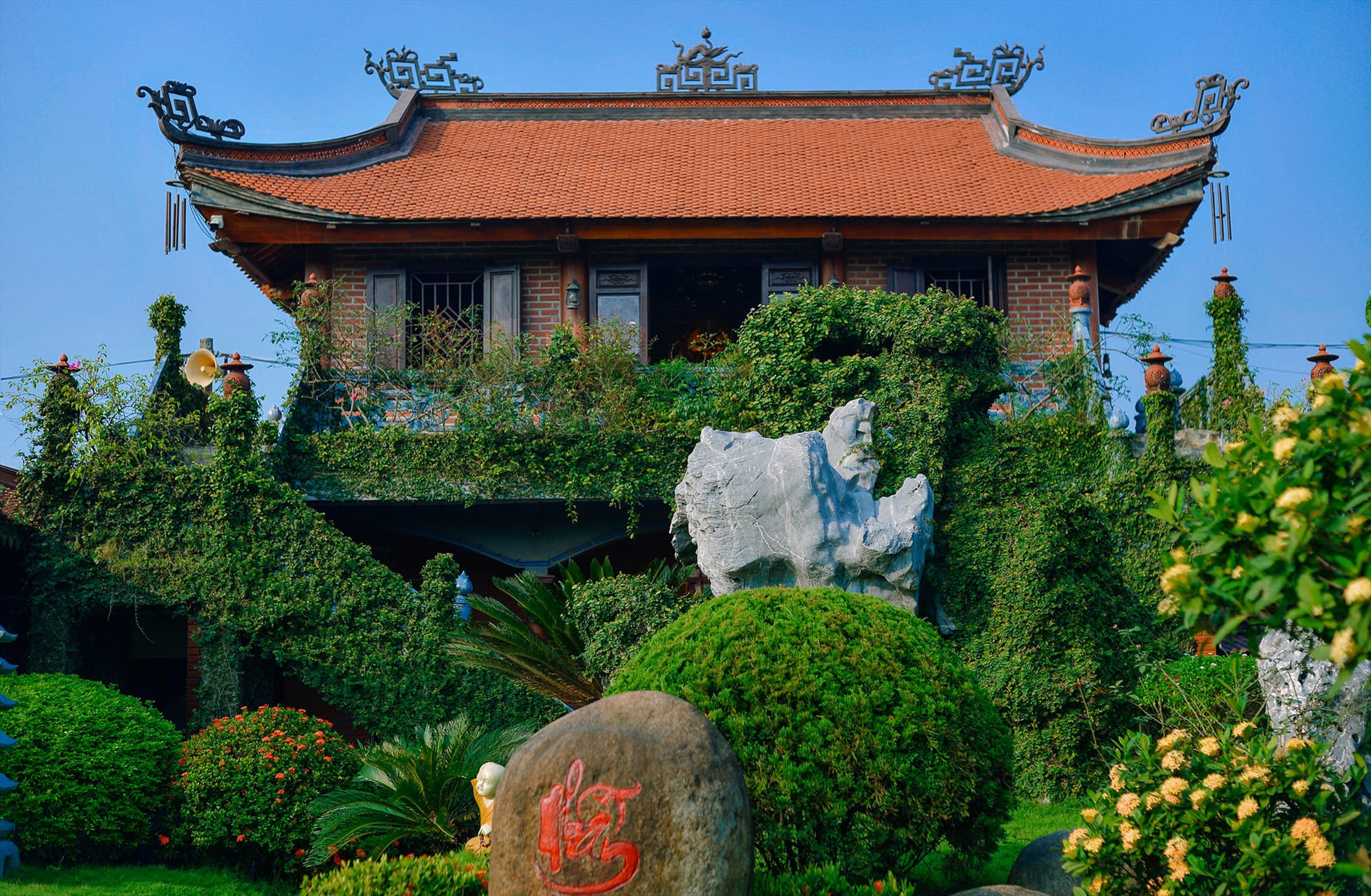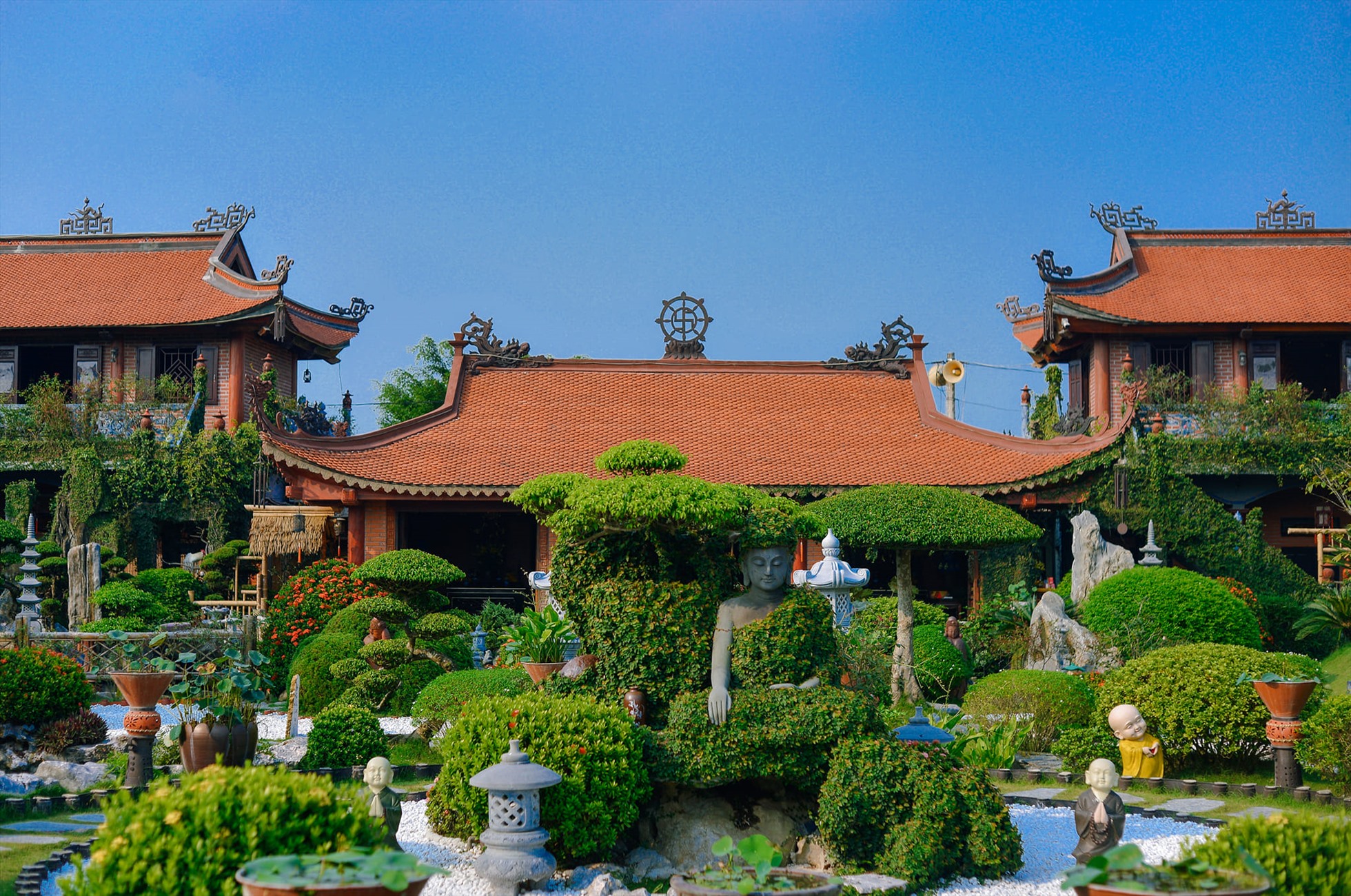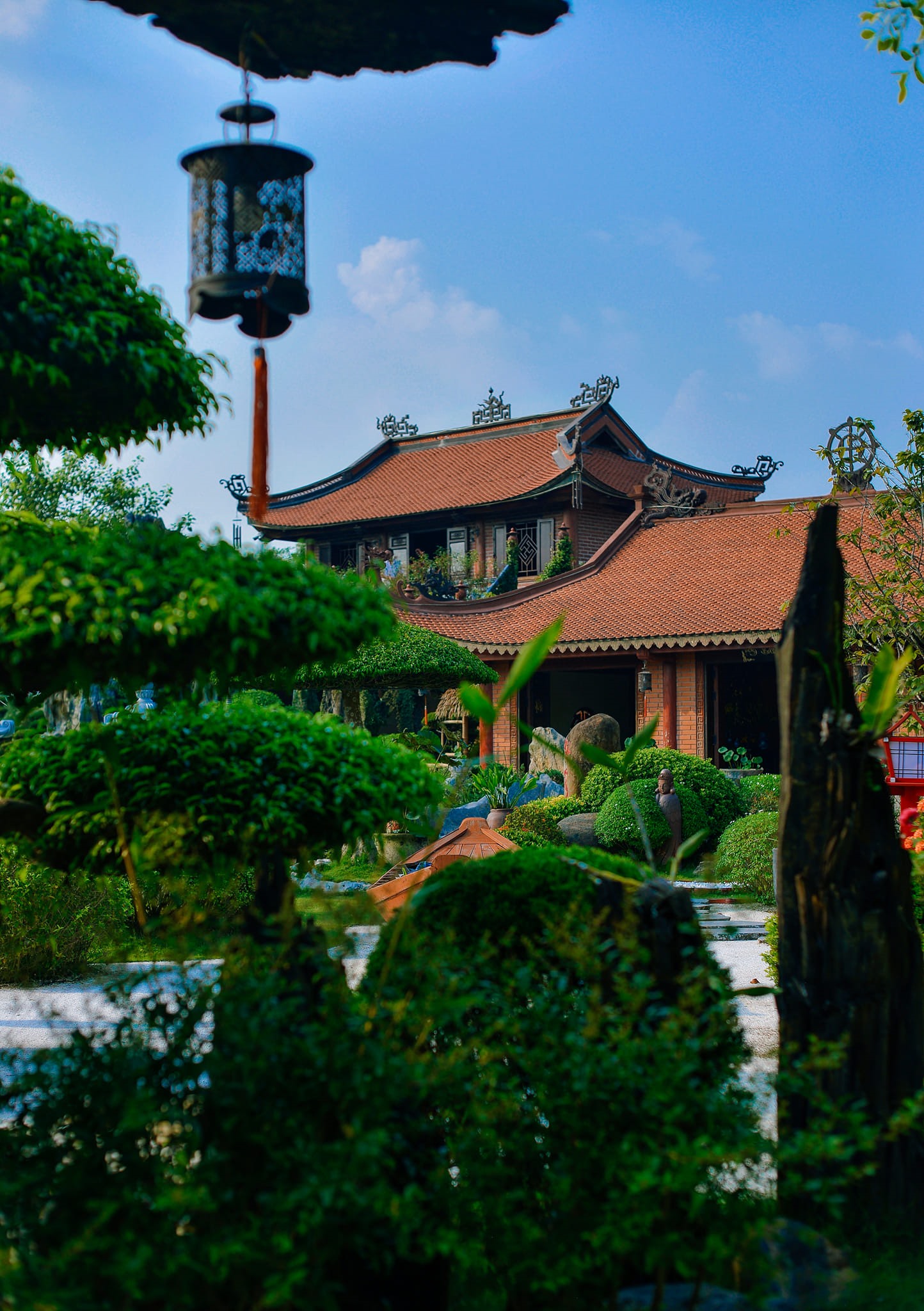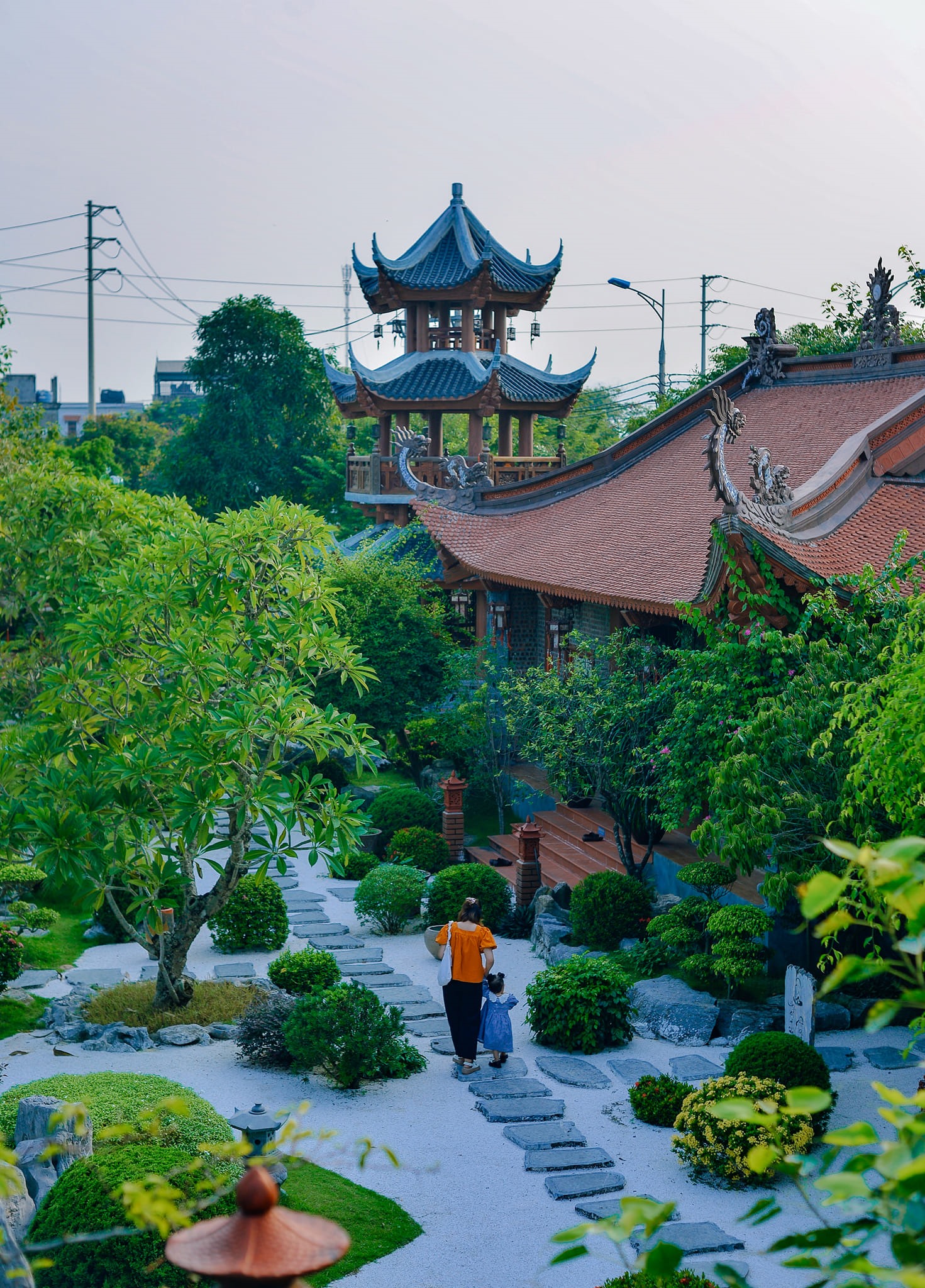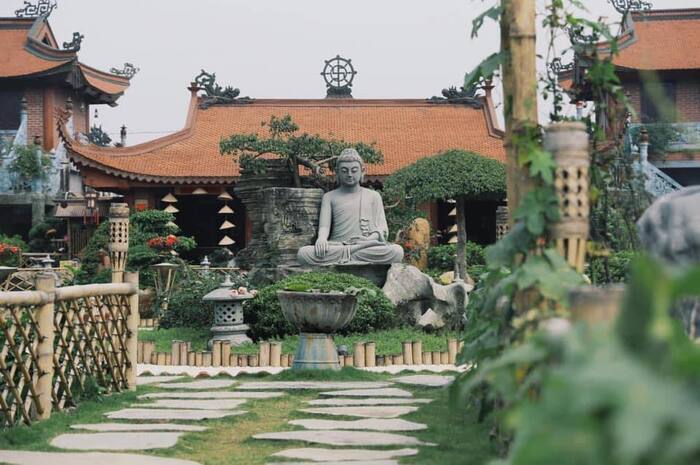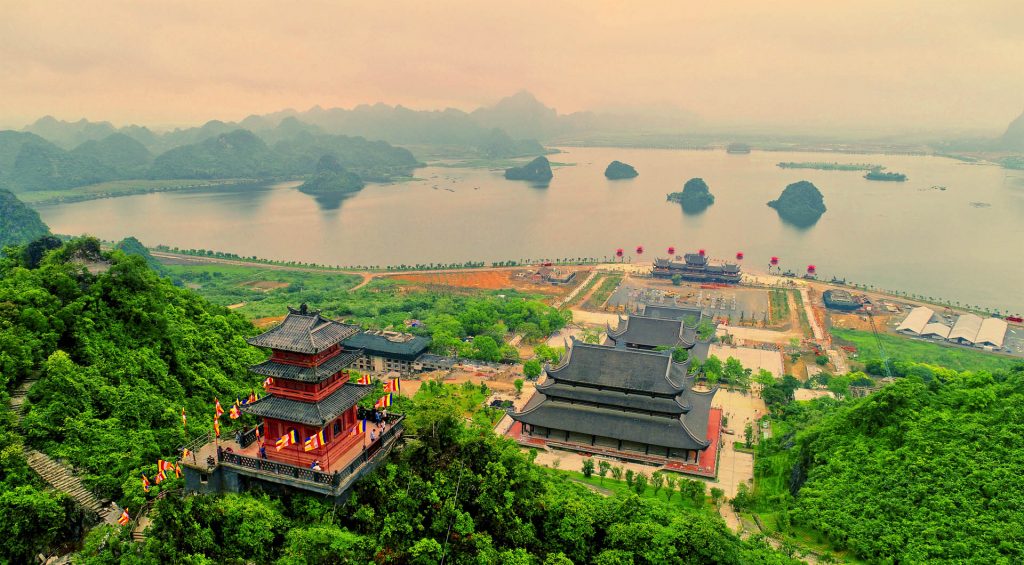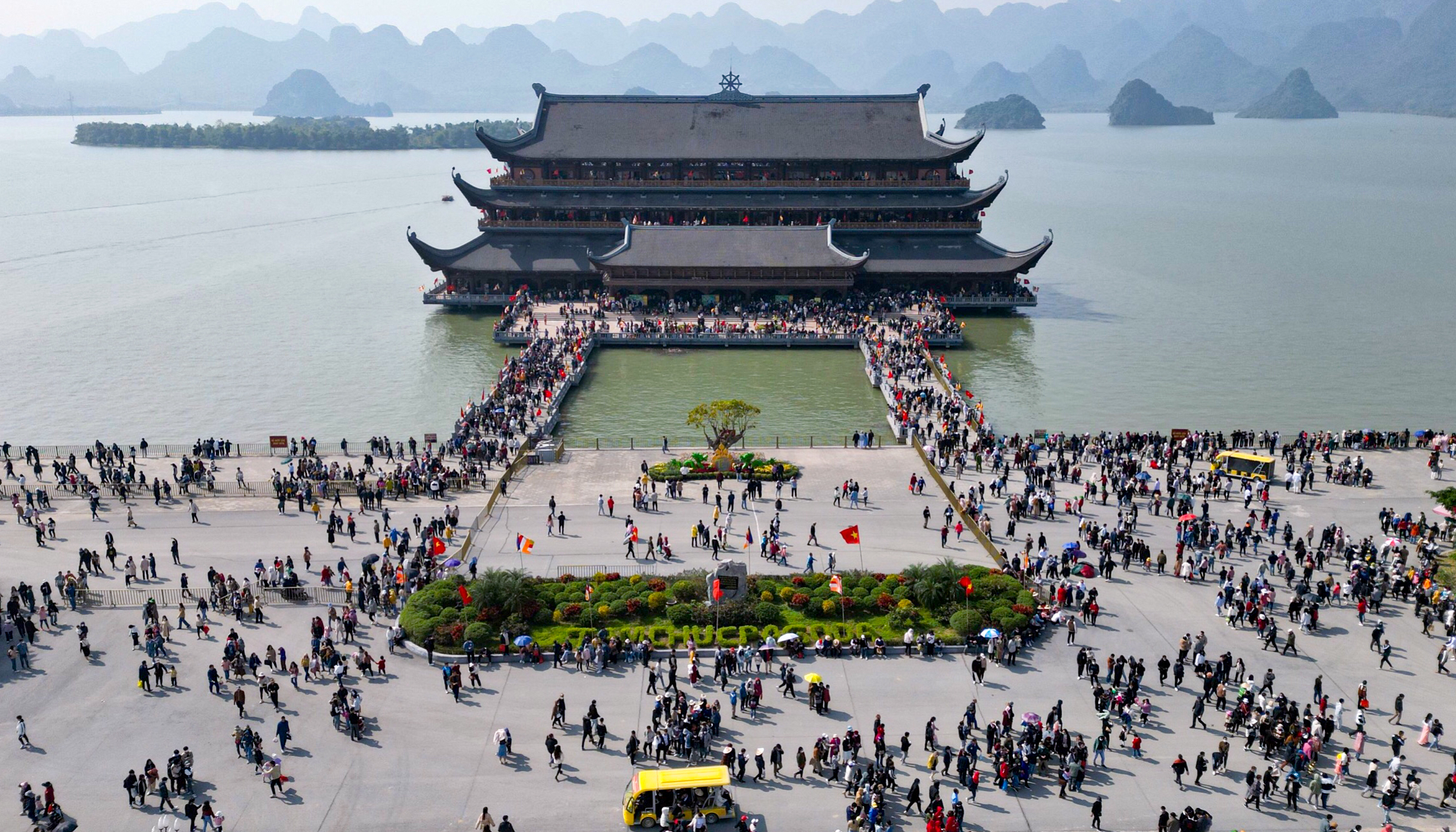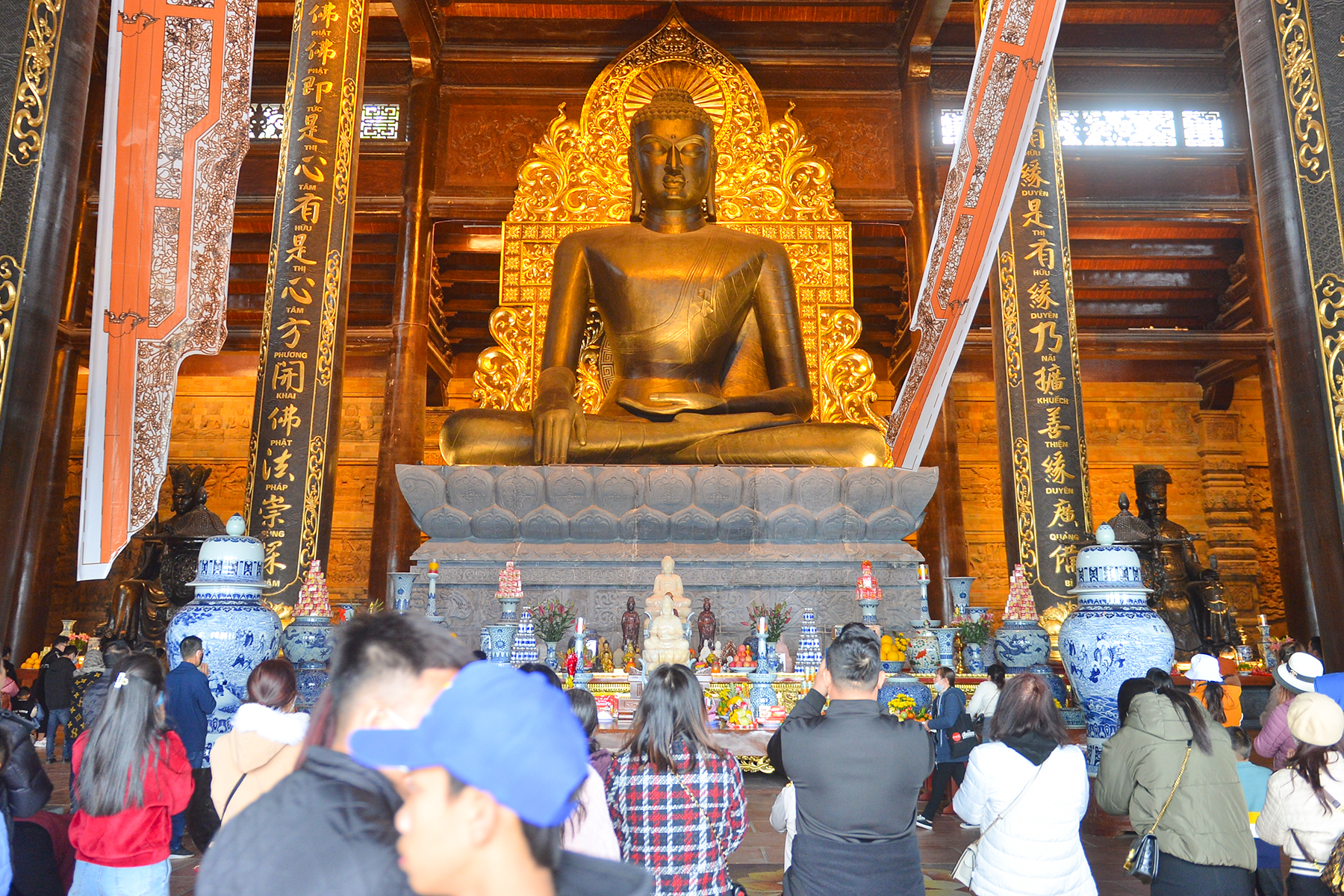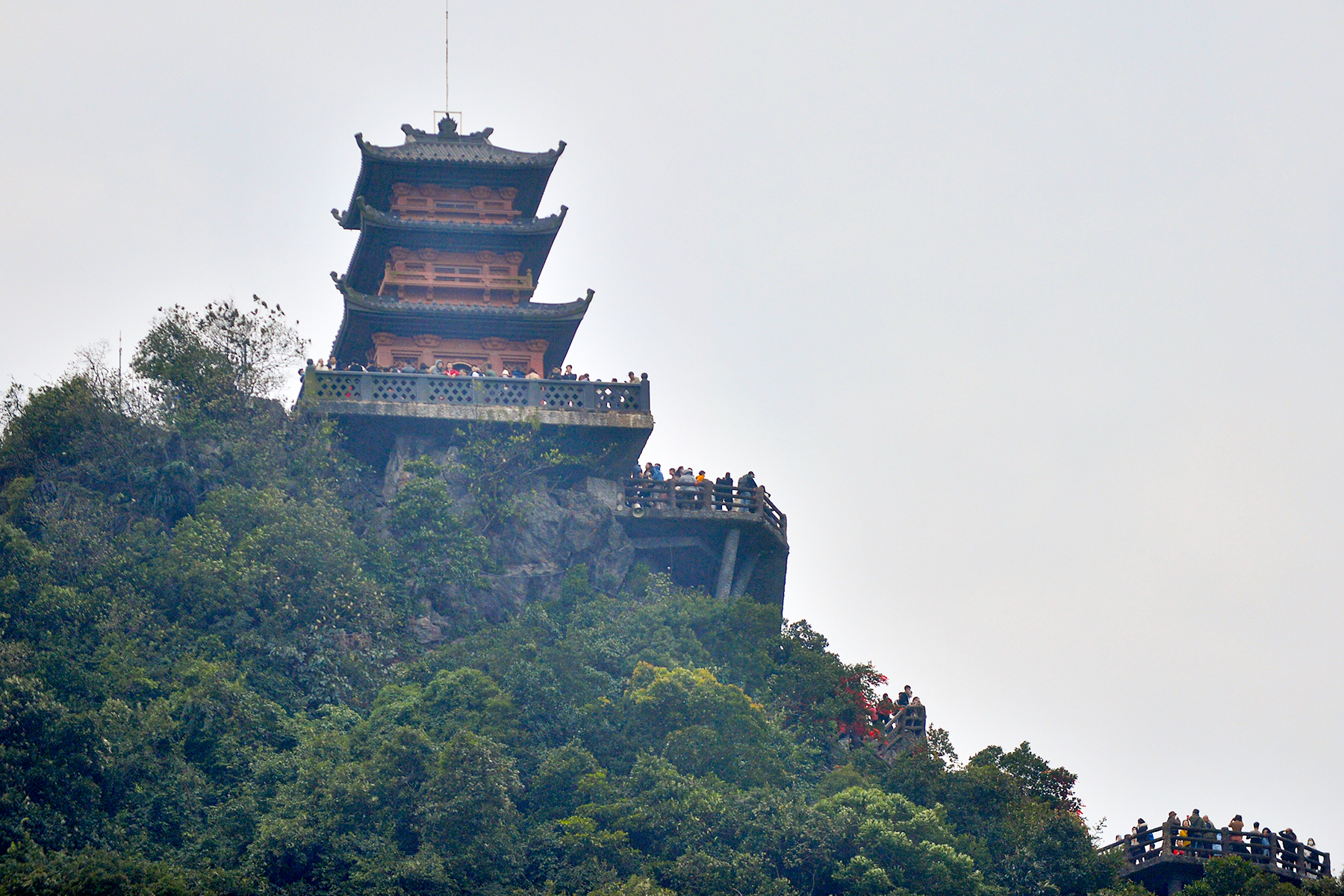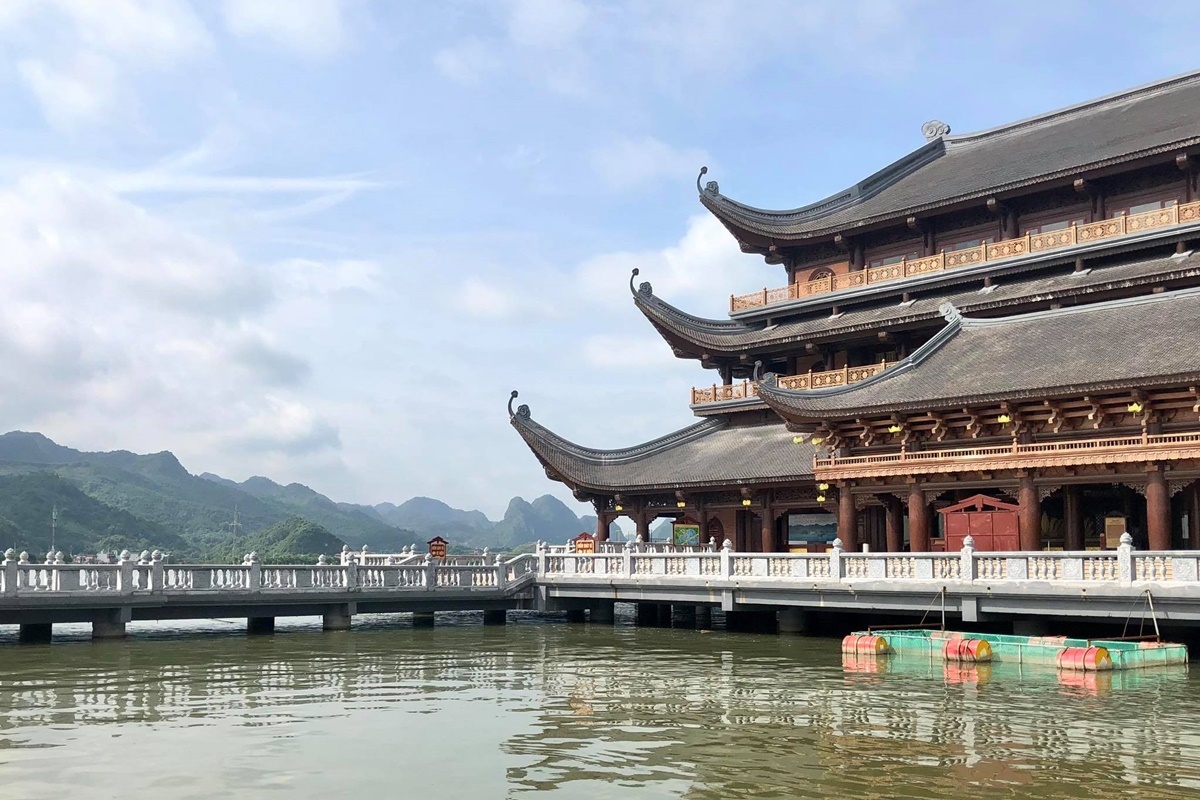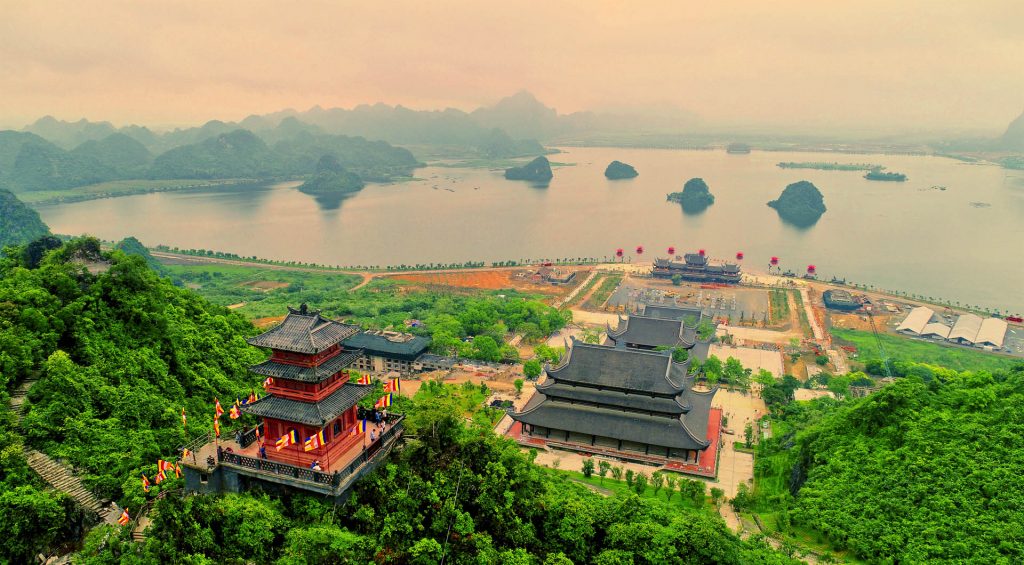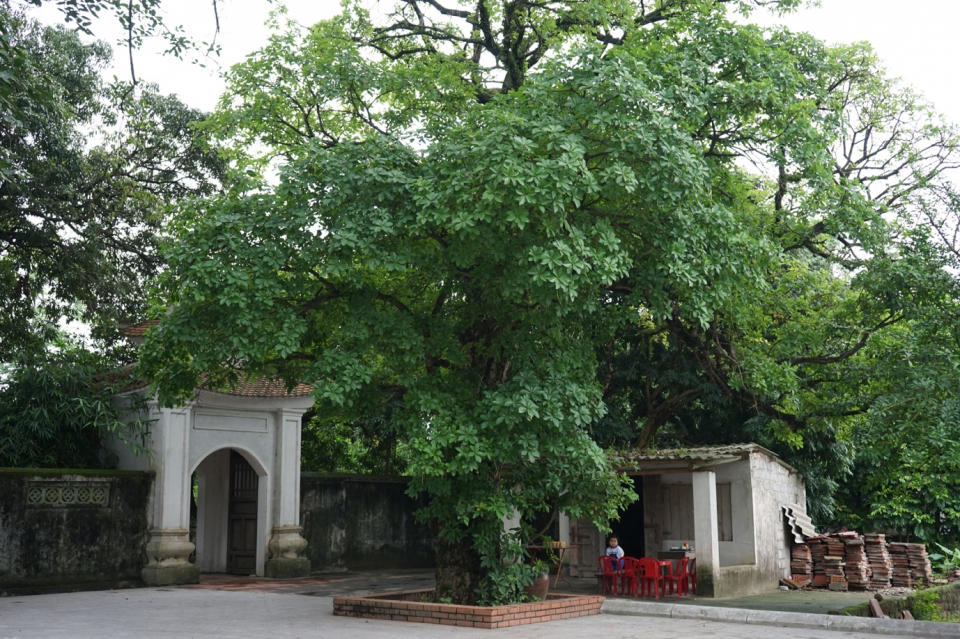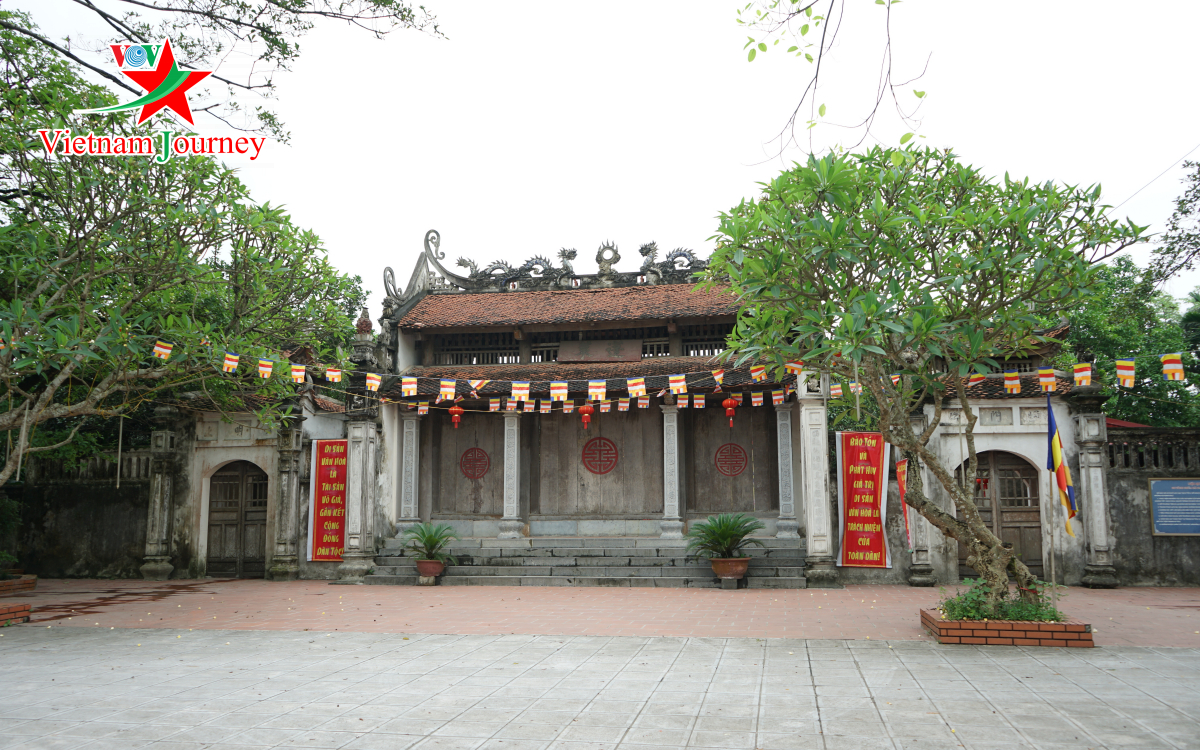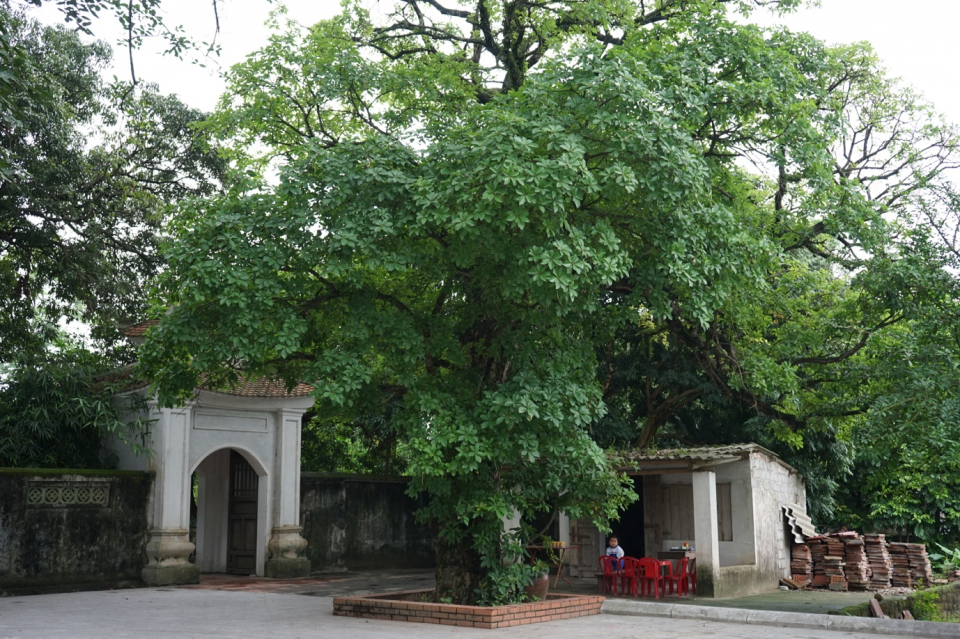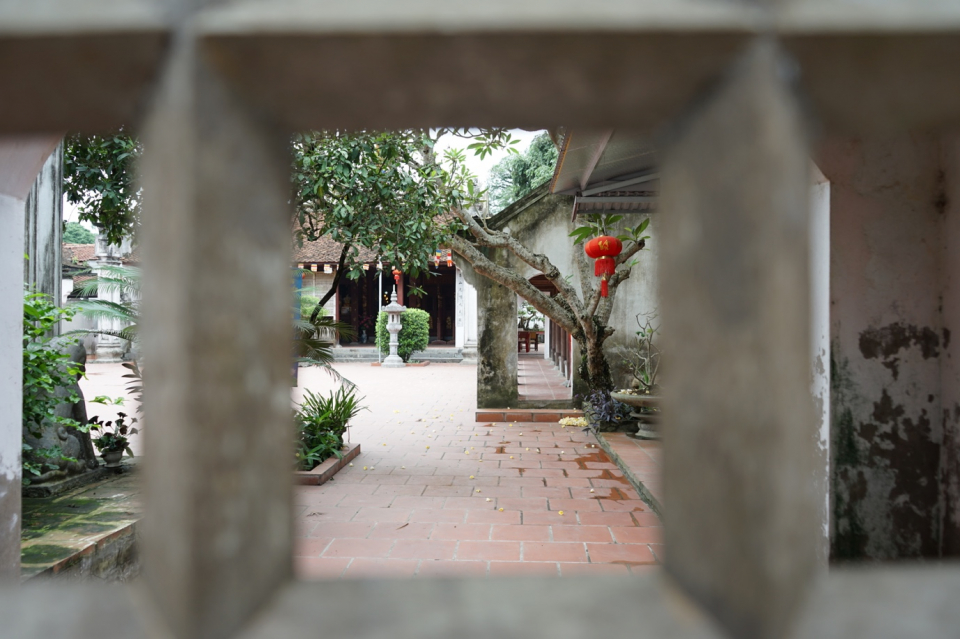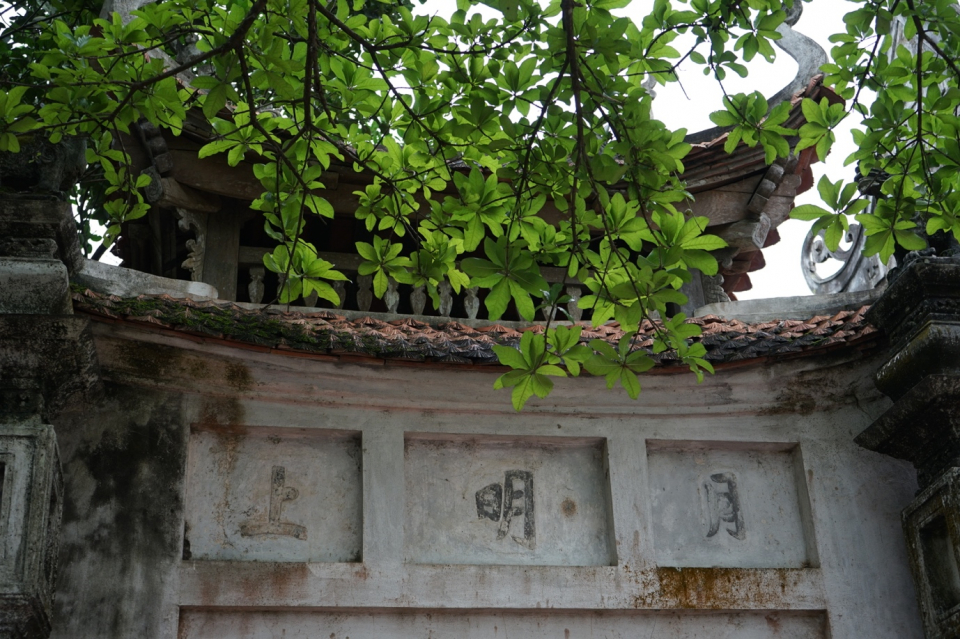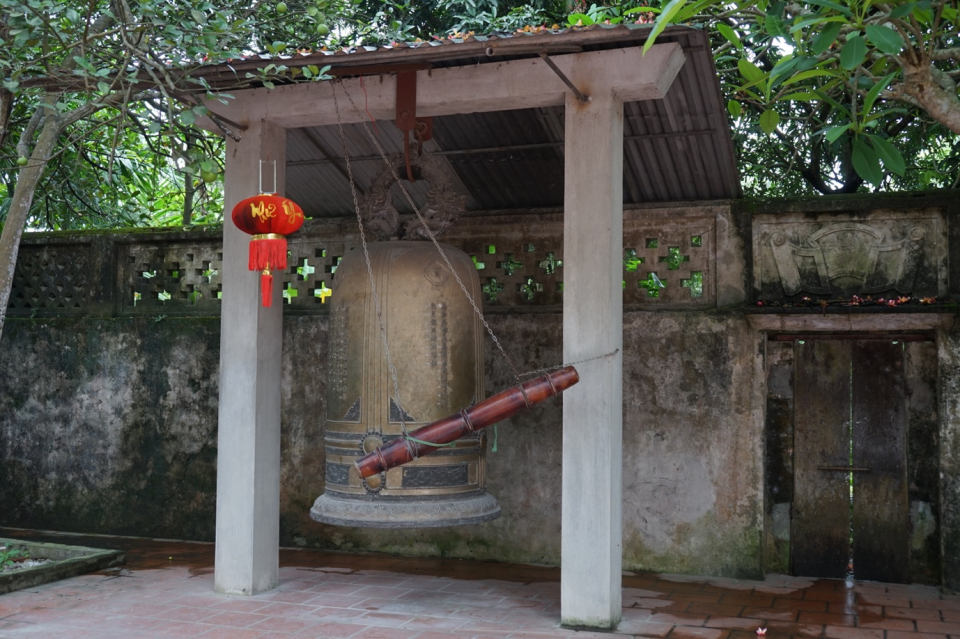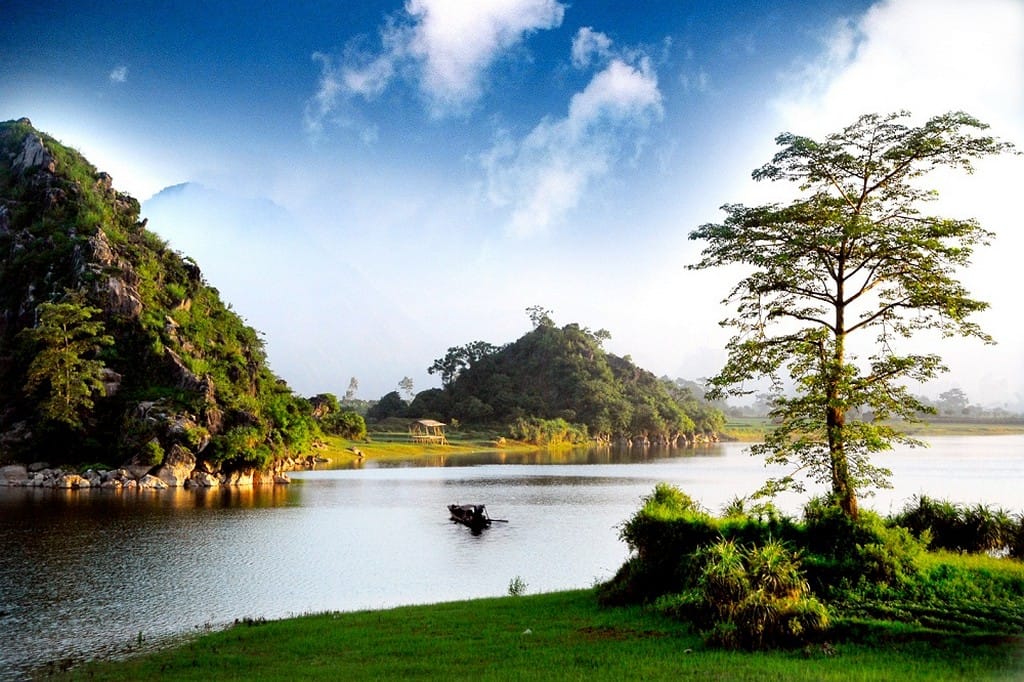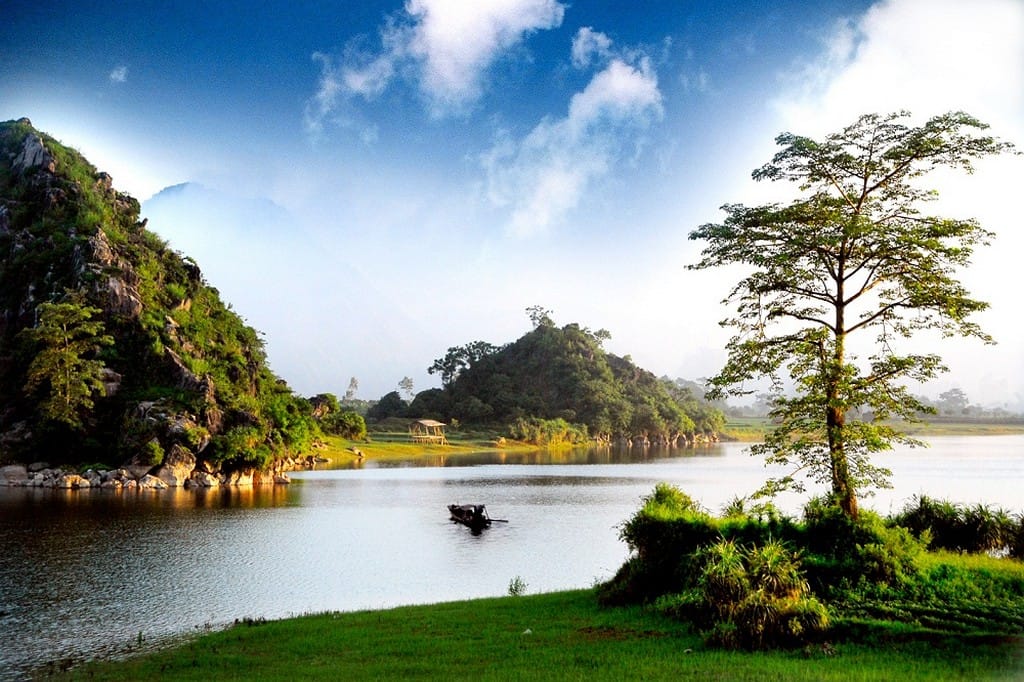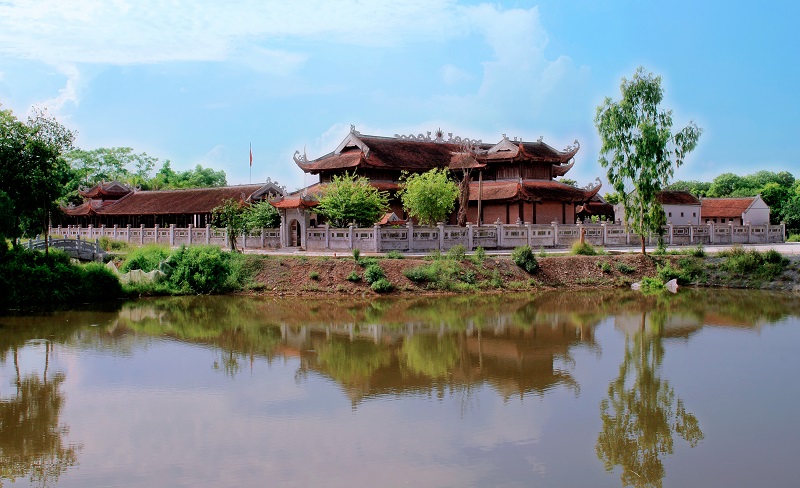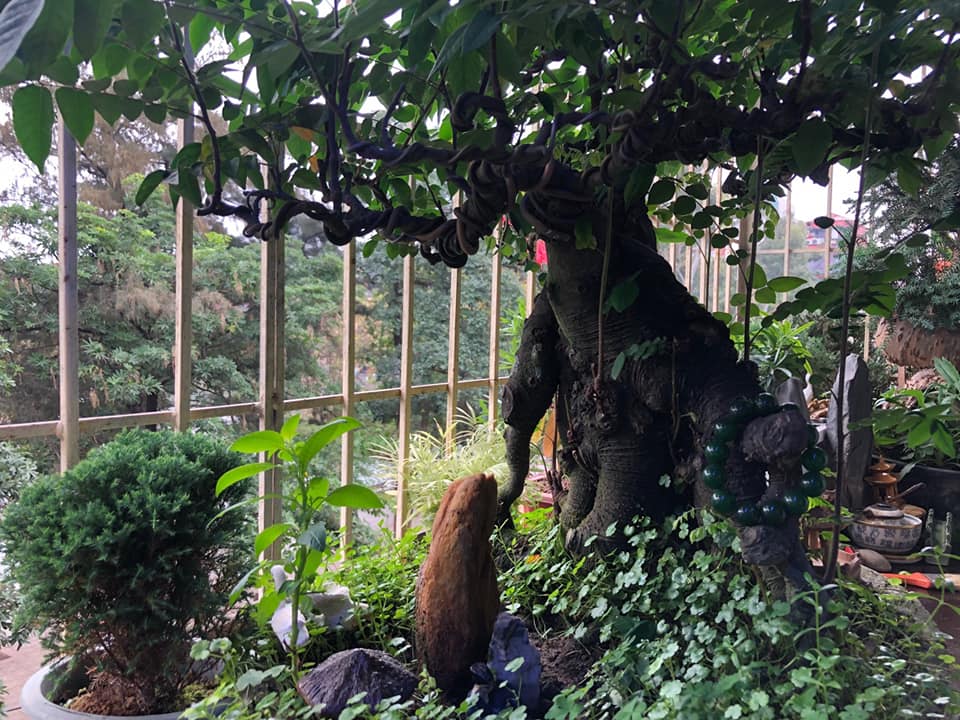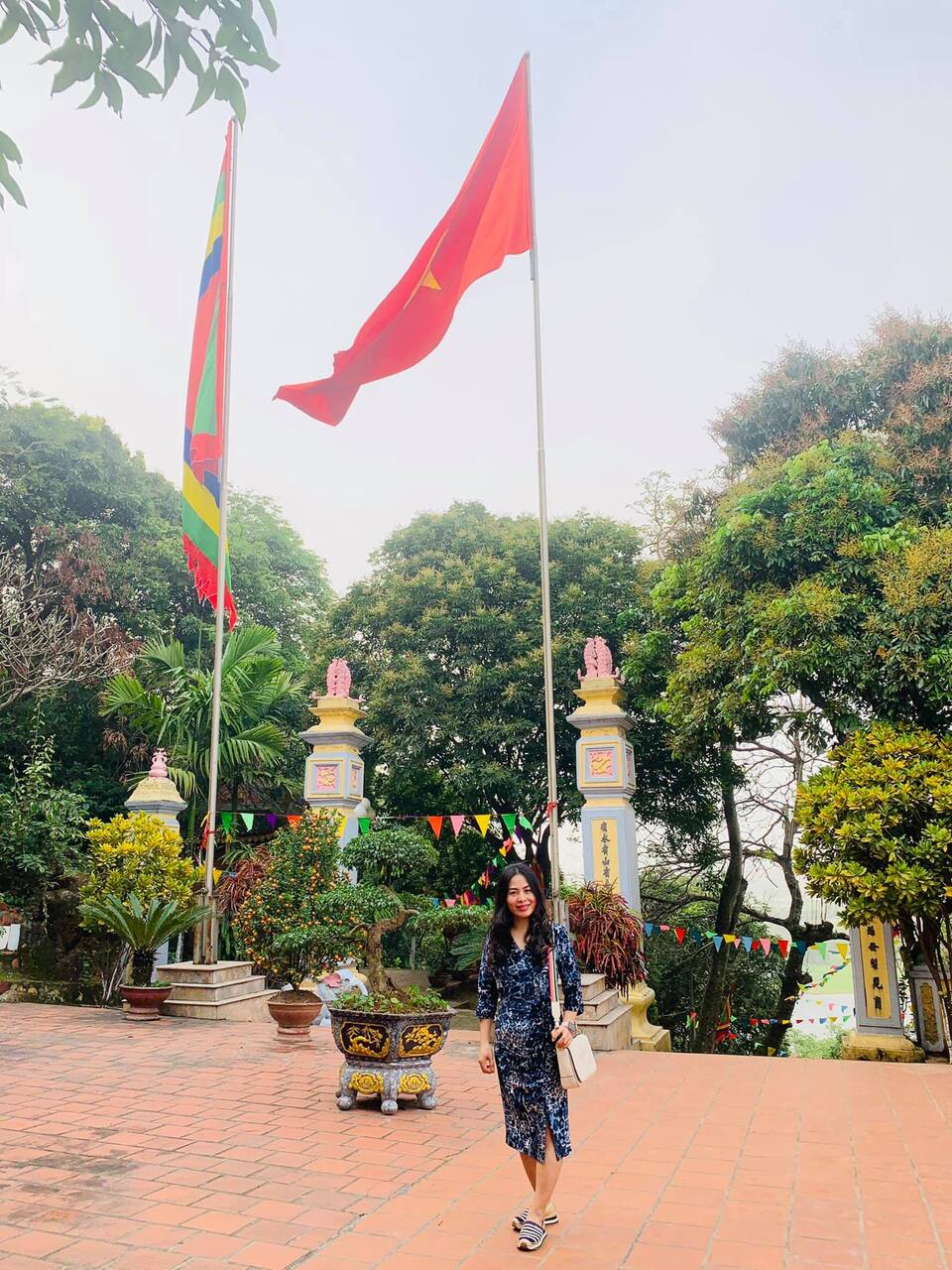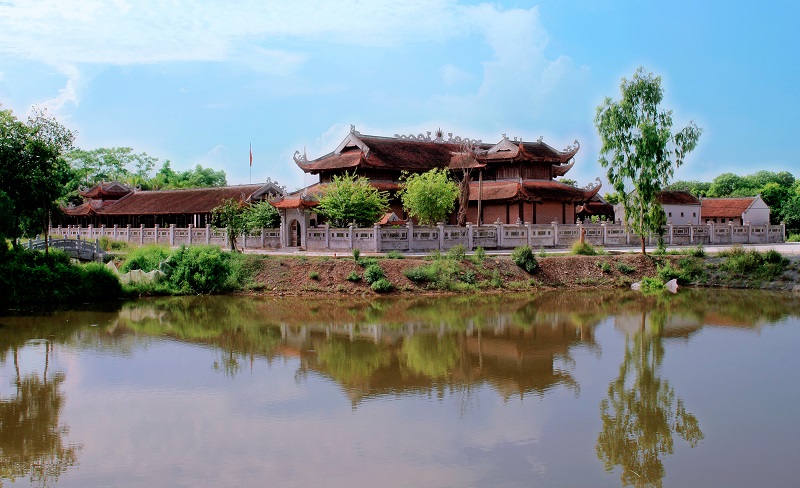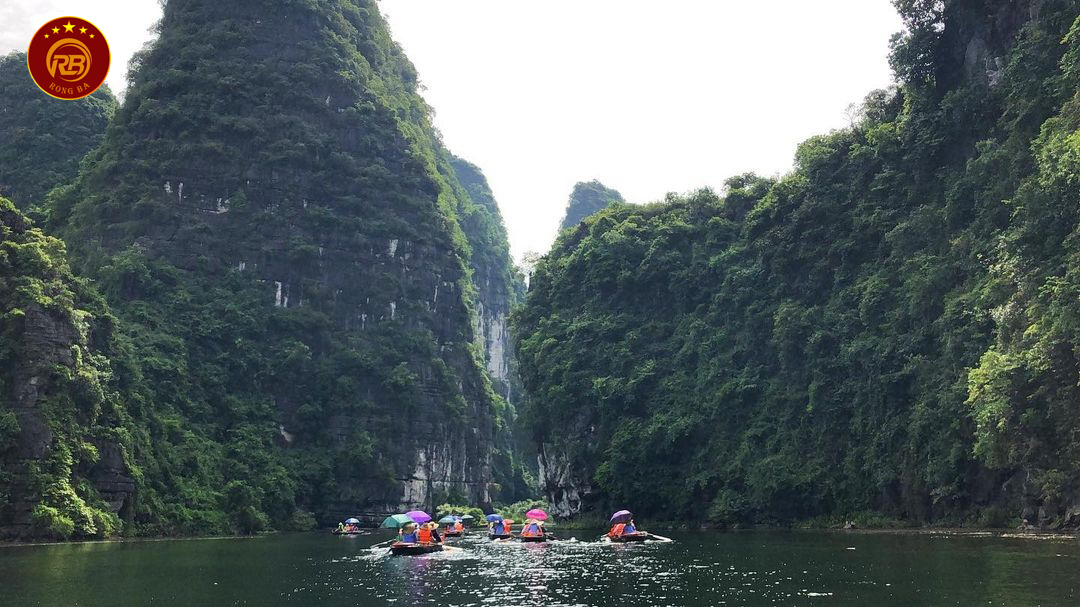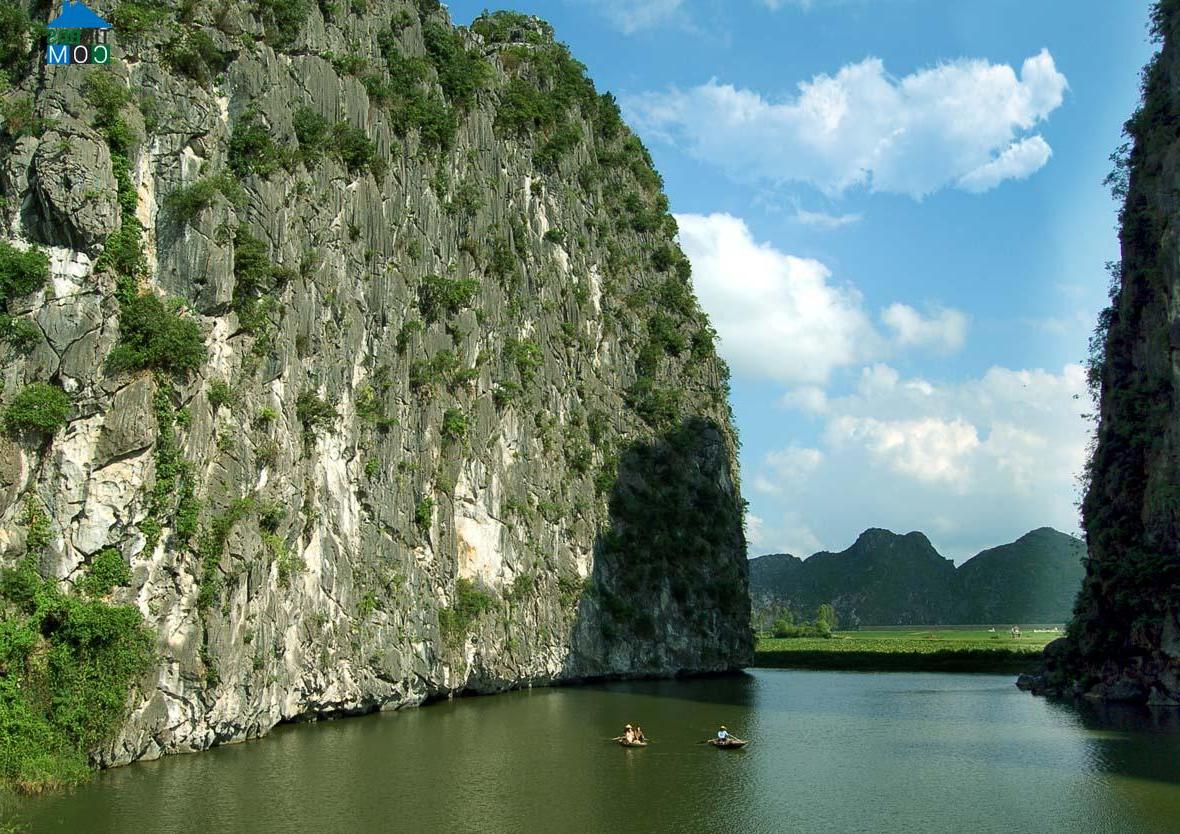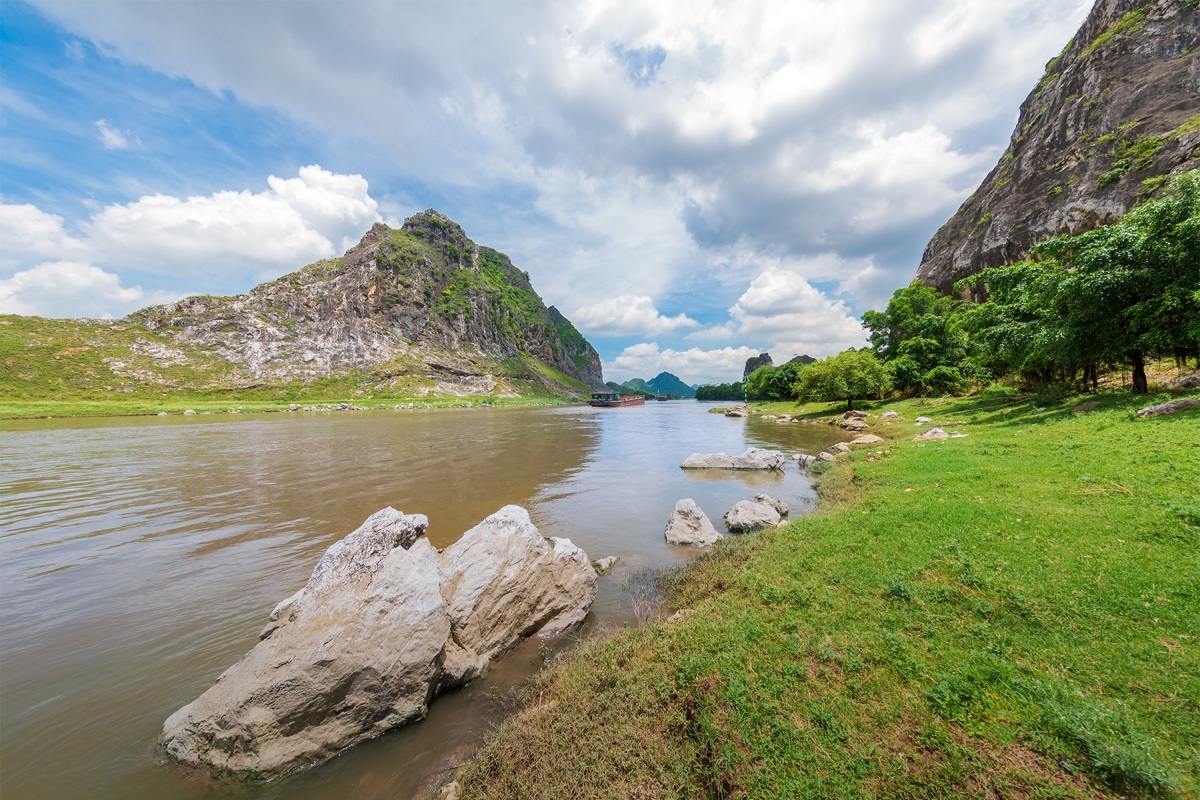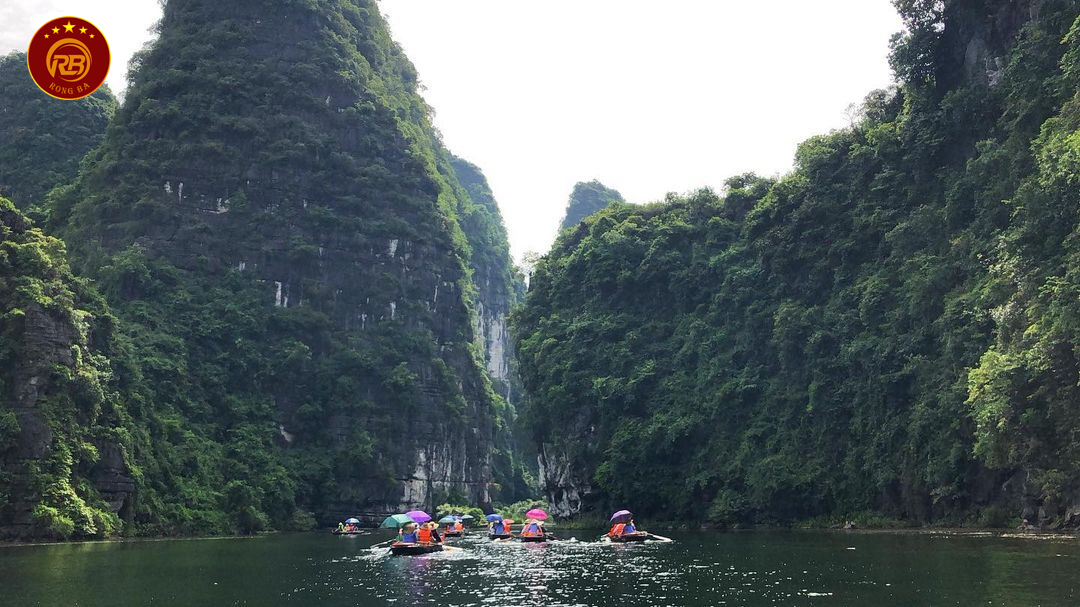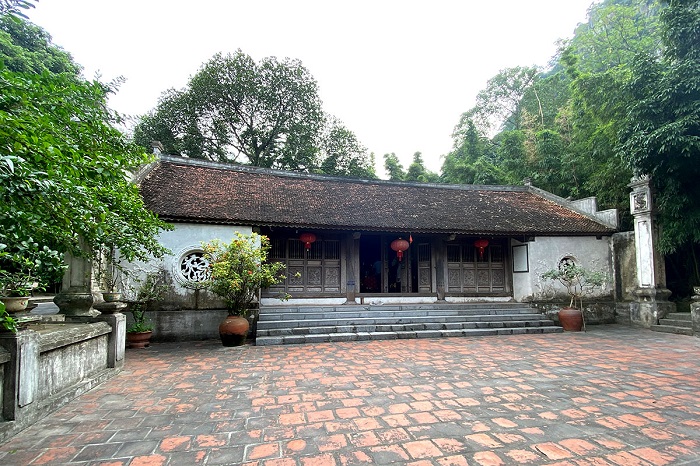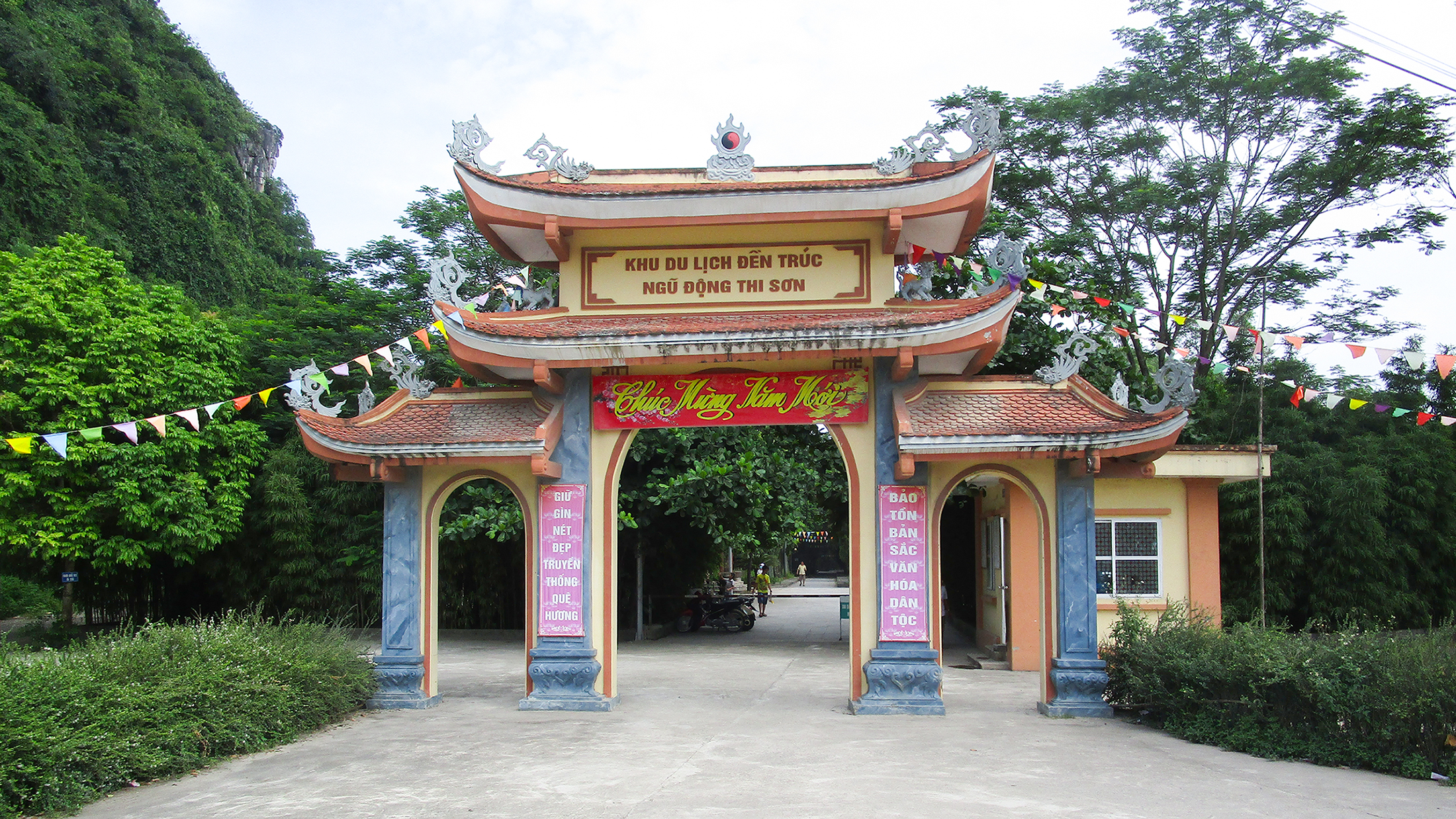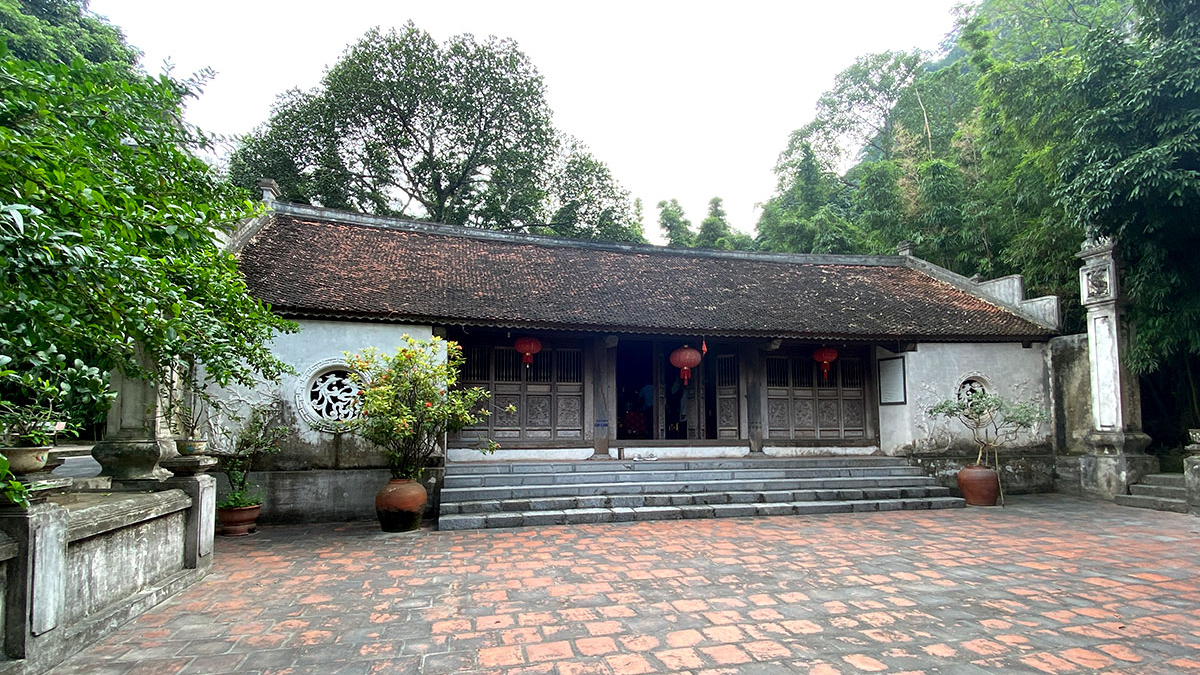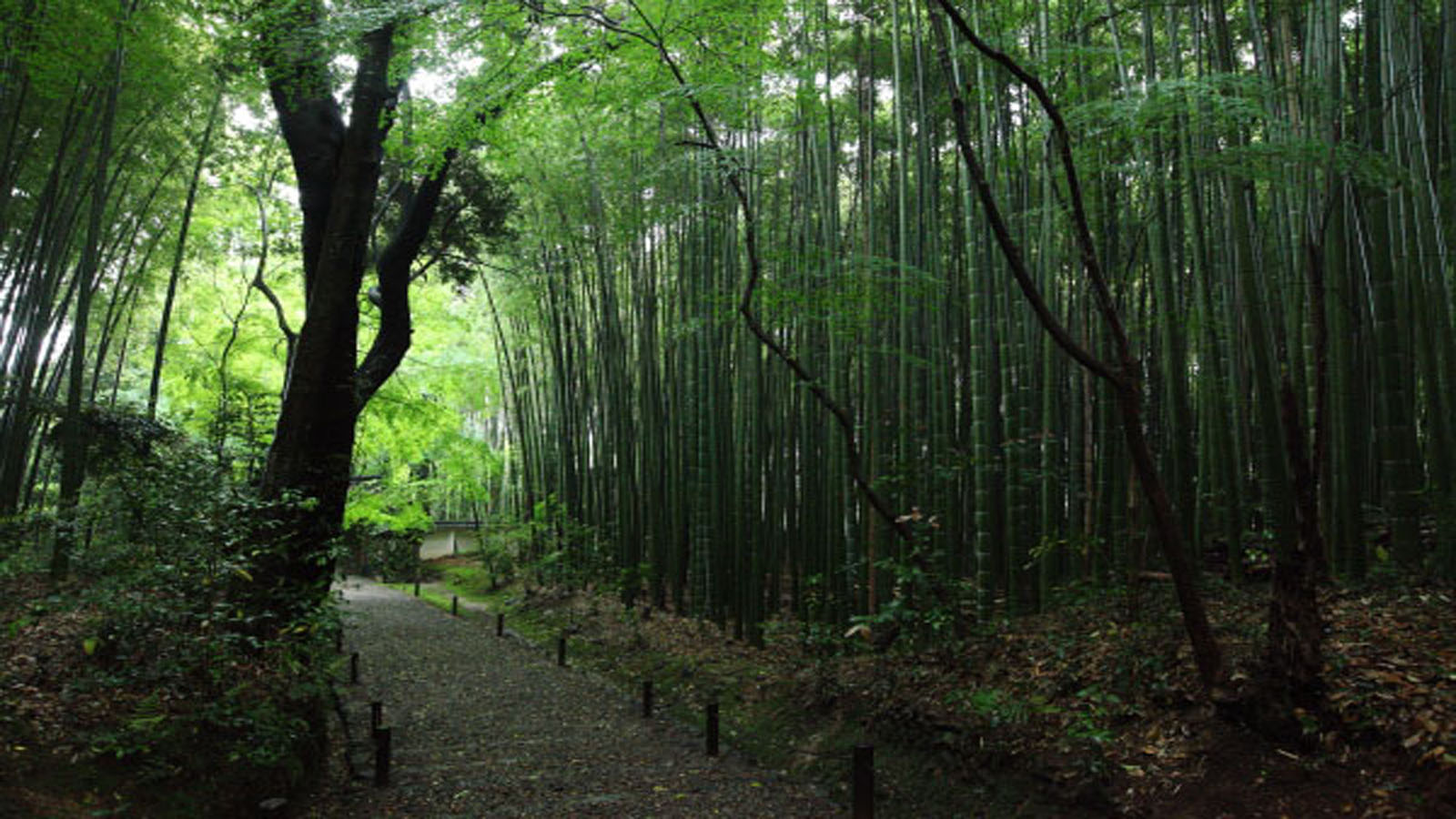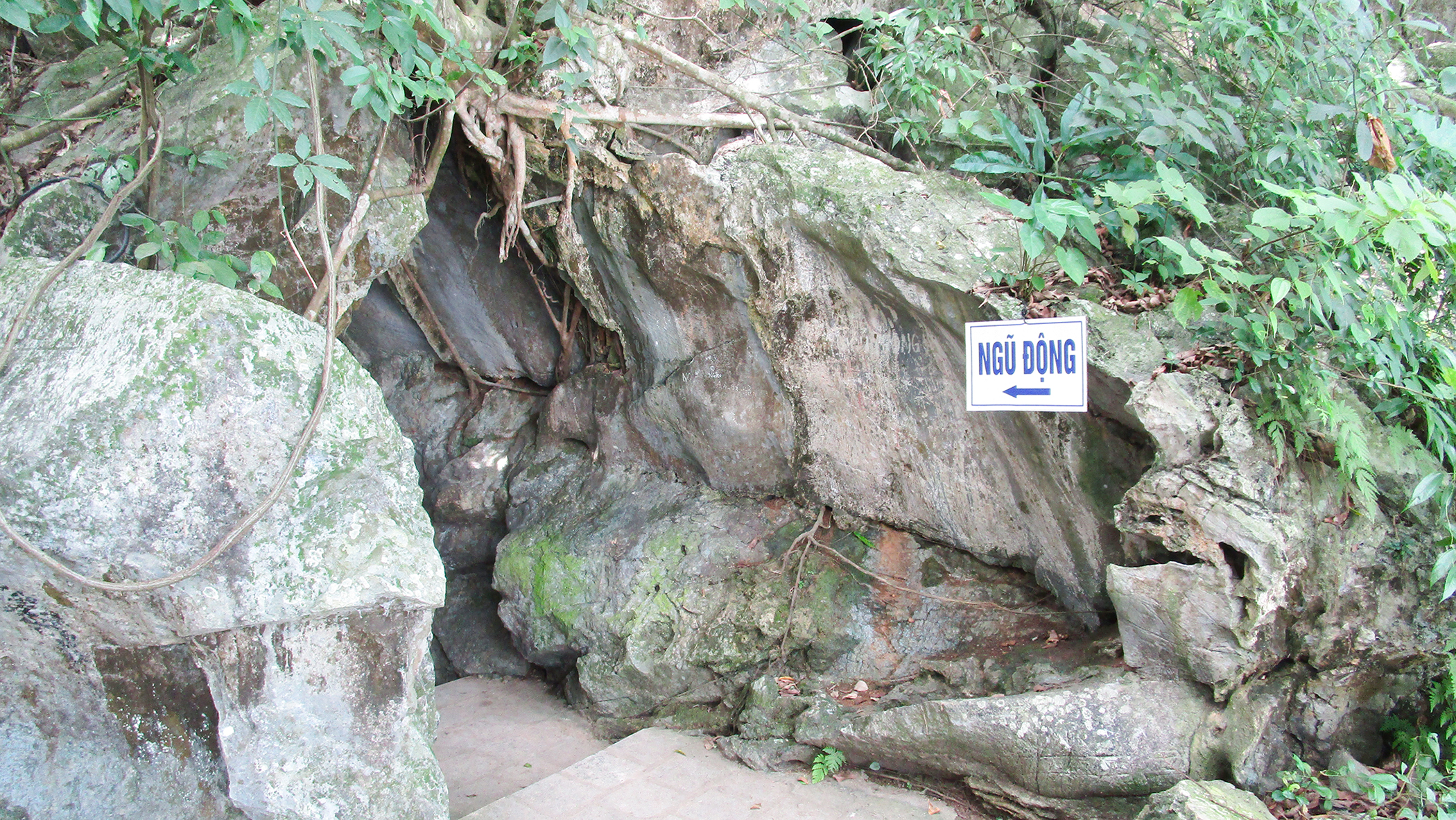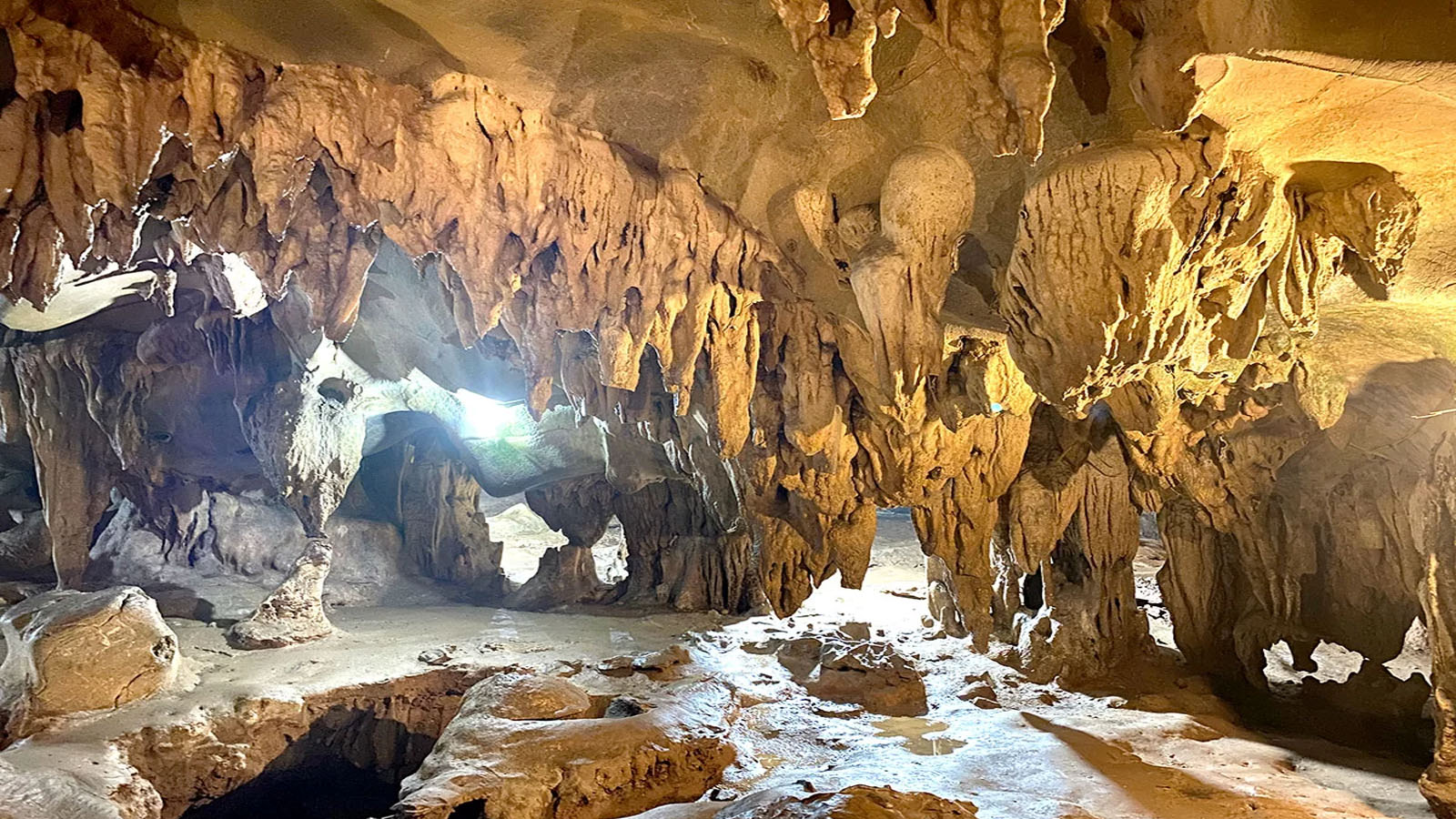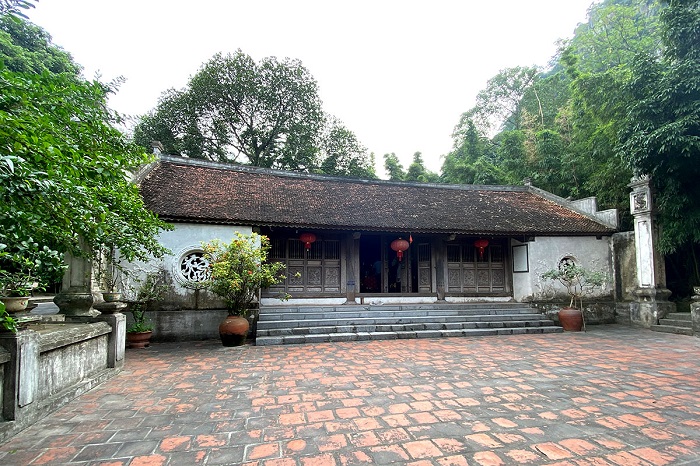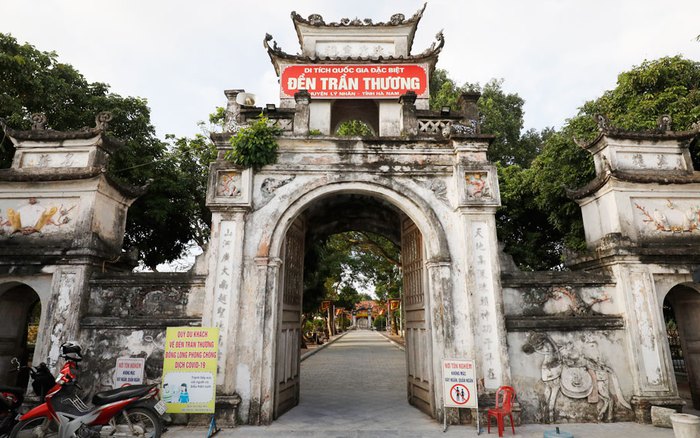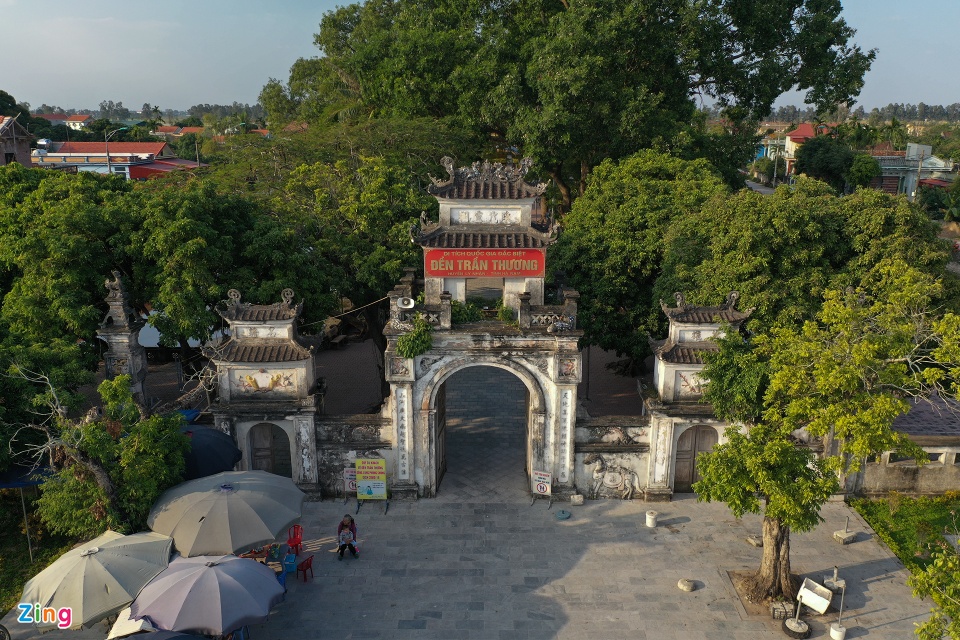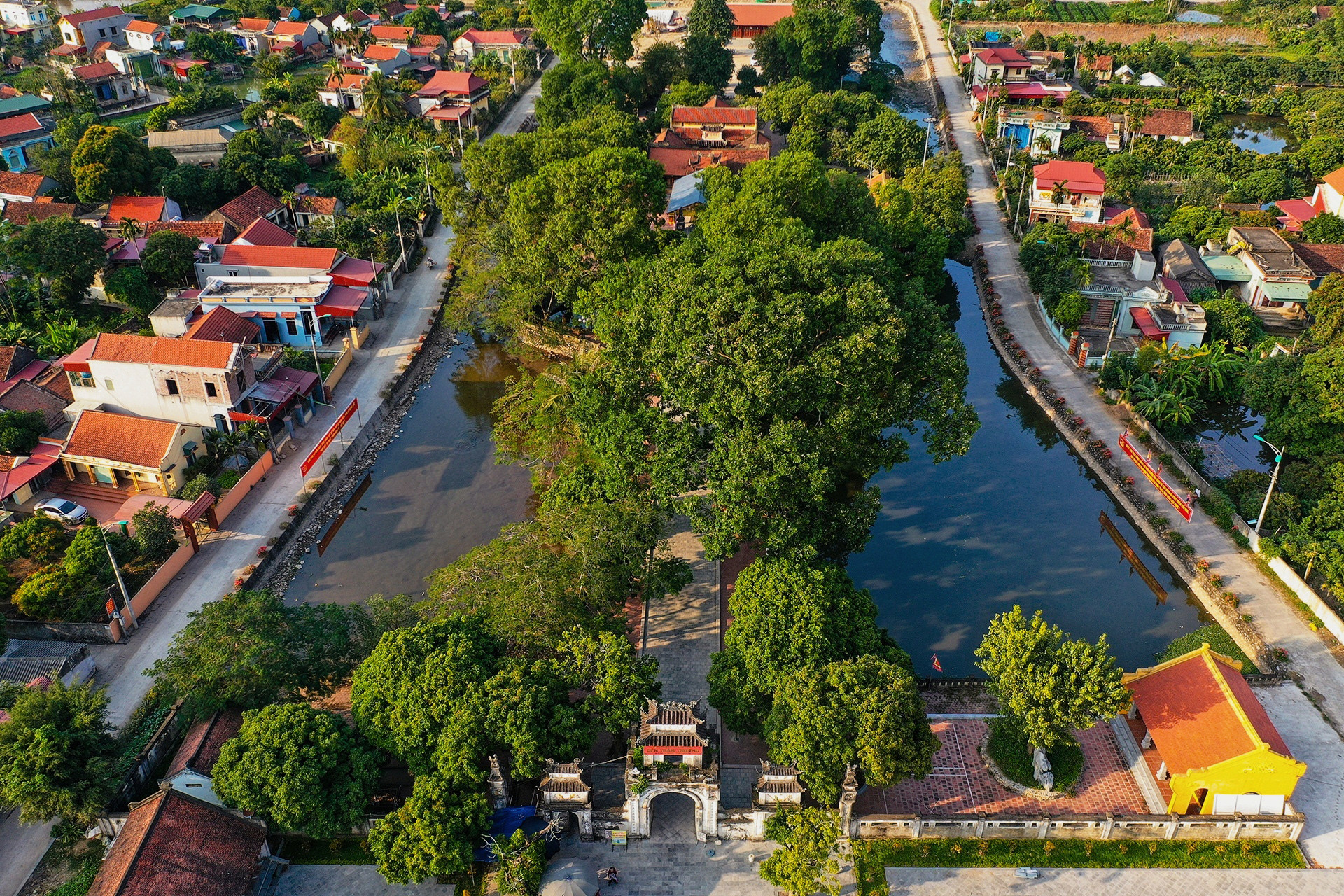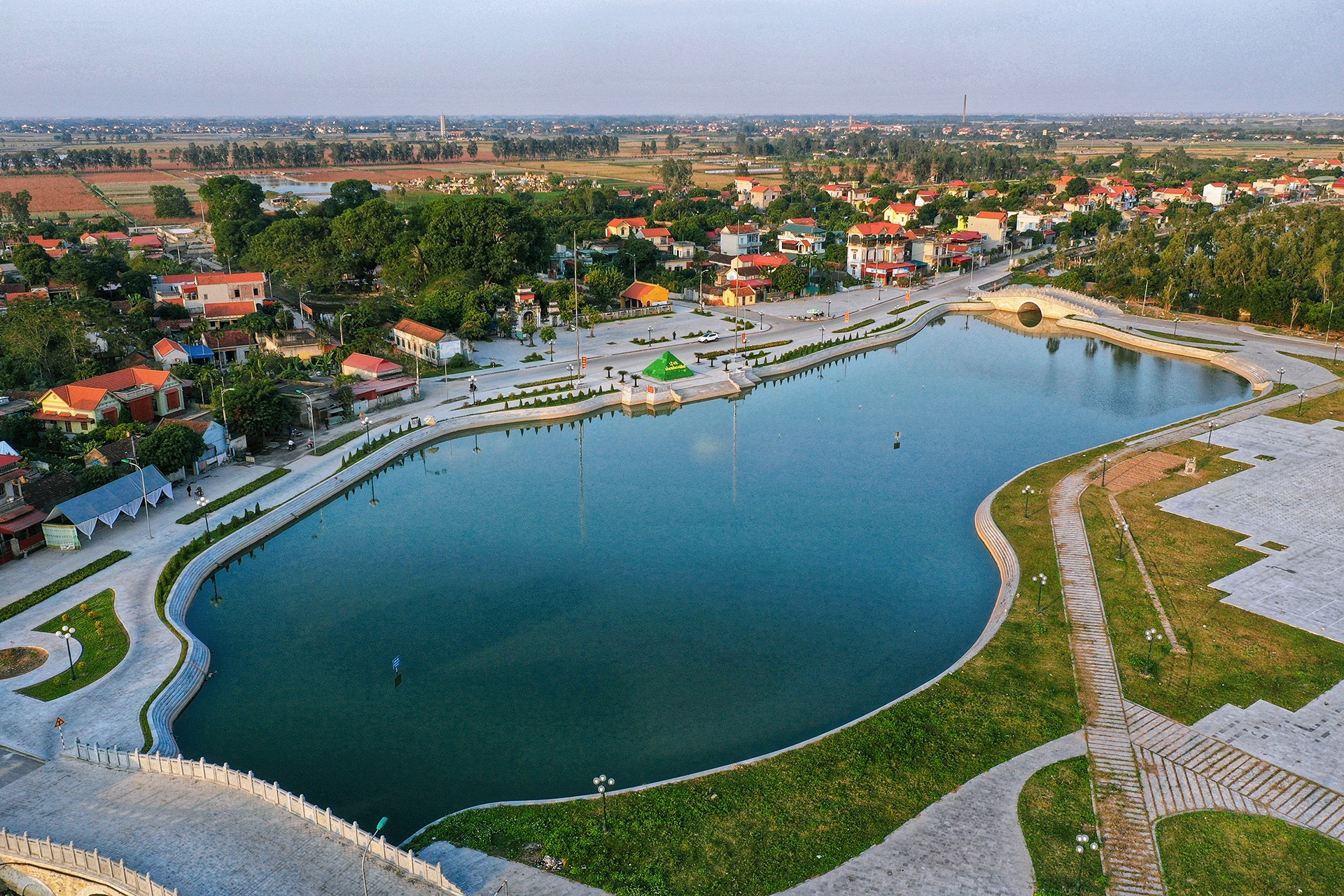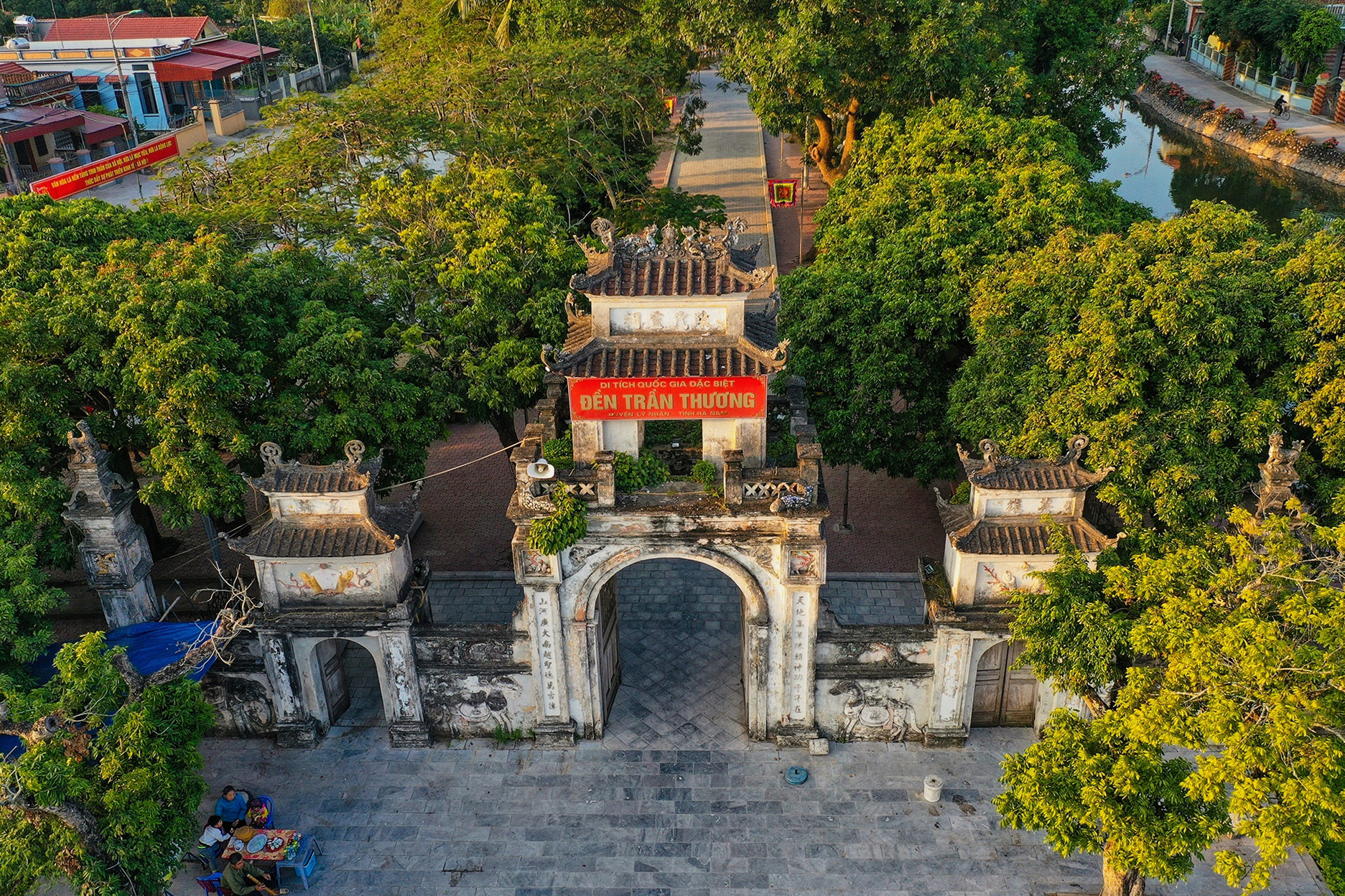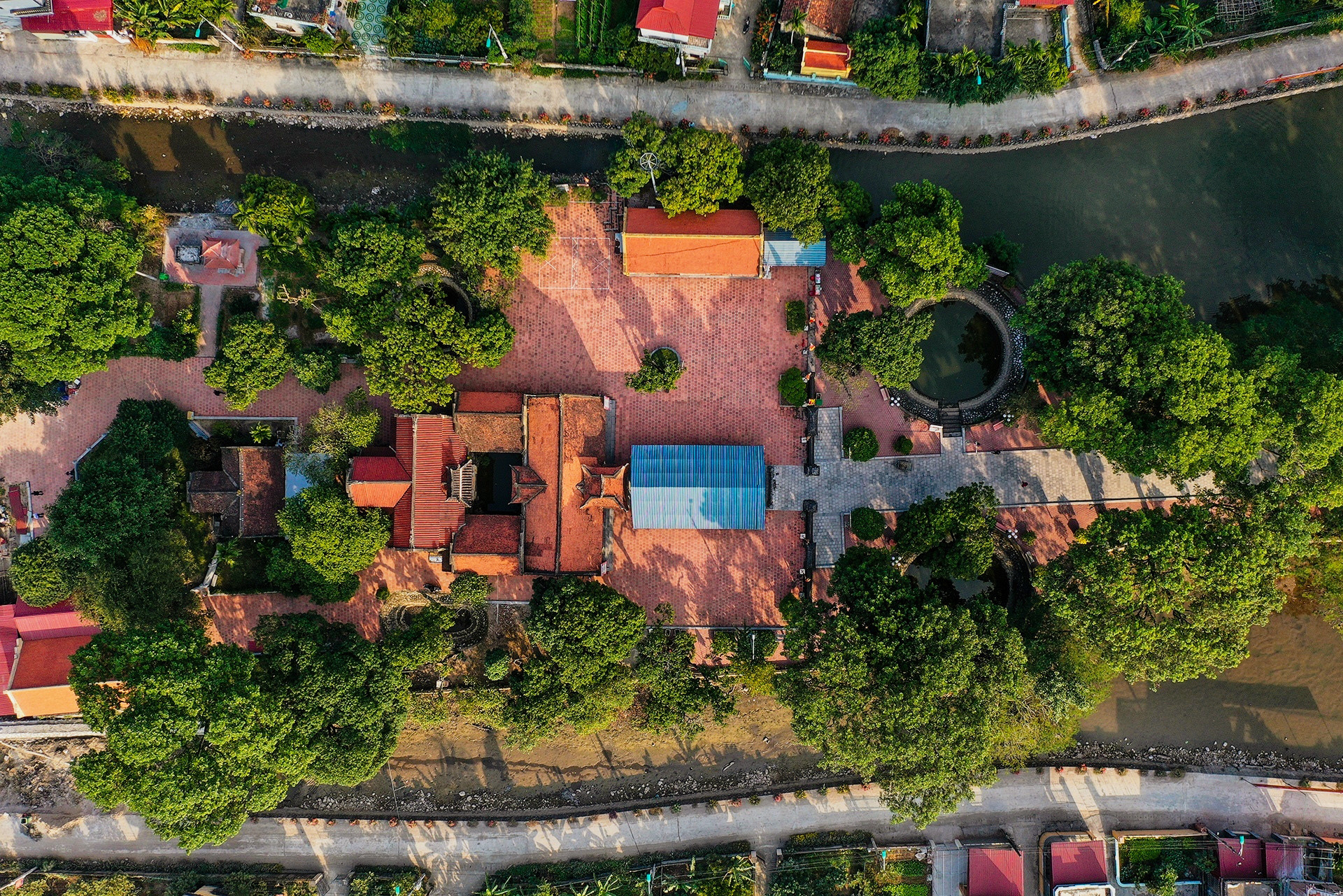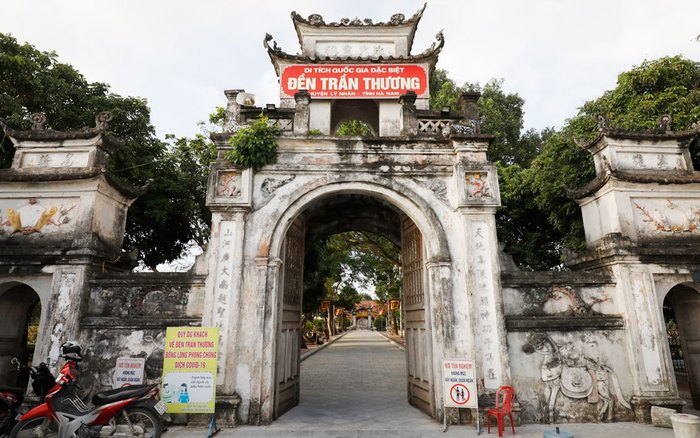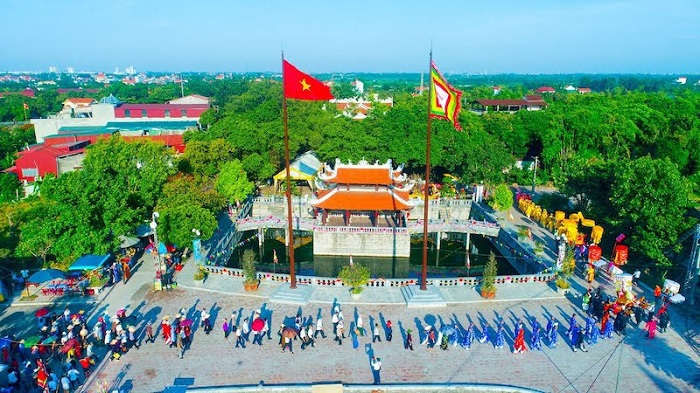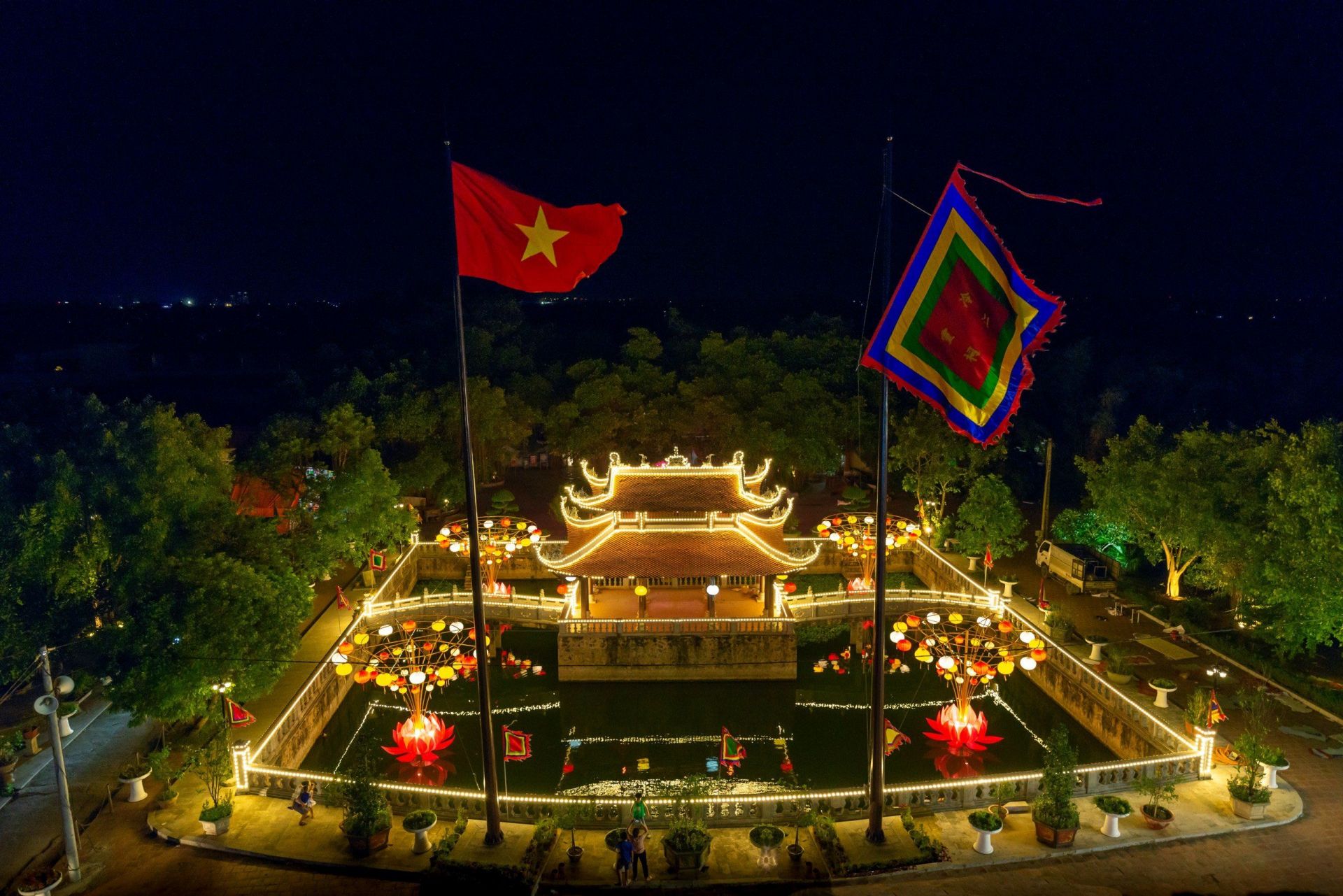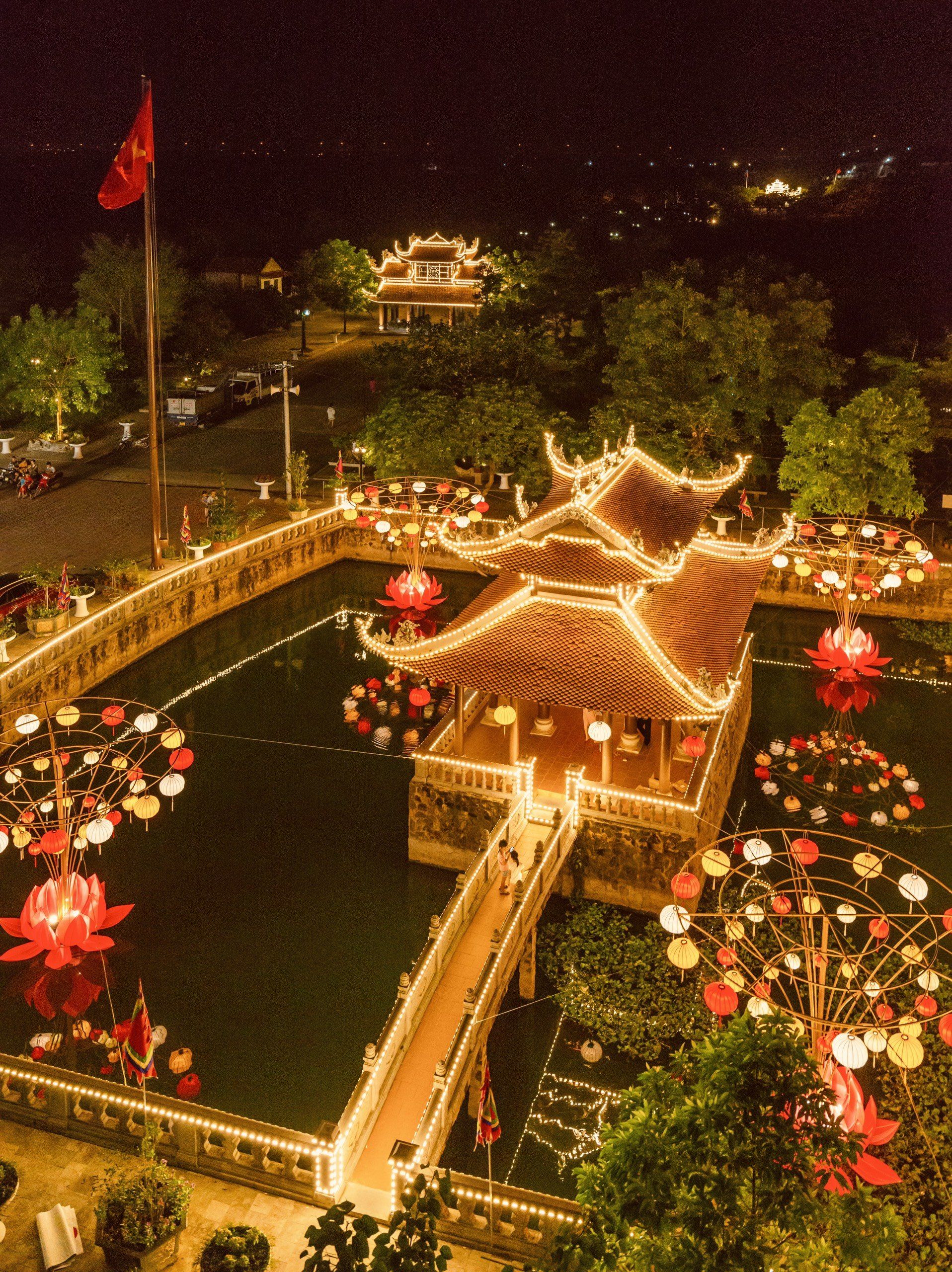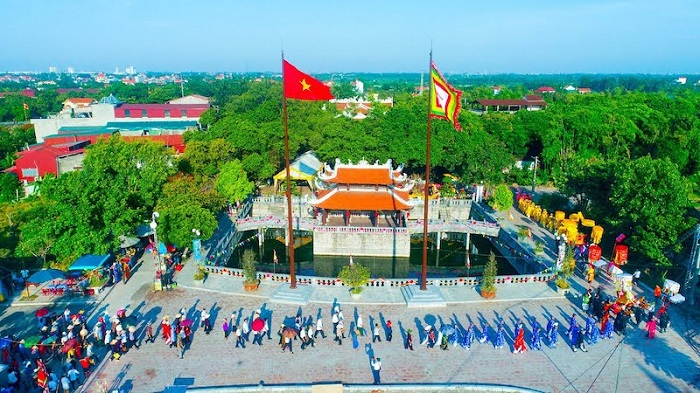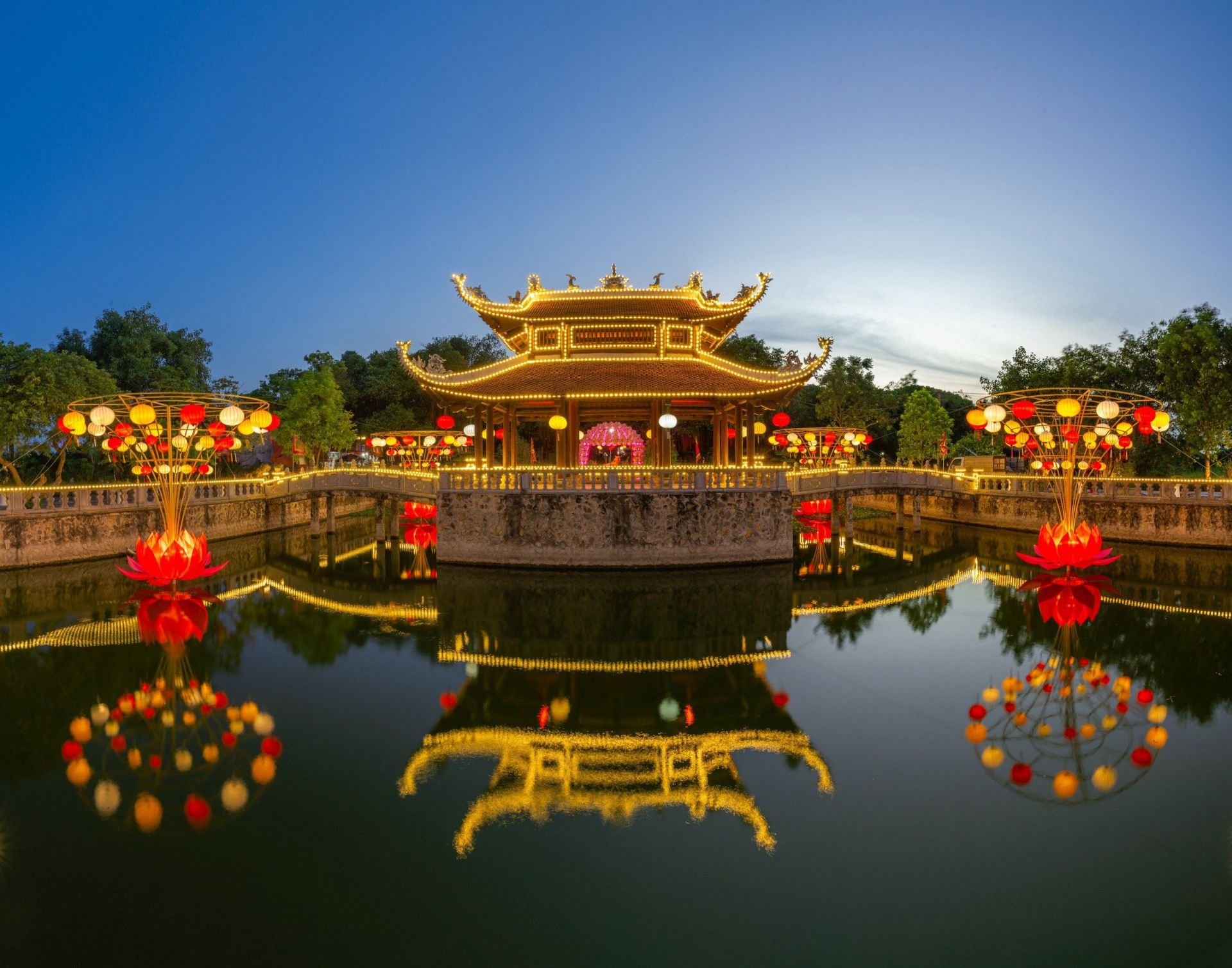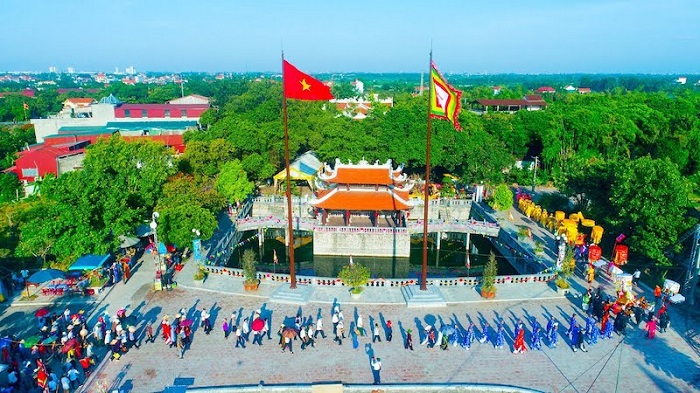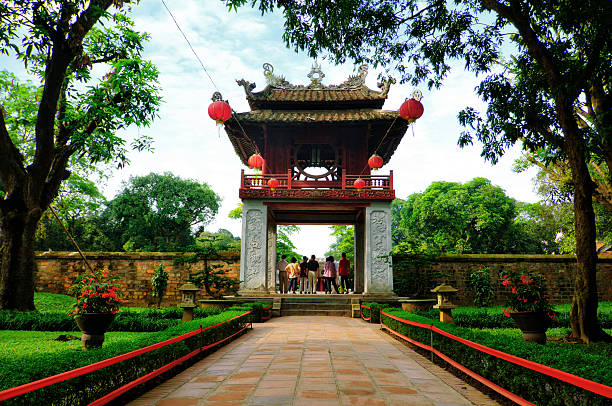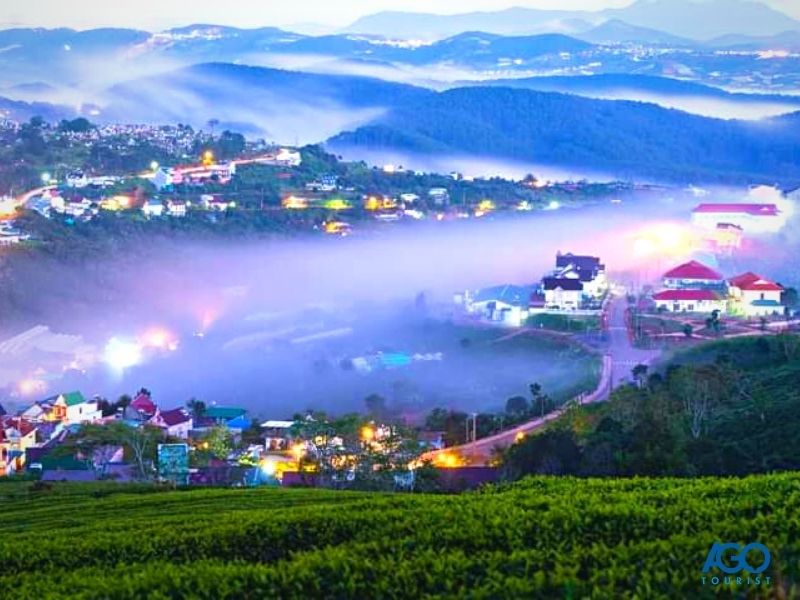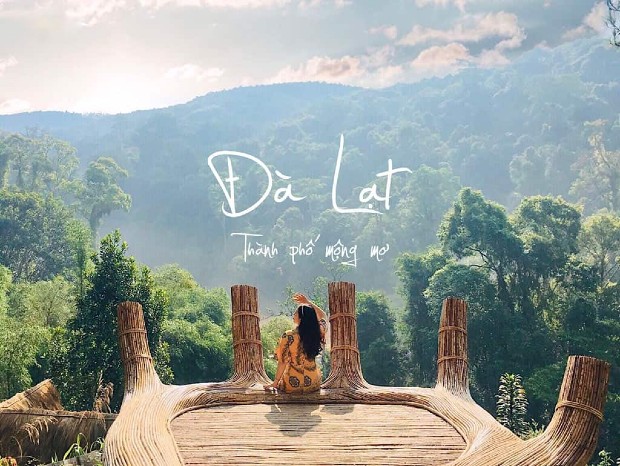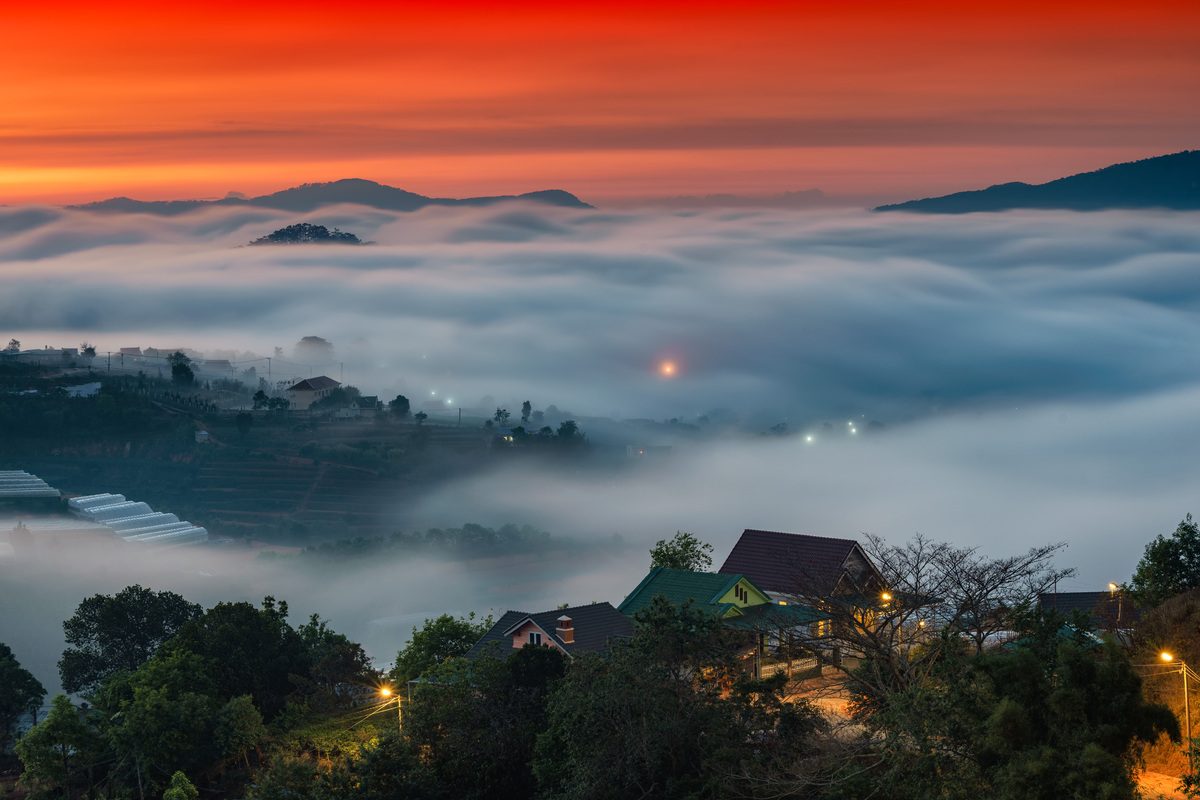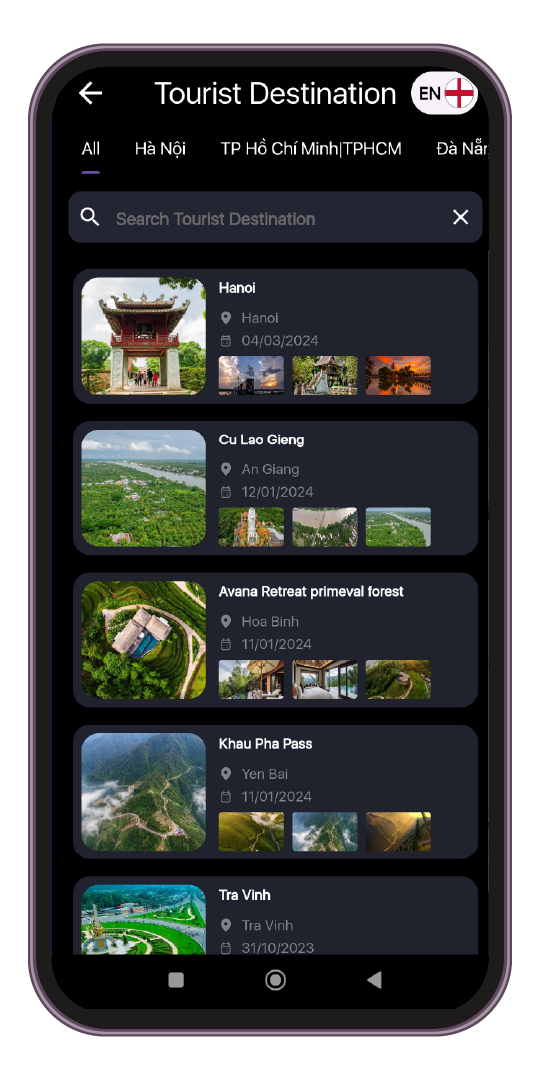No need to go far, right in Ha Nam there is a pure and beautiful temple loved by many people, which is Ksitigarbha Phi Lai Tu Pagoda. This pagoda also has other names such as Phi Lai Dia Tang Pagoda or the Nom name Dung Pagoda, with a history of more than 1000 years old. On both sides there are mountains shaped like a left dragon, a right white tiger and many ancient objects of sacred historical value, bearing the mark of the history of Vietnamese Buddhism. The pagoda's location is right on a small hill, behind a green pine forest and in Ninh Trung village. The space inside is extremely spacious and flat with a spacious entrance path. Those who come here for the first time will be somewhat surprised when the yard leading to the temple is covered with white gravel instead of red bricks like many other places. According to local people, Dung Pagoda was initially built around the 11th century with more than 100 compartments. There was a time when King Tran Nghe Tong chose this place as a hiding place and King Tu Duc also came to pray. After many years of being known as a place of worship, the pagoda's architecture gradually eroded over time, surrounding it with trees, making people forget it. In December 2015, the pagoda was received, renovated, rebuilt and renamed by Venerable Thich Minh Quang. The name of the temple refers to Ksitigarbha Bodhisattva who always comes or may never come to this place. The place that transformed into Buddha's land is the place where Ksitigarbha does not return. Ksitigarbha Phi Lai Tu Pagoda has a charming mountain-like landscape and a small lotus pond on the premises. The whole ensemble seems to be hidden in a magnificent forest. Right in front of the Ancestral Hall are 12 circles drawn on the gravel floor symbolizing 12 human causes and conditions. Right in those 12 circles, there is a sign "Kho hai (sea of suffering) because it is the sea, so please go ashore" is placed, carrying a gentle message reminding you to go on those smooth rocks, don't step on the pebbles. . Moon pebbles also have a meditative significance. That's also the reason why when walking around the yard, just looking at the pristine pebbles, people's hearts become peaceful. The image of Ksitigarbha statue exuding kindness and majesty is placed at Ksitigarbha Phi Lai Tu Pagoda with the main colors brown, yellow and white. On the campus you can also find gardens of fruits, herbs, wild vegetables... well taken care of by the people and monks. At the foot of the mountain, Dia Tang Phi Lai Tu Pagoda also built a mushroom growing house of about 20 square meters to provide clean food when cooking vegetarian hot pot or making vegetarian shrimp paste. For those of you who enjoy reading books, especially books that nourish the soul, Ksitigarbha Phi Lai Tu Pagoda is a paradise on earth with the number of books covering the walls. In addition, when you need to breathe fresh air, you can also admire the orchid pots located behind the Ancestral Church or go to the Zen garden to enjoy tea, lie in a hammock, or sit on a stone bench to watch the pagoda from above. Visiting here at the beginning of the year, you will see the image of Ksitigarbha Phi Lai Tu Pagoda decorated with many bright fresh flowers to celebrate the traditional New Year. In addition, from September to October of the lunar calendar, the pagoda will also recreate the countryside market scene with many familiar items to impress visitors. June - July is the time when Ksitigarbha Phi Lai Tu Pagoda organizes summer retreats that many Buddhist families love to enroll in. More specifically, on the 30th day of the 7th lunar month, the pagoda will hold the Vu Lan ceremony, the extremely solemn ceremony of Ksitigarbha Bodhisattva. Another ideal time to visit is the Mid-Autumn Festival on the 15th of the 8th lunar month when we can enjoy the full moon and enjoy the open space around.
Ha Nam 1812 view From January to December
Ngày cập nhật : 11/03/2023


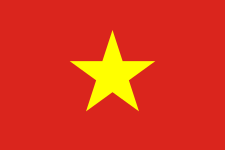 vn
vn en
en ja
ja ko
ko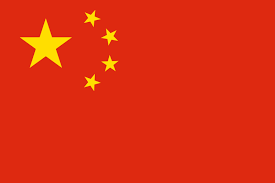 zh
zh


















